
25 April 2025
Stay in Akihabara, the holy land of subcultures in Japan, and meet Sorakara-chan and pandas on this tour of Tokyo’s historic downtown areas!
Akihabara is a vibrant area that has given birth to a variety of cultures. JR-East Hotel Mets Premier Akihabara is located in the heart of this bustling neighborhood, just a stone's throw from legendary maid cafés and Akihabara Radio Kaikan. On this trip, we will visit major sightseeing spots in Tokyo, including Oshiage, Ueno, and Asakusa, as we aim to experience and fully enjoy the charming atmosphere of Tokyo’s historic downtown areas.
Table of Contents
Tokyo Skytree
Enjoy the spectacular view of the sky above and the city below, both of which changes from one moment to the next
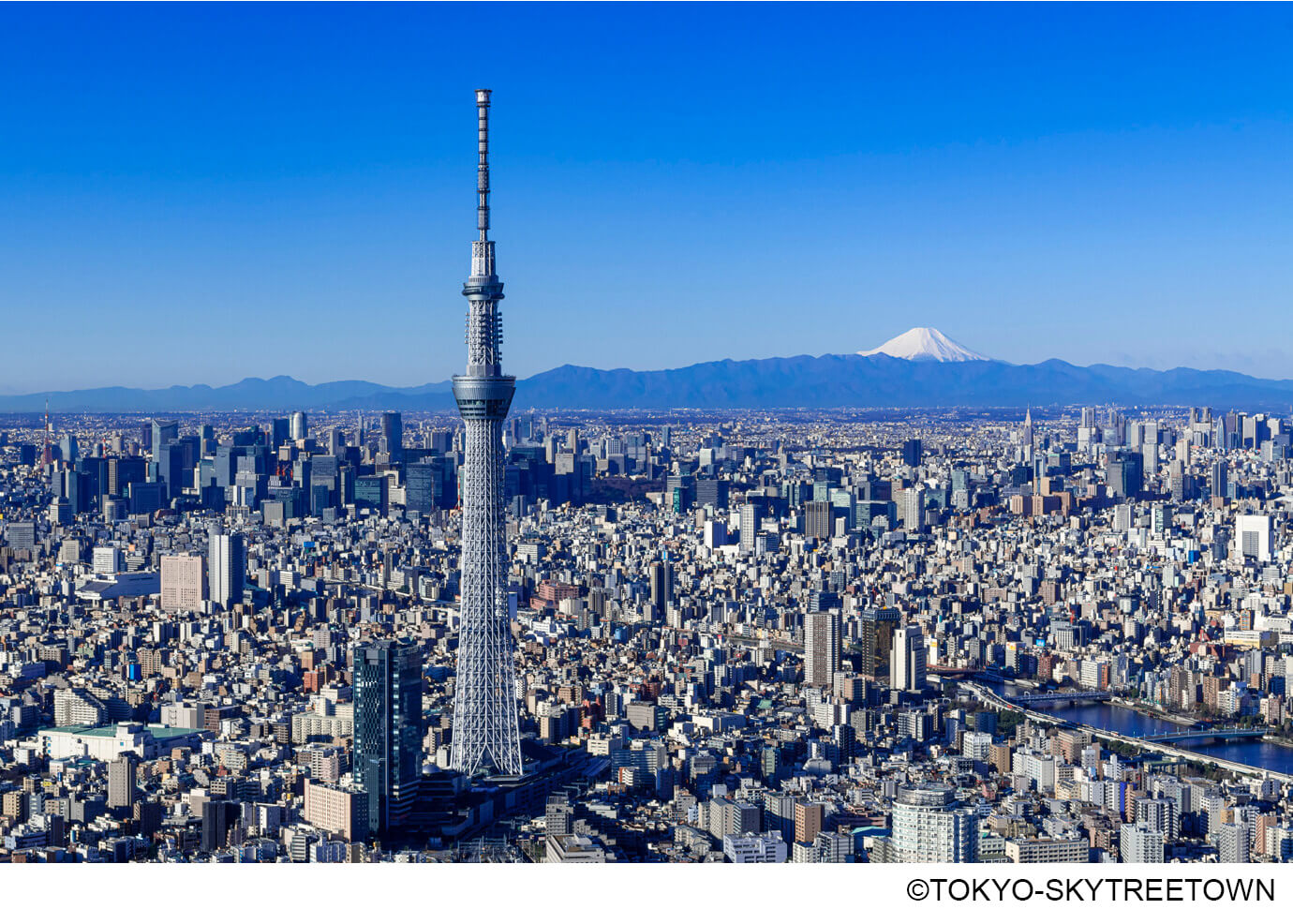
Our trip begins at the Tokyo Skytree, which towers over Oshiage in Sumida-ku, Tokyo. At 634 meters high, it is the tallest tower in the world. Tokyo Skytree features a silhouette with elements of traditional Japanese beauty; the tower has concave and convex forms seen in traditional Japanese architecture.
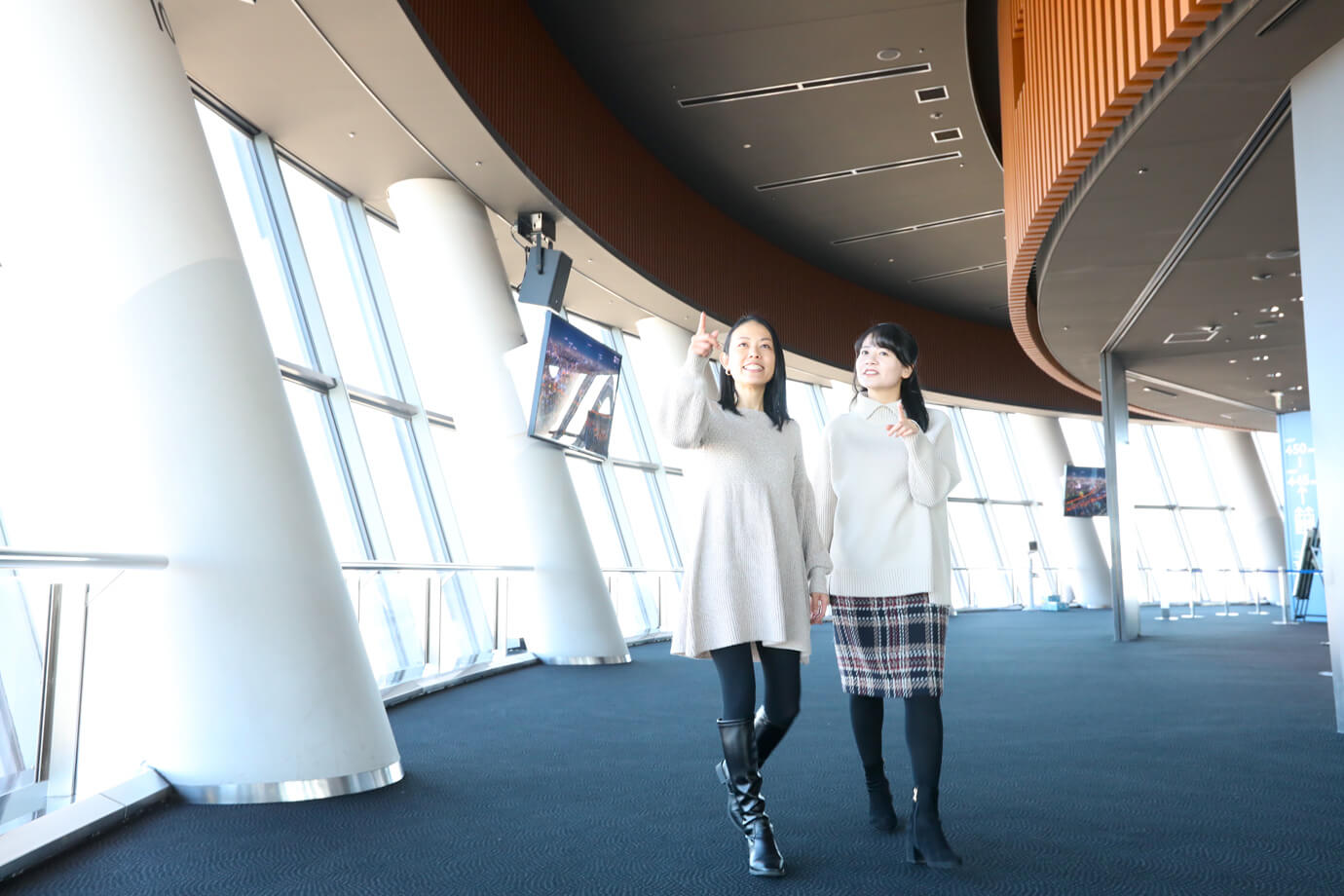
Tokyo Skytree has two observation decks: the Tembo Deck, 350 meters high, and the Tembo Galleria, 450 meters high. It takes just 50 seconds on the elevator from the 4F entrance floor to reach the Tembo Deck! We arrive at the Tembo Deck, 350 meters high, at a speed of 600 meters per minute.
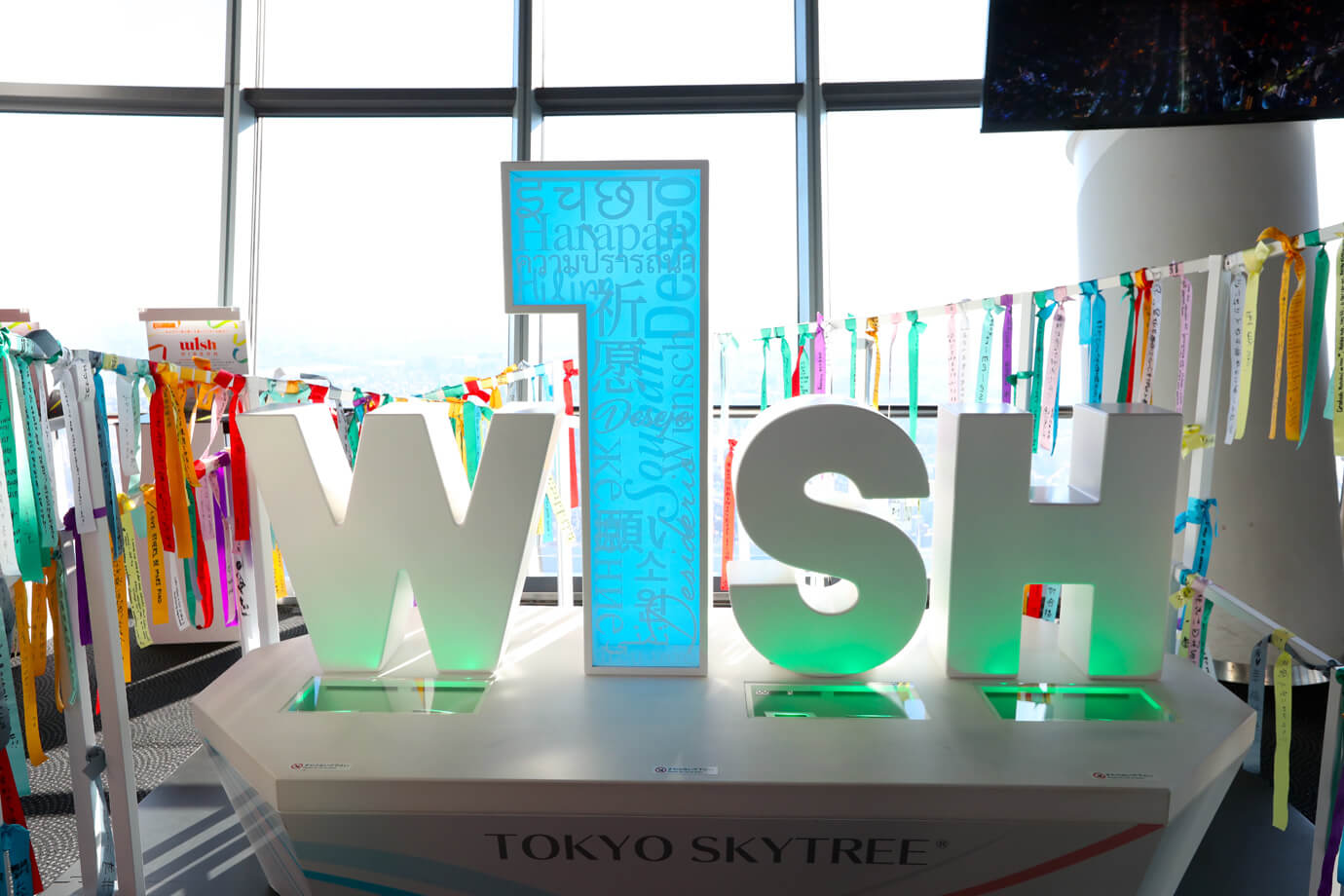
W1SH RIBBON, located in one section of the floor, is a spot for making wishes. The spelling of “W1SH” reflects TOKYO SKYTREE being ranked No. 1 in the world for its height. Make your most fervent wish or what you dream about achieving together.
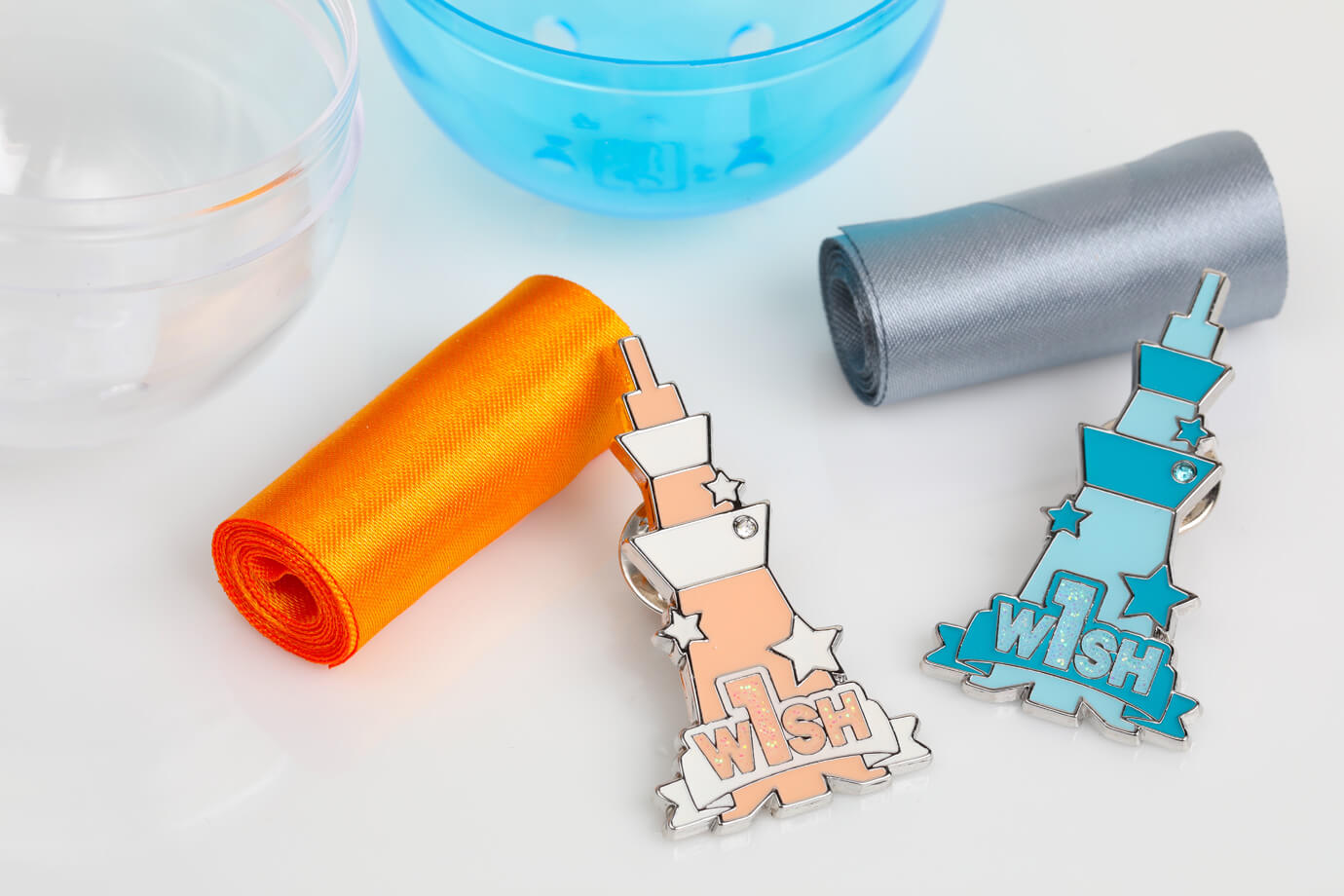
When you draw a capsule toy (500 yen), you will win a ribbon and lapel pin of a random color (10 colors total). The small tower-shaped lapel pins are a great way to commemorate your visit to the tower.
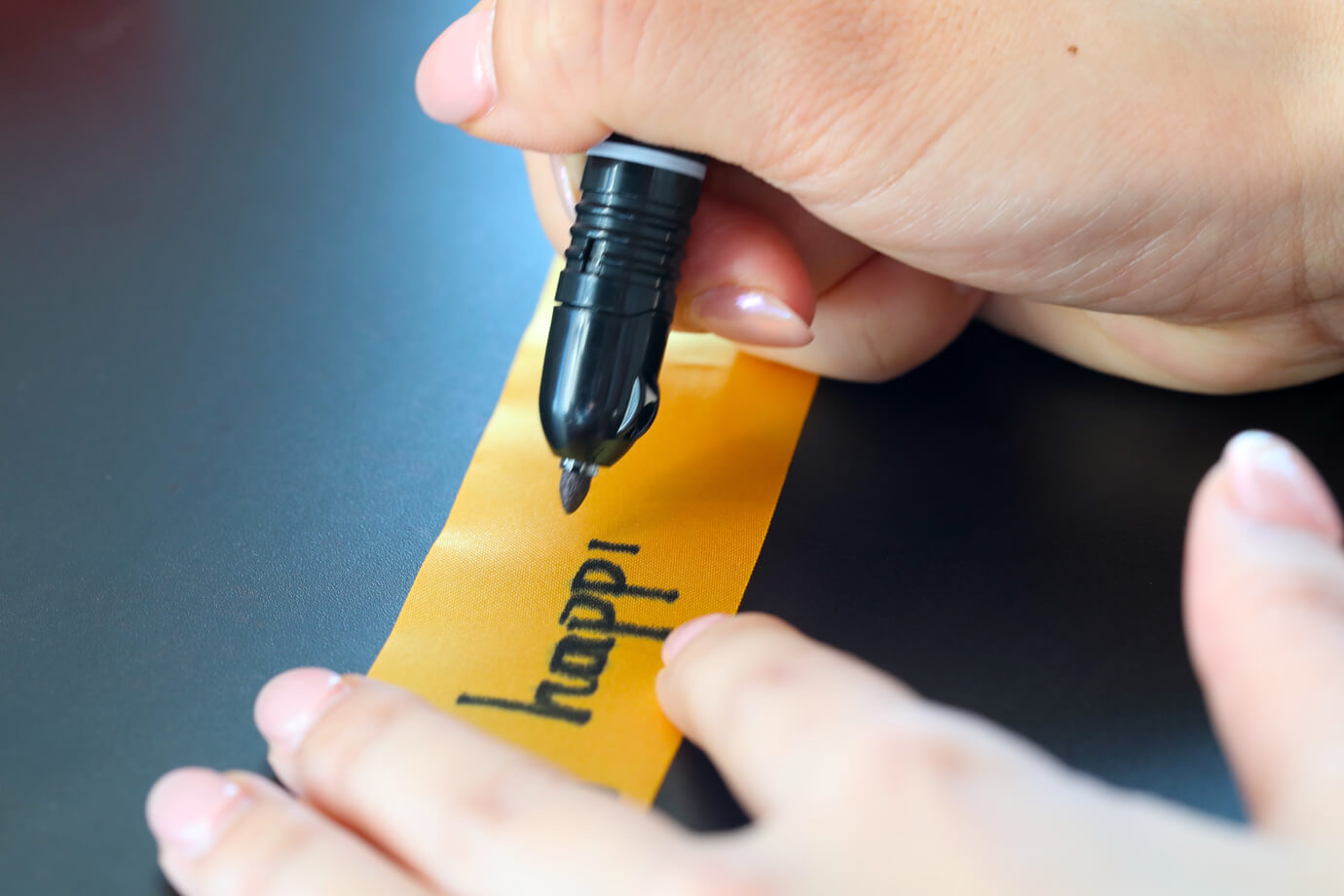
We write out our number one wish in pen on the orange ribbon.
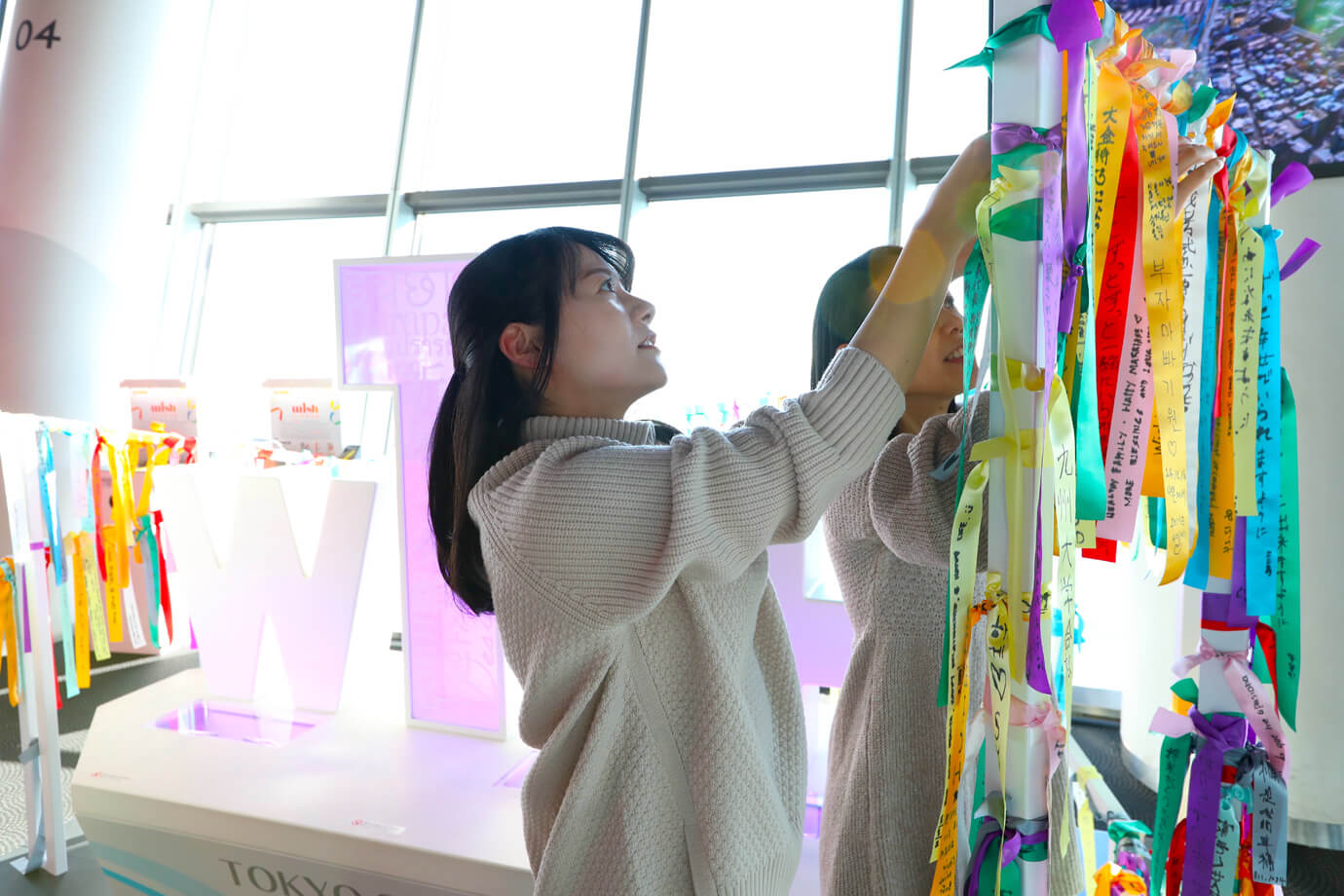
The Tokyo Skytree is also known as one of the best power spots, and just being in this space seems to fill us with power. Tie the ribbon tightly to make your wish.
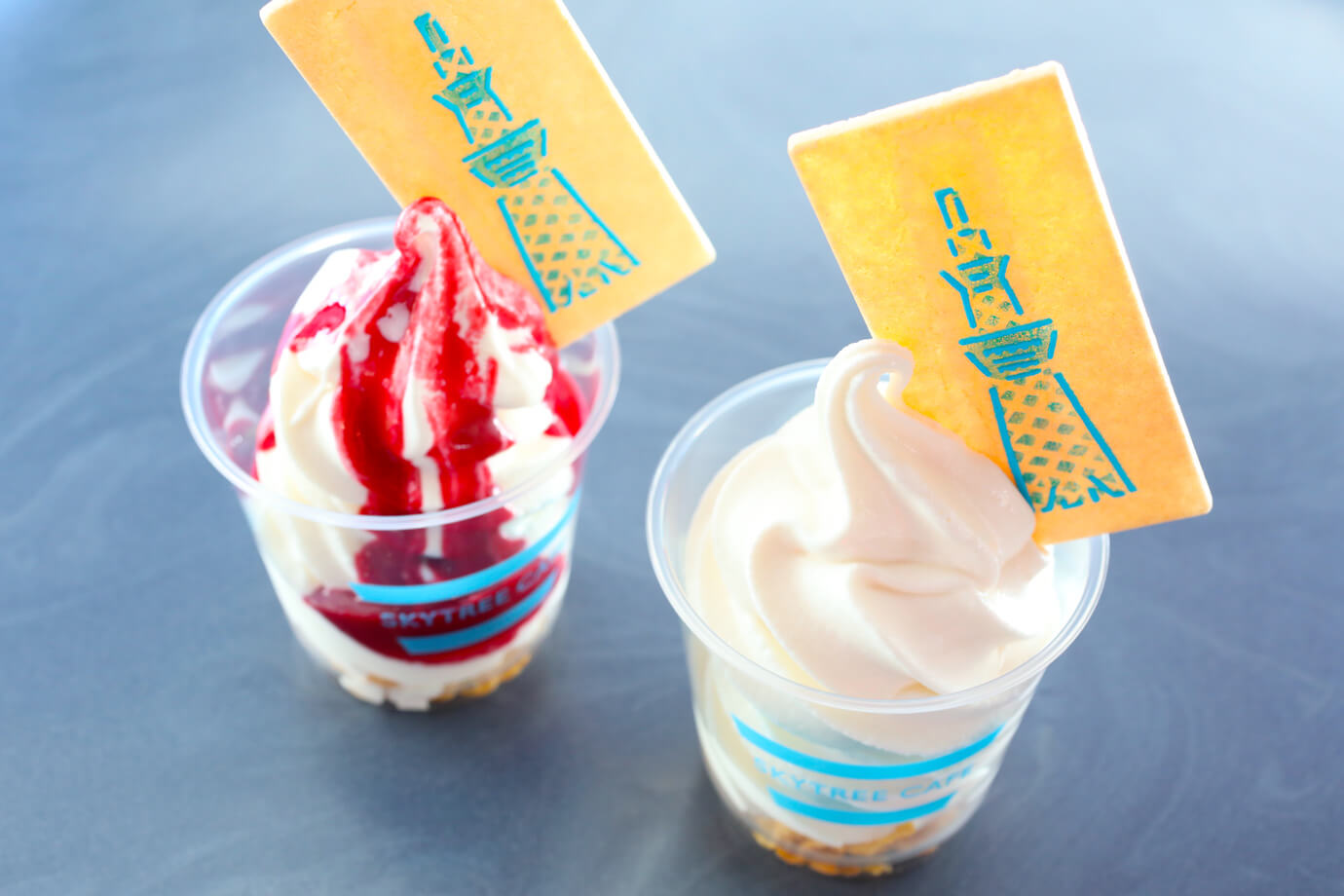
Take a break at the SKYTREE CAFE on the Tembo Deck. The most popular item is the Sky Soft, made with raw milk from Hokkaido and served with a monaka wafer for 600 yen. It can also be topped with raspberry sauce or chocolate sauce for an additional 100 yen.
Walk along the Tembo Galleria corridor above the clouds to reach the highest point!
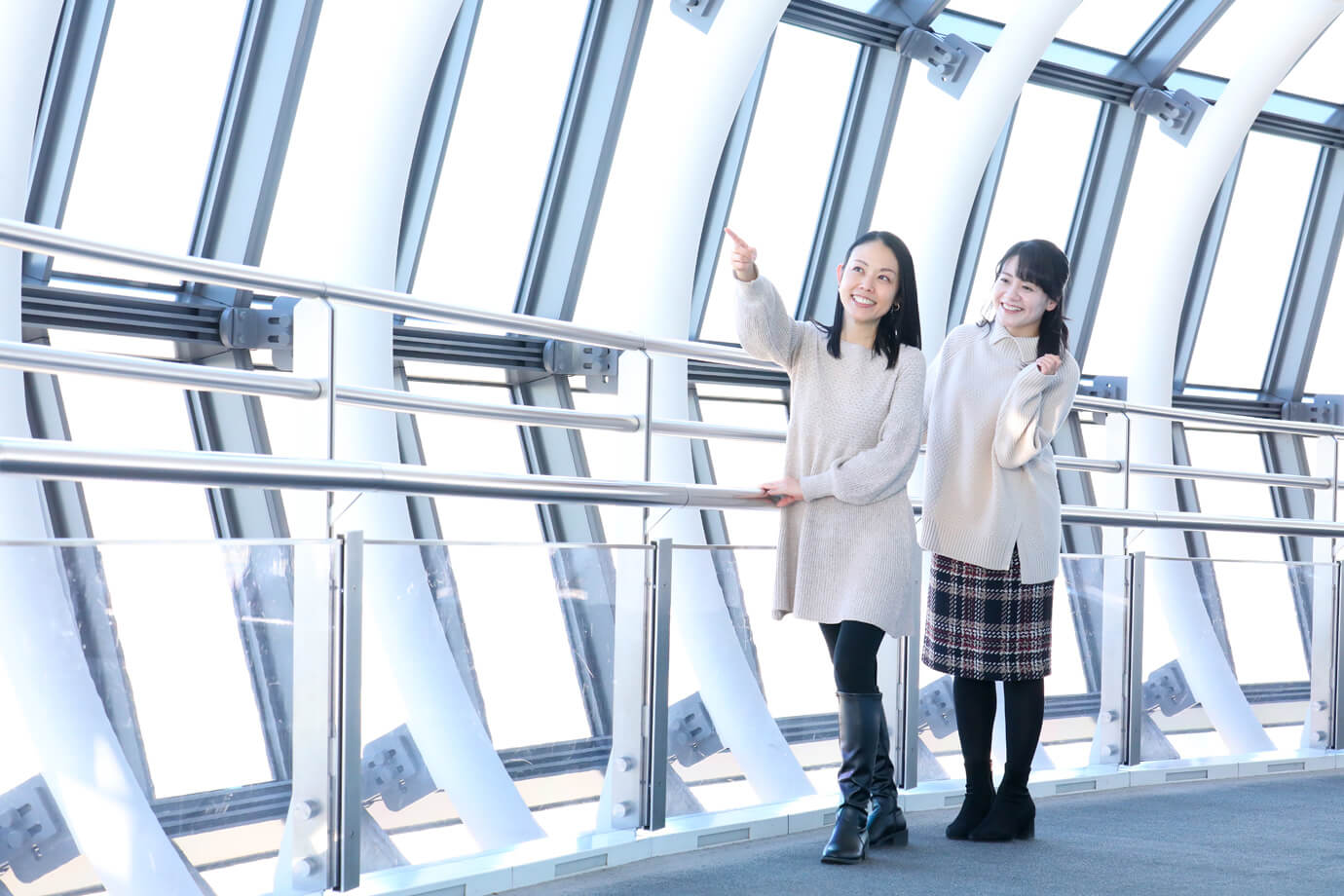
Take the Tembo Shuttle elevator with its see-through ceiling to the Tembo Galleria. A tubular, glass-walled corridor leads from floor 445 to floor 450, giving visitors the feeling of taking a walk in the sky.
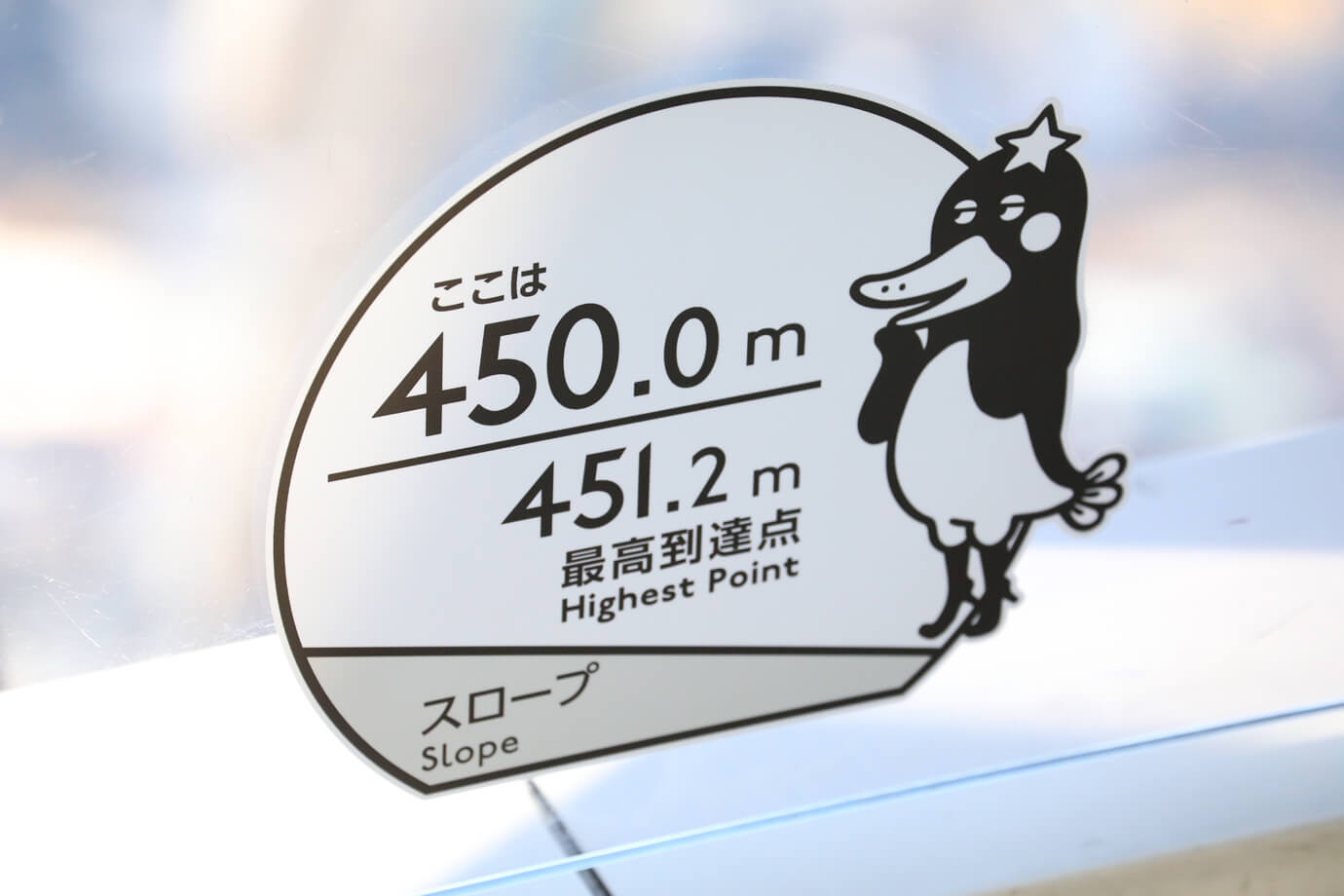
This cute sign can be found in the middle of the corridor.
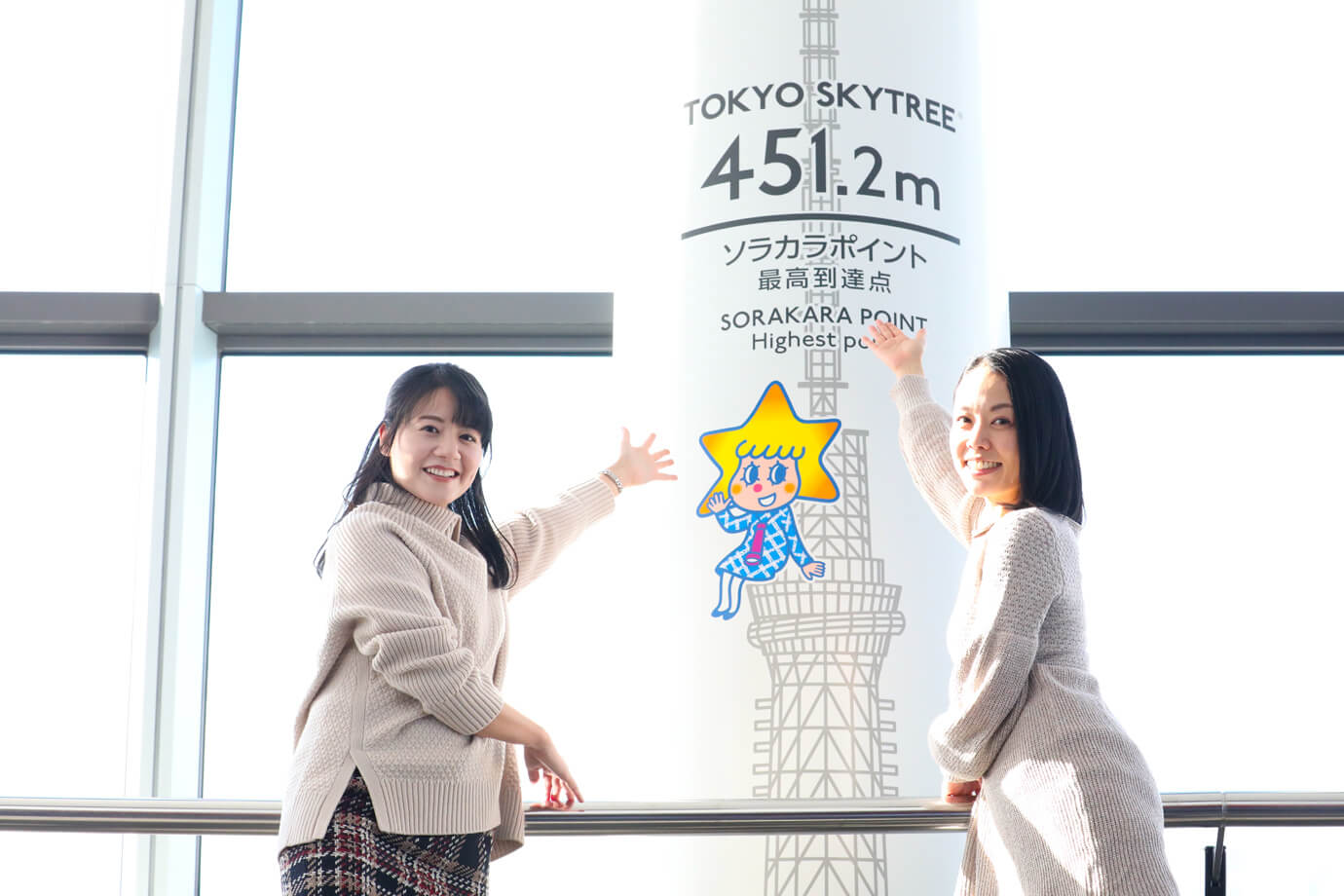
We reached the Sorakara Point, the highest point at 451.2 m above ground. We felt a tremendous sense of accomplishment because we reached the point on foot on our own. Sorakara-chan's gentle smile helps us relax.
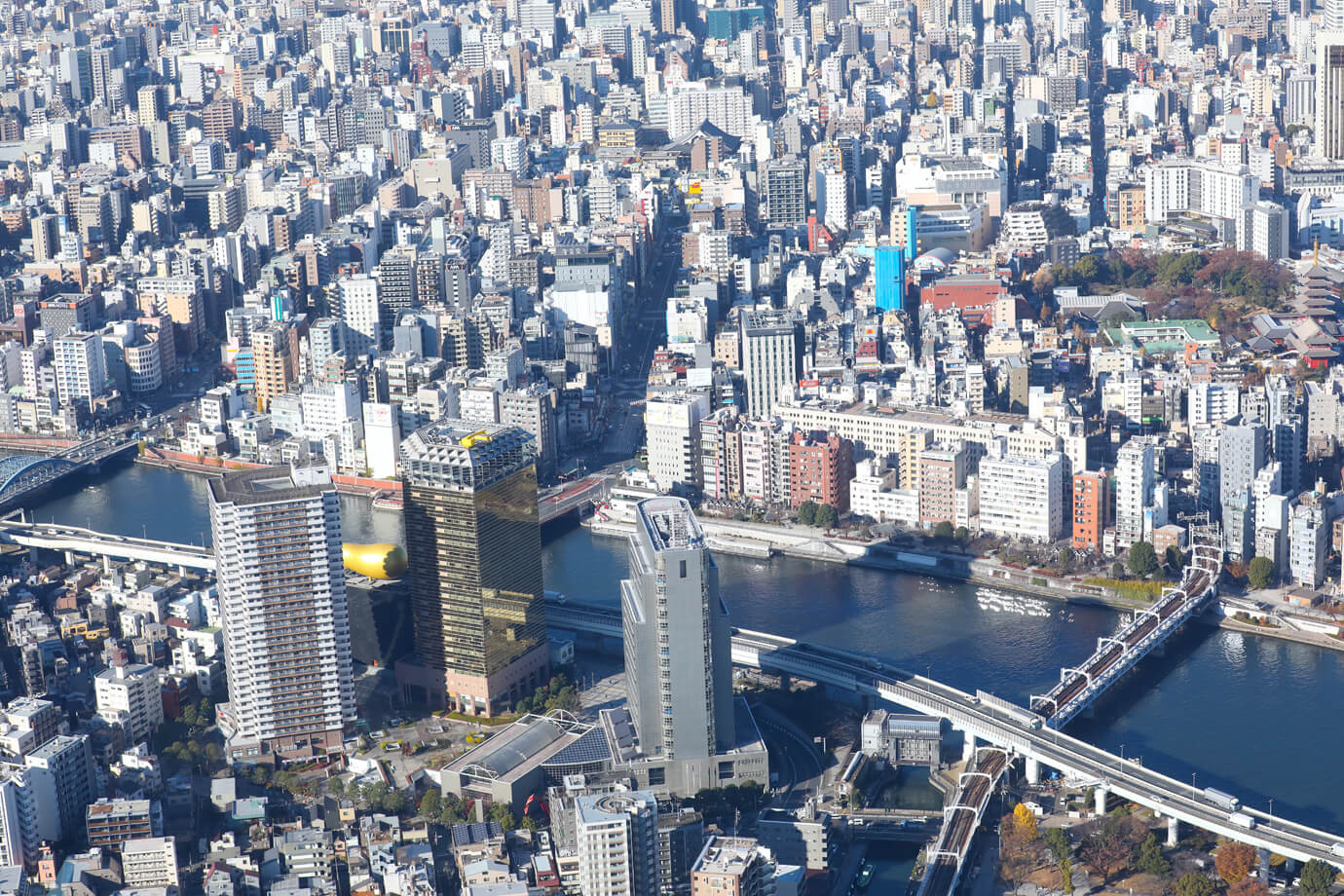
A miniature Tokyo cityscape can be found below by looking out the windows. On clear days, you can see a panoramic view of Chiba and Saitama, and as far away as Mt. Fuji. And the view changes dramatically at night, the sky turning jet-black and the city glittering like diamonds.
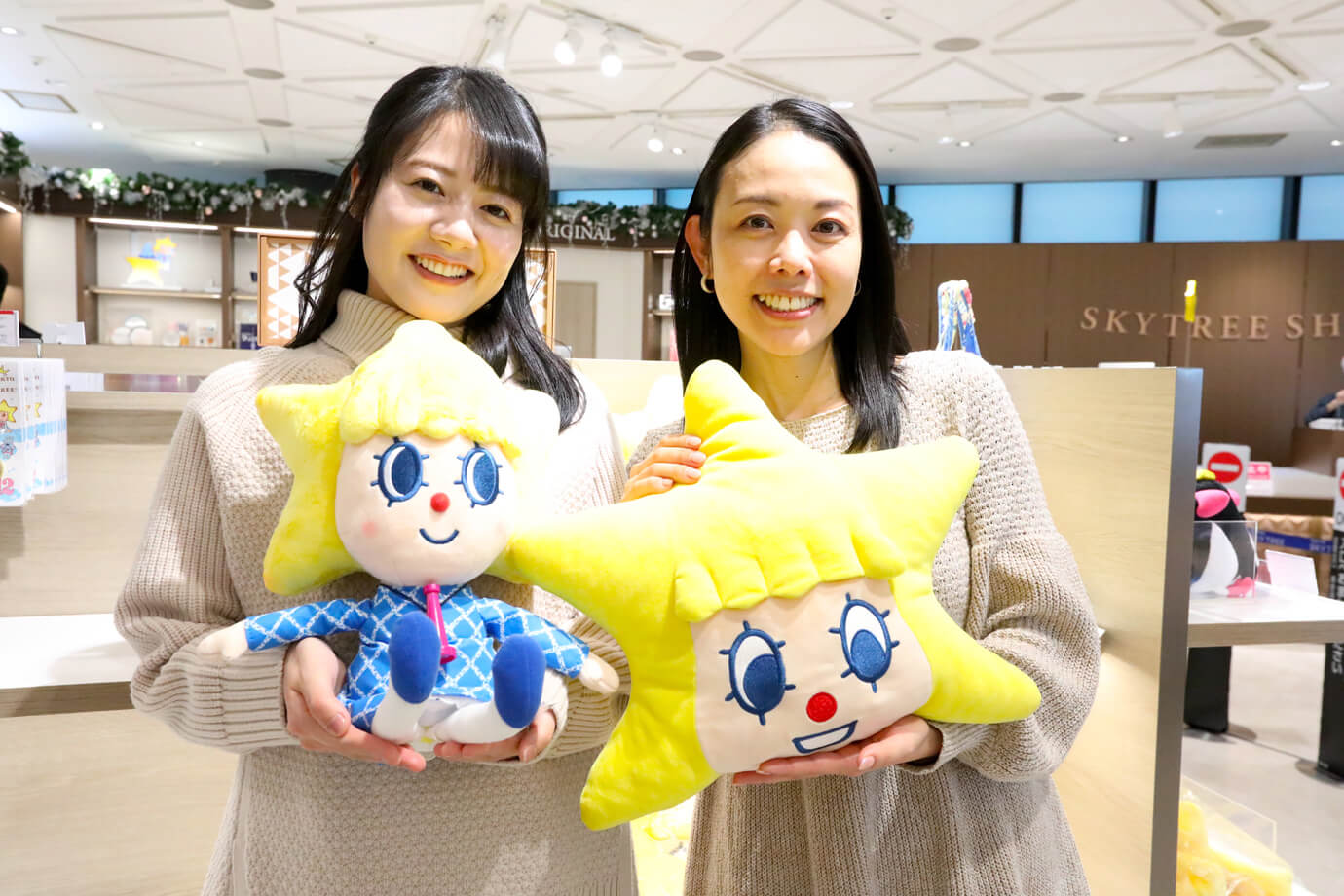
The SKYTREE SHOP, located on the 5F exit floor, offers a wide variety of original goods in a spacious area. The hotel staff are holding a Sorakara-chan Plushie for 2,415 yen (left) and a fluffy Sorakara-chan Face Cushion for 3,086 yen.
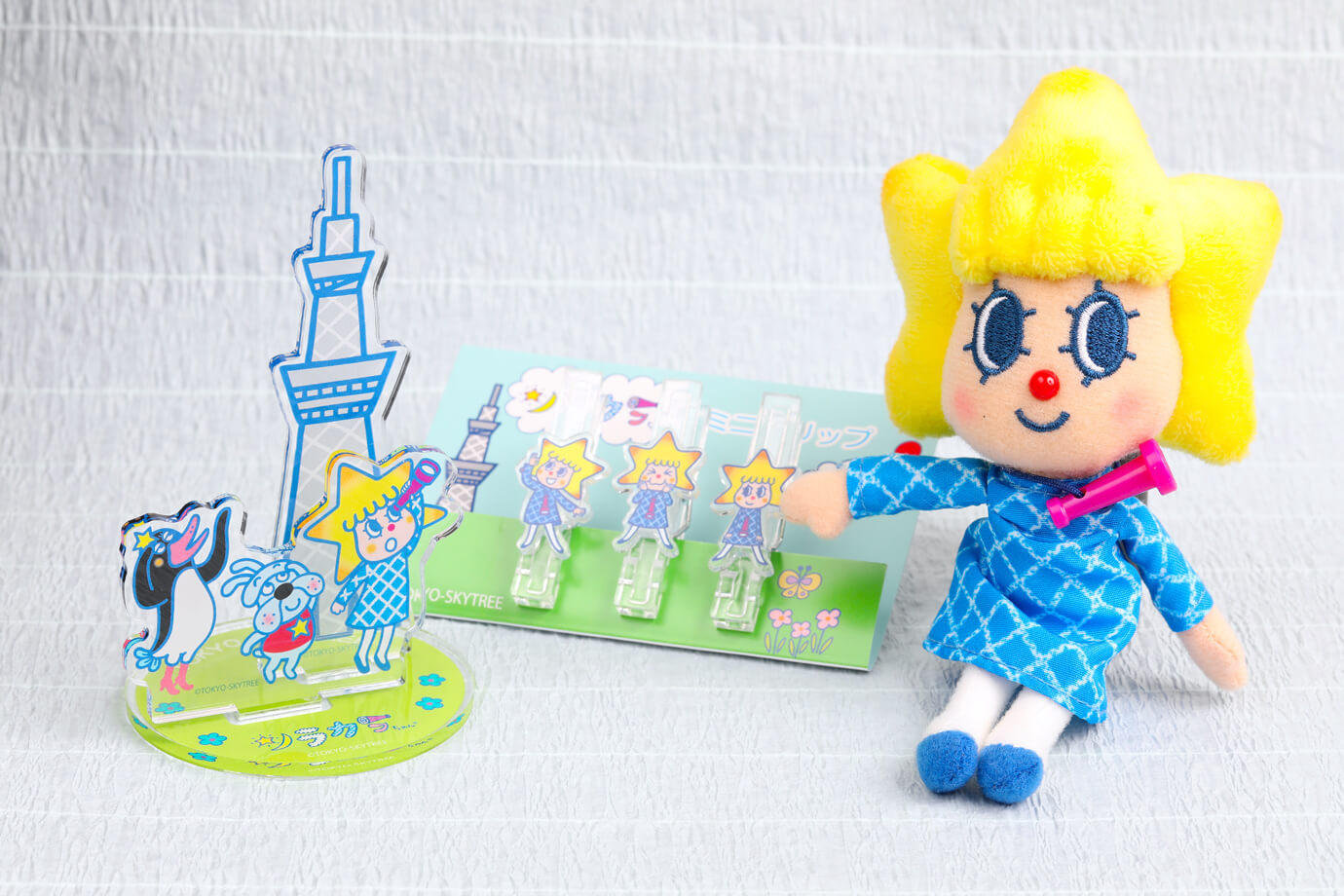
All items are reasonably priced, including the Sorakara-chan Acrylic Stand LOOK UP for 850 yen (featuring Sorakara-chan, Teppenpen, and Sukoburuburu looking up the tower), the Sorakara-chan Mini Clip for 550 yen, and the Sorakara-chan Mascot for 1,650 yen.
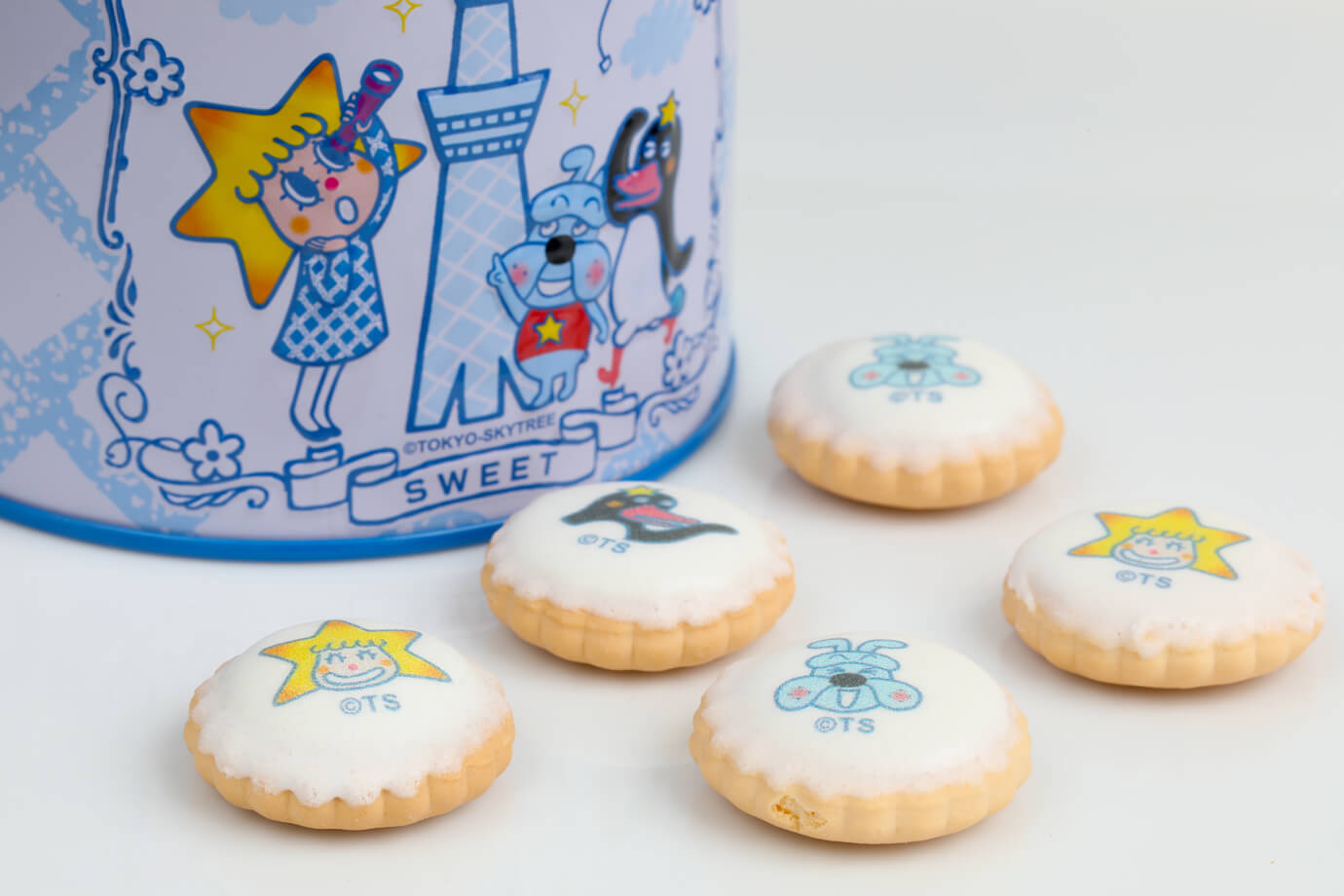
The Sorakara-chan Canister Tin for 1,540 yen is a tin filled with iced cookies. There are three different designs, each individually wrapped.
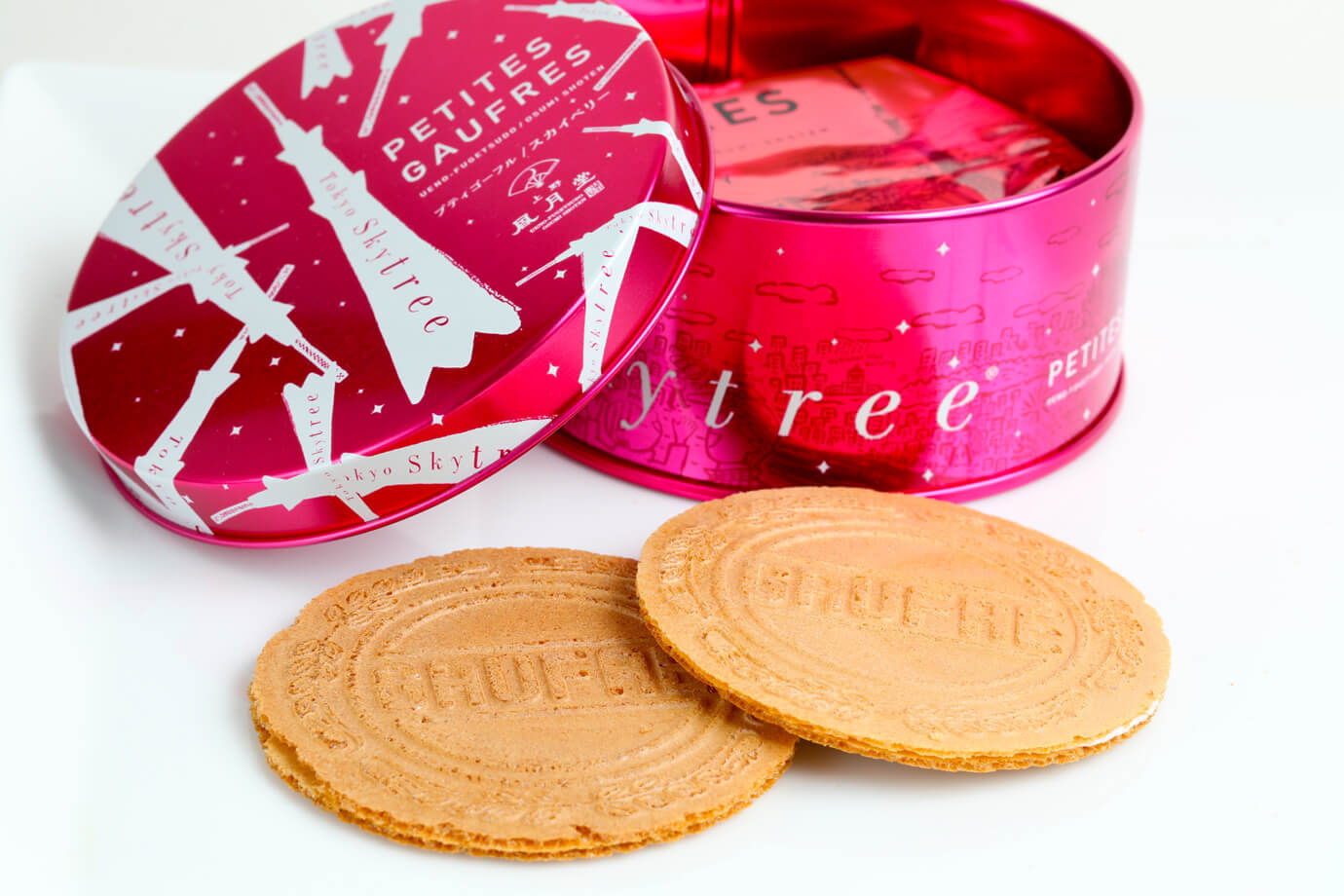
The Petites Gaufres for 648 yen come in a stylish tin and are available in three flavors: skyberry cream, vanilla, and chocolate. At the foot of the tower is Tokyo Solamachi®, a shopping complex home to more than 300 stores selling apparel, food, and sundries. This is a great place to enjoy a relaxing shopping experience.
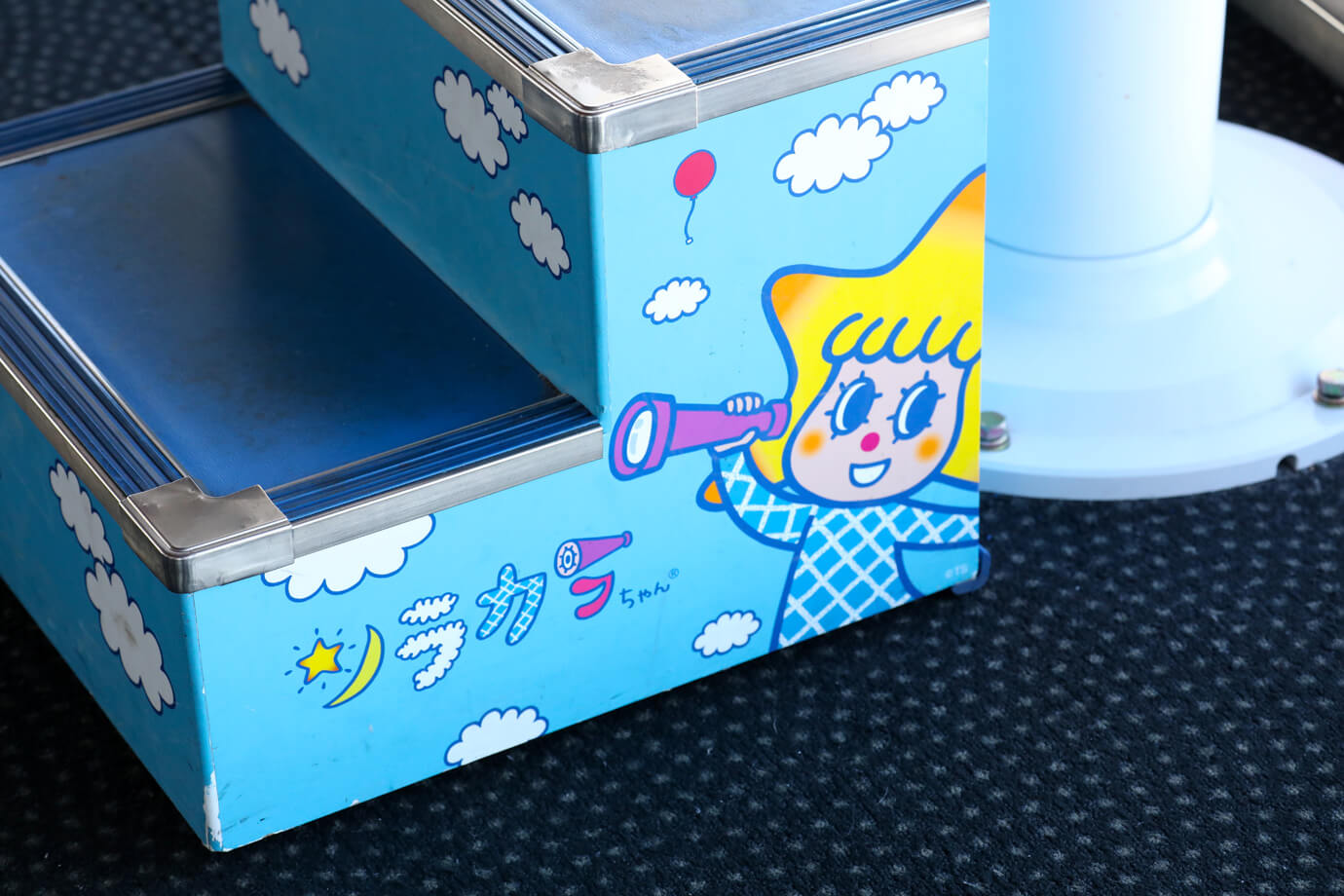
Tokyo Skytree
Address:1-1-2 Oshiage, Sumida-ku
Phone:0570-55-0634
Costs:Tembo Deck (18 years and older) tickets start at 2,100 yen, and set tickets start at 3,100 yen (advance tickets also available for purchase in advance)
Hours:10:00 to 22:00 (Sundays and national holidays: 10:00 to last admission at 21:00) *Starting in April 2025, Saturdays will open at 9:00
Closed:Open every day
Asakusa Amezaiku Ameshin Hanakawado Studio
Experience what it’s like to work as a master craftsman at a specialty candy sculpting shop that boasts the best skills in Japan!
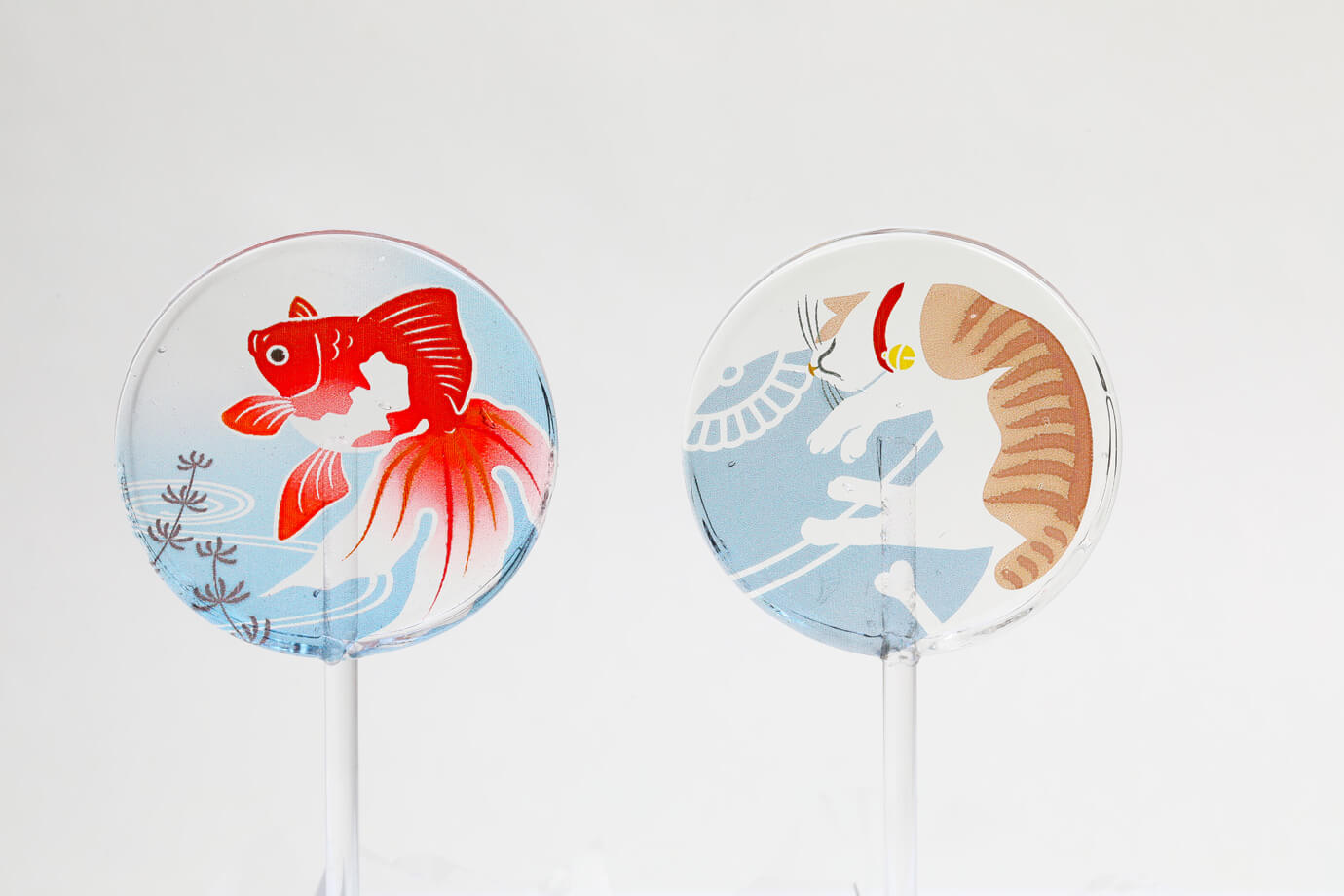
Cute animals such as dogs, rabbits, and dragons come to life, created by the hands of the craftsmen. Asakusa Amezaiku Ameshin is a group of candy sculpture craftsmen who continue to preserve the tradition of amezaiku, candy sculpture work that is the pride of Japan, and create innovative works of art. The Hanakawado Studio offers amezaiku lessons, where visitors can make their own candy rabbit. The photo shows the Uchiwa ame (fan candy) sold at the studio for 650 yen.
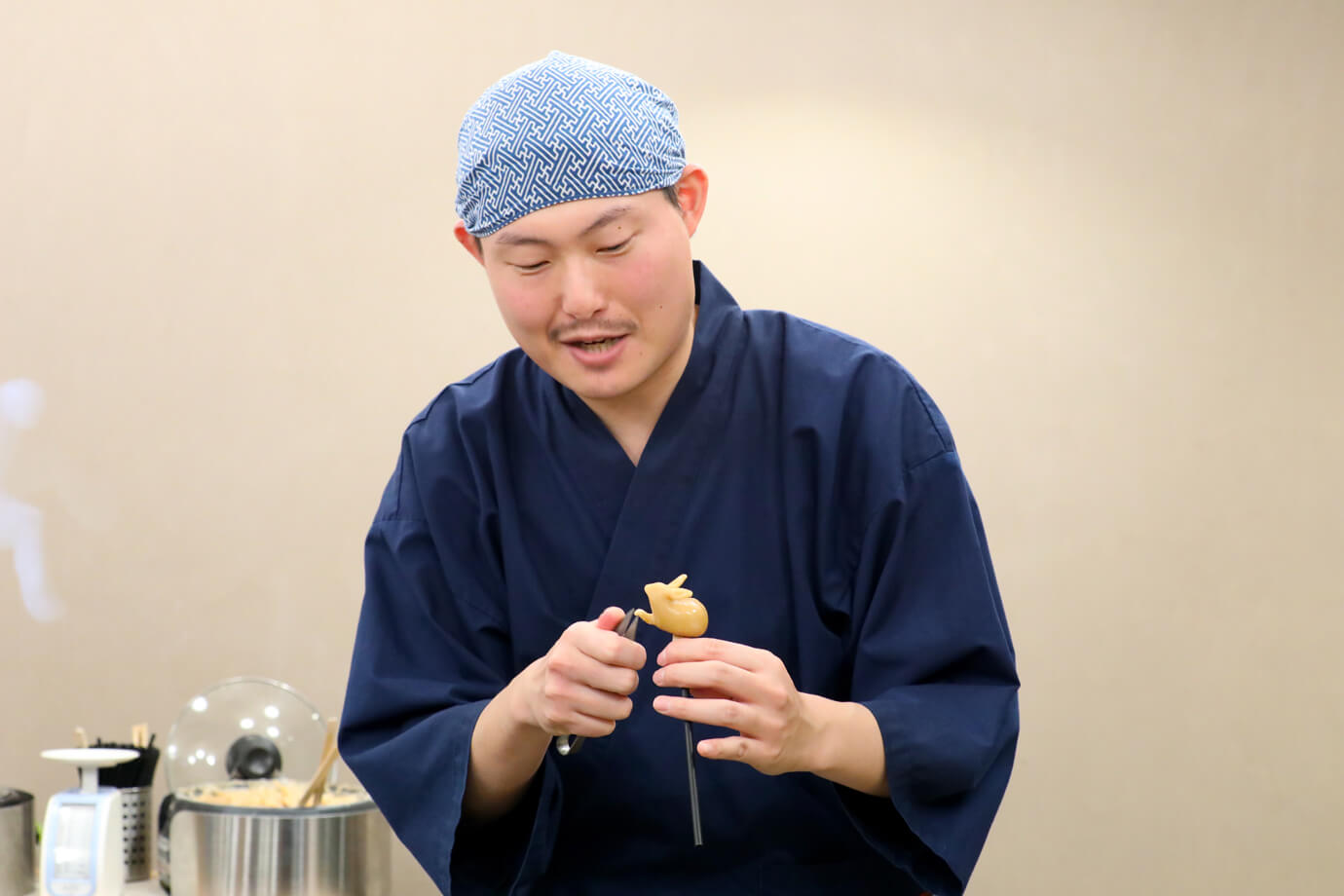
The hands-on lessons take one hour and a half to two hours. First, we watched a video explanation of how to make the candy, and then the instructor, Washizu-san, showed us a real example. Scissors are used on the rounded candy, which is attached to the end of a stick. The rabbit comes to life through brilliant handiwork.
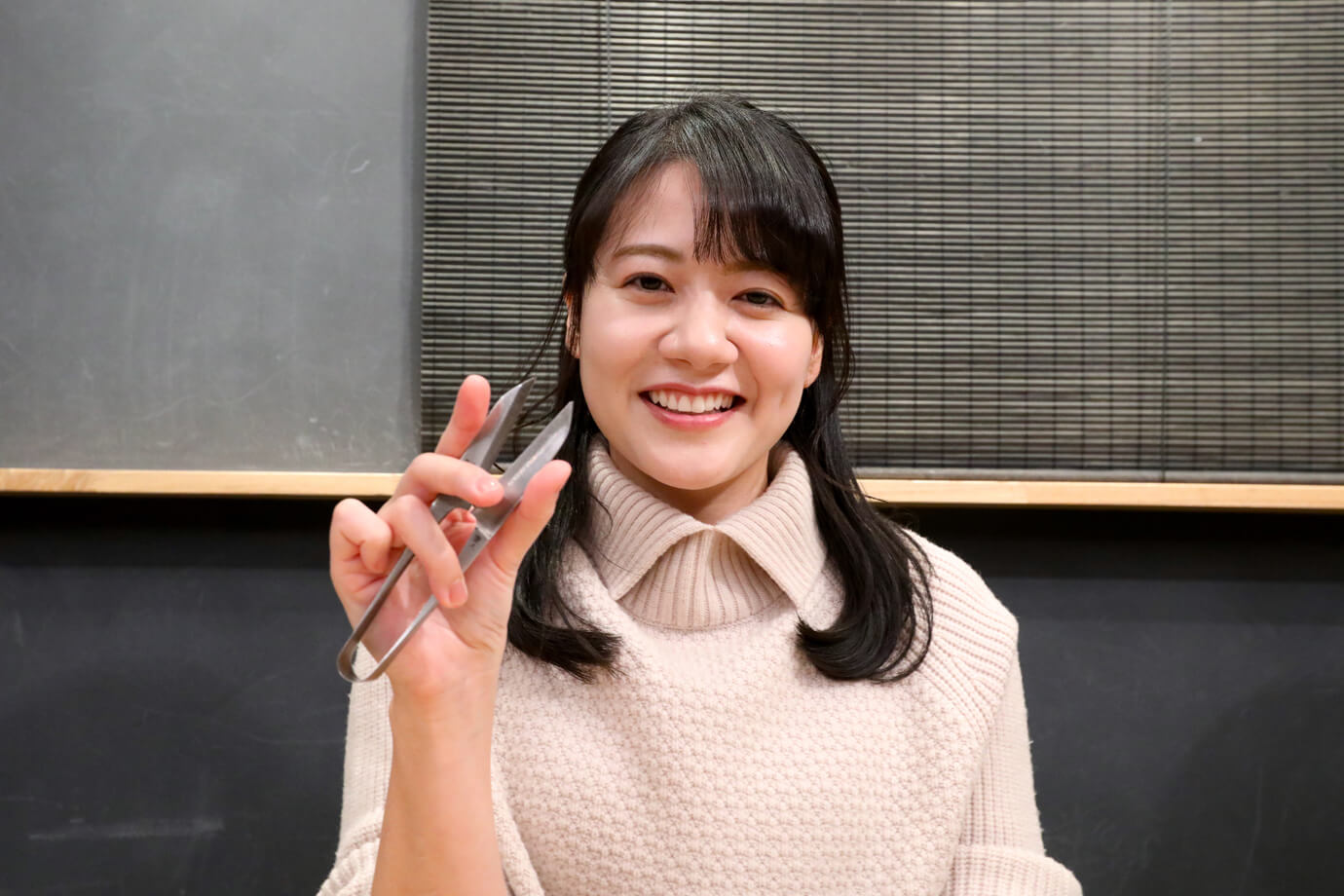
In this lesson, we used only our bare hands and Japanese scissors. What kind of works of art can be created with these tools?
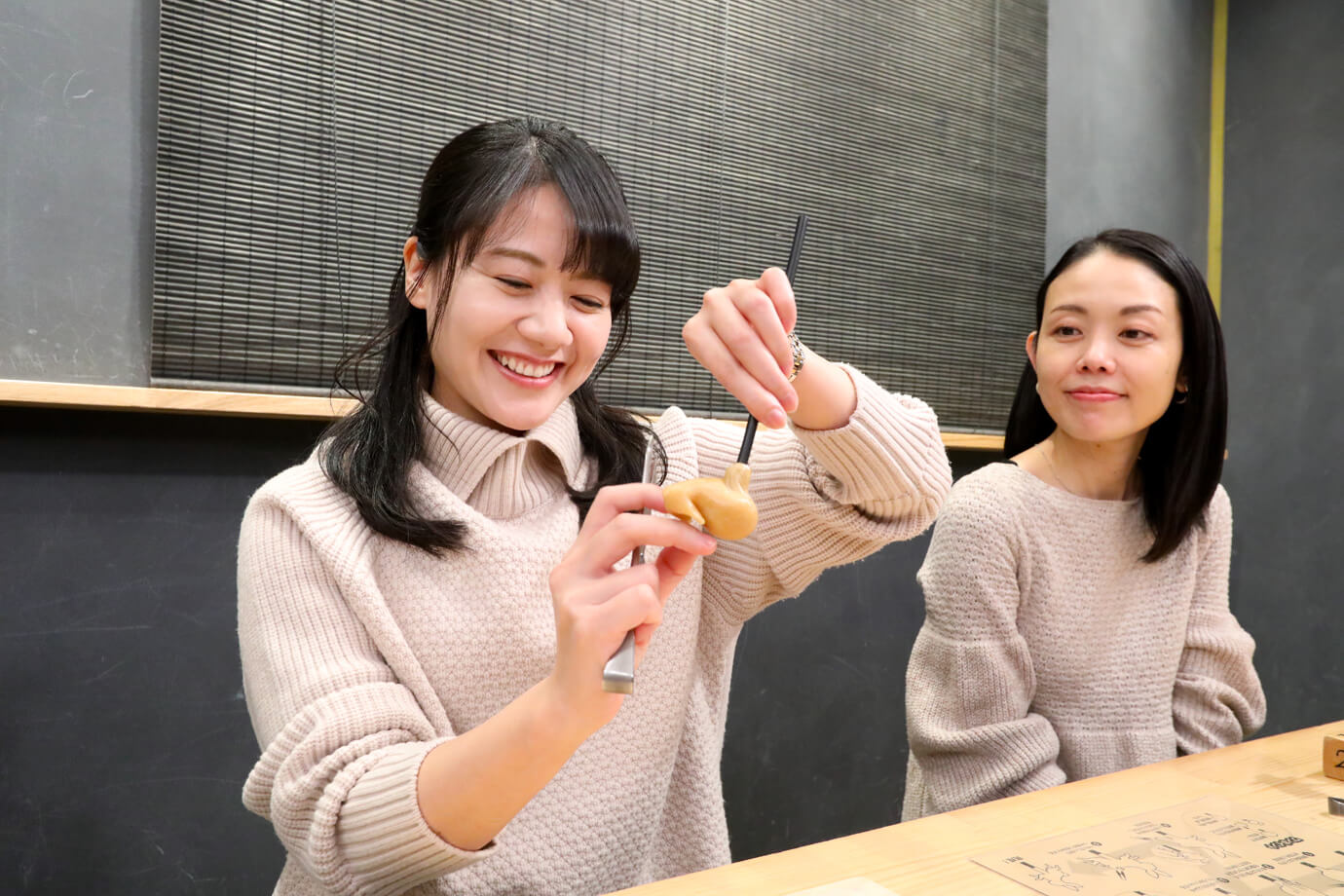
First, we use practice candy to get a feel for the process and develop a sense for the work involved. As we use candy that has been heated to 90 degrees Celsius and softened, we cut into it with Japanese scissors at different angles, up and down, so that it does not drip.
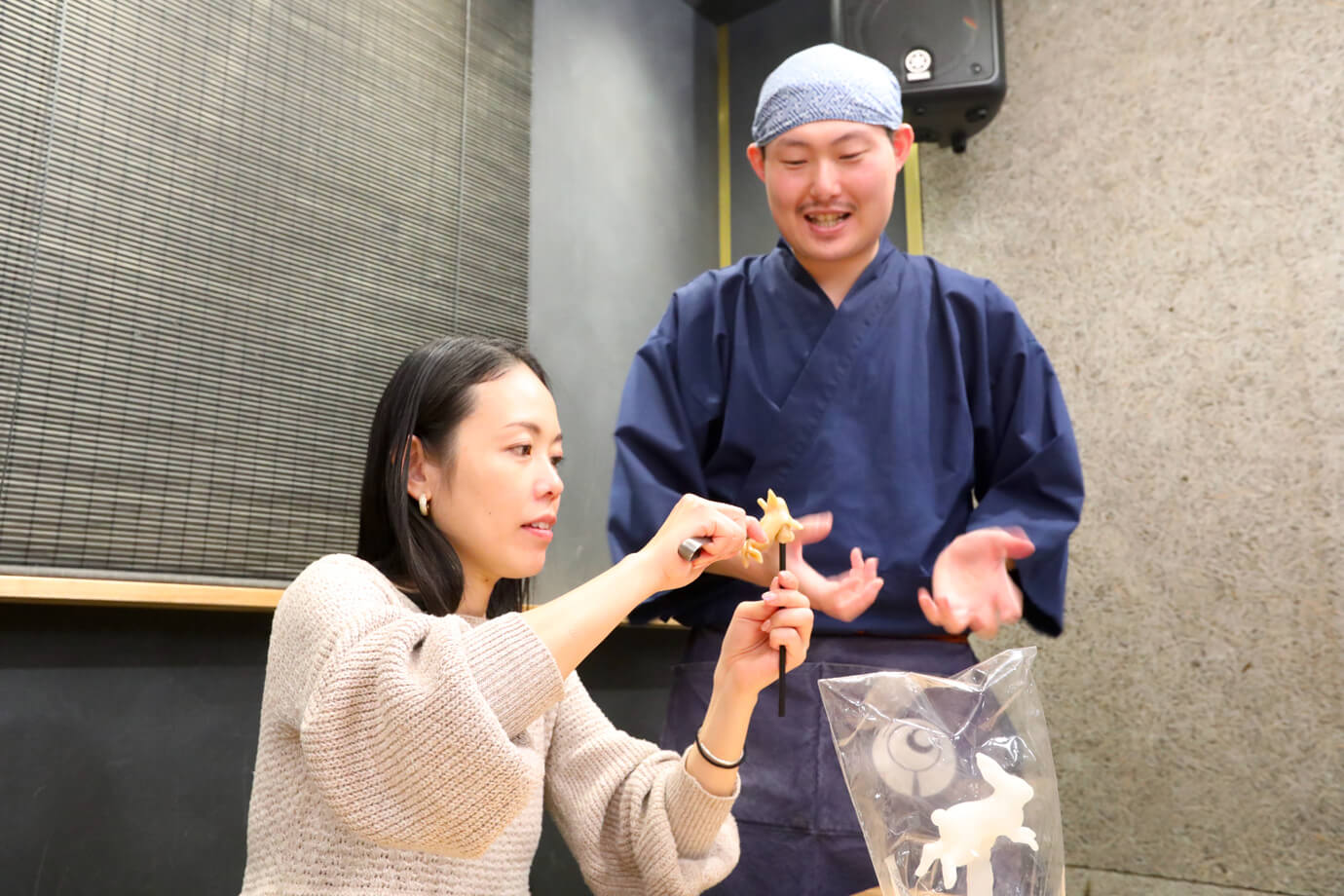
Washizu-san gently advises, “If you make the ears bigger, it will look more like a rabbit.” As soon as you cut into the candy, it begins to harden and does not take the desired shape.
Finally, it’s time for the real thing! A white rabbit that reflects the individuality of the creator
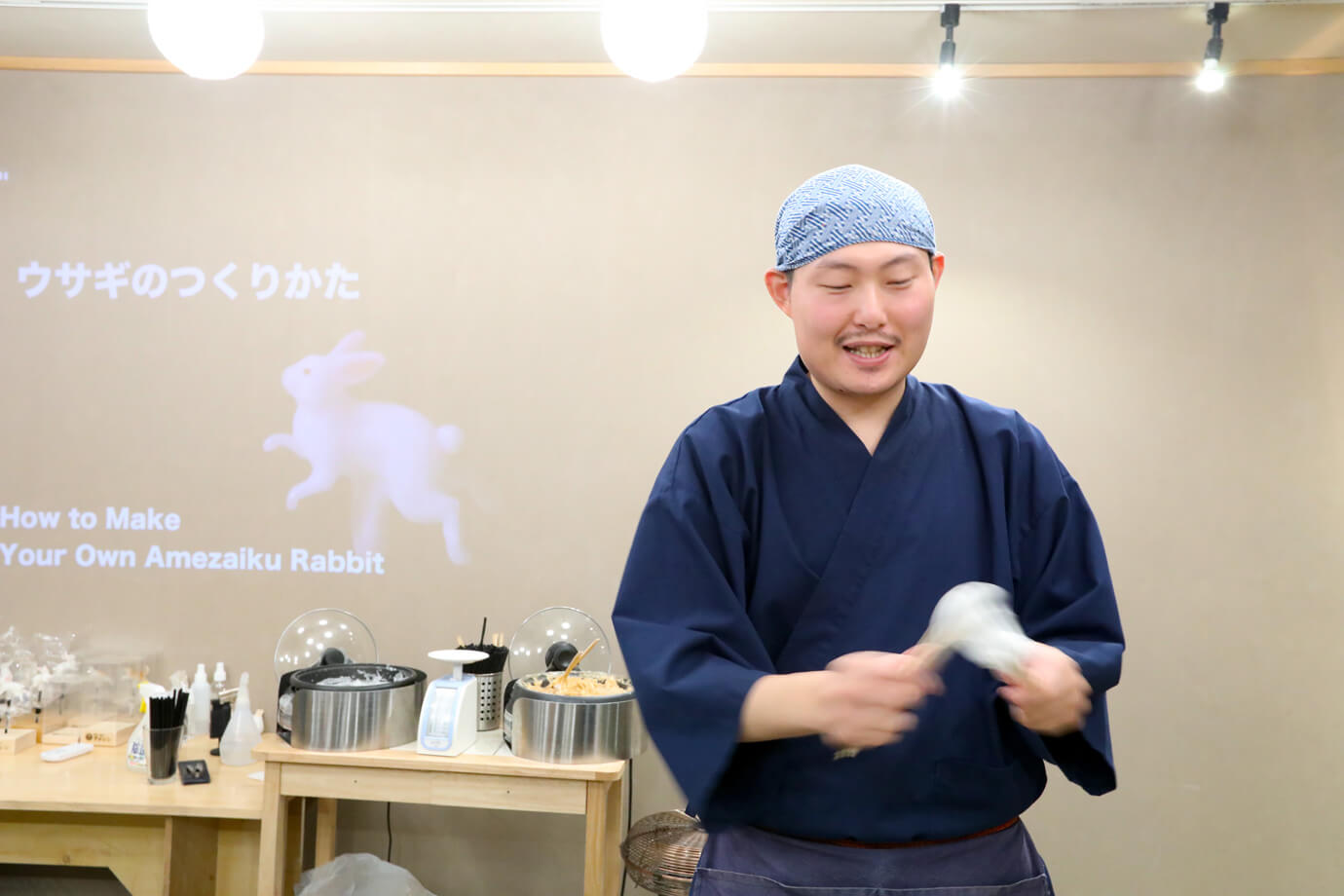
After our practice, it is time to make the real thing using white candy.
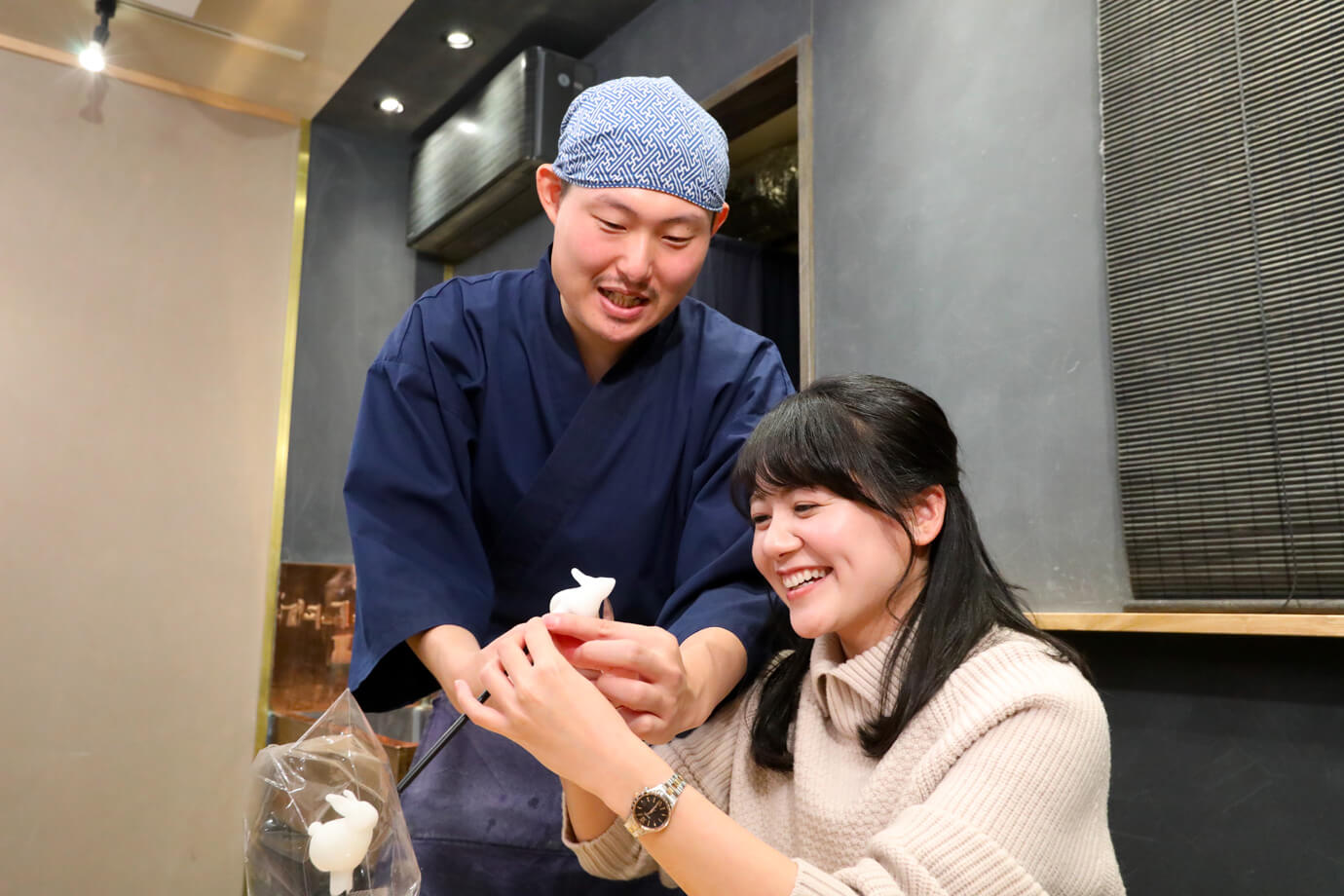
Having practiced, we have developed a sense for using the scissors. The tips of the ears should not be left as-is but rounded off at the pointy ends to create a more animal-like silhouette.
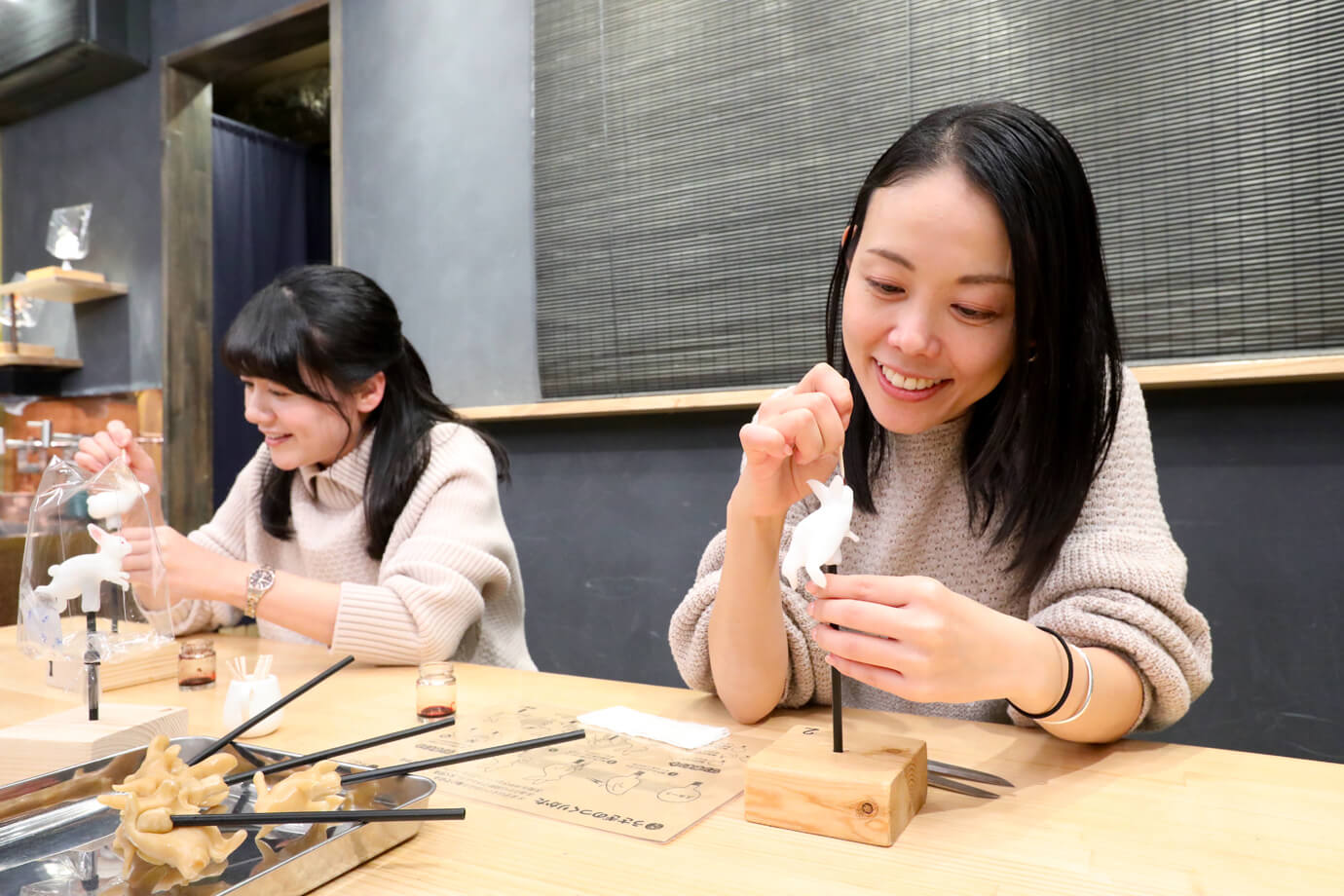
Once the shape is completed, we use food coloring to paint the rabbit's face.
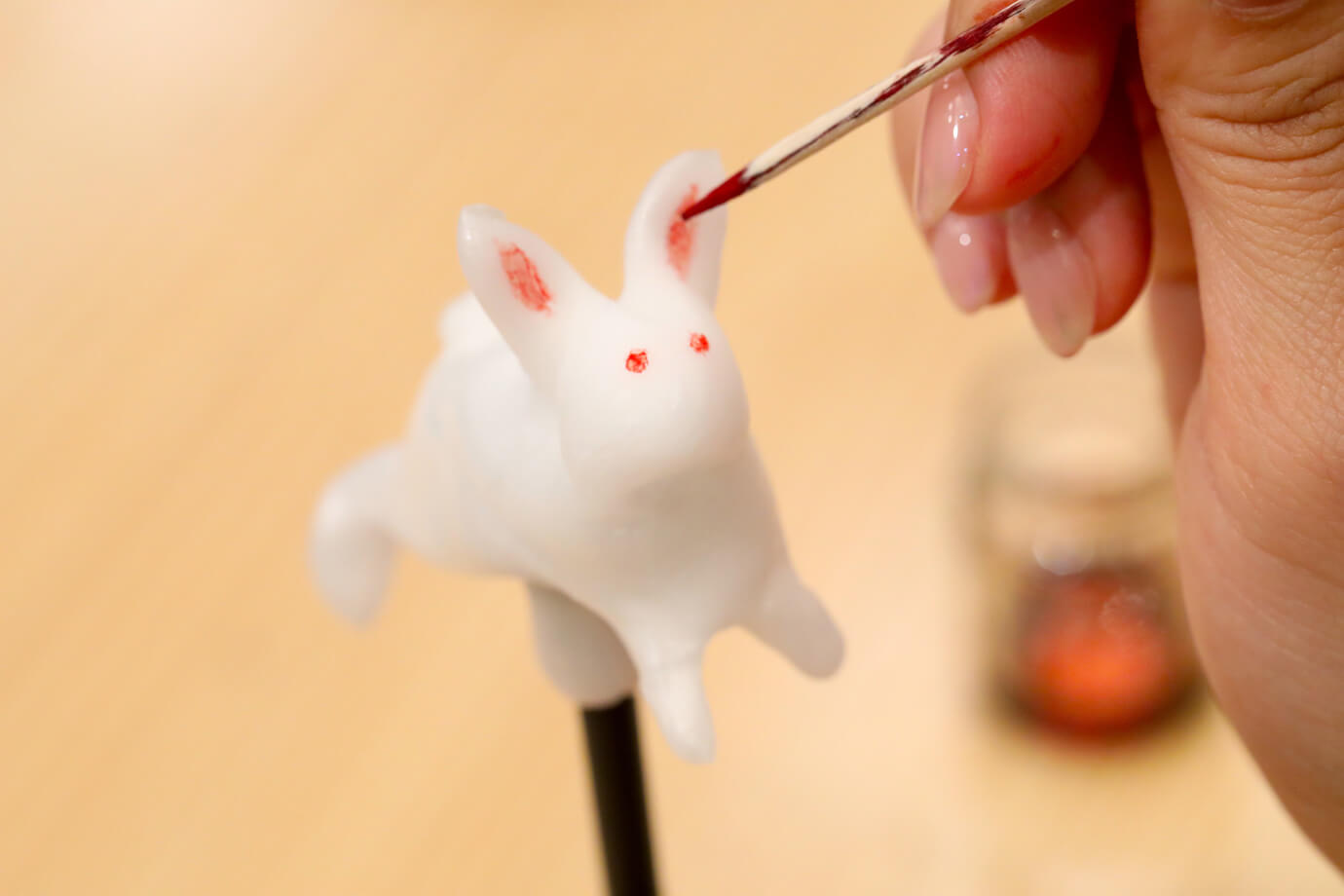
We paint the rabbit’s eyes and ears to finish up our work! It turned out better than I imagined, so I’m hugely satisfied. The finished rabbit can be put in a bag and taken with you.
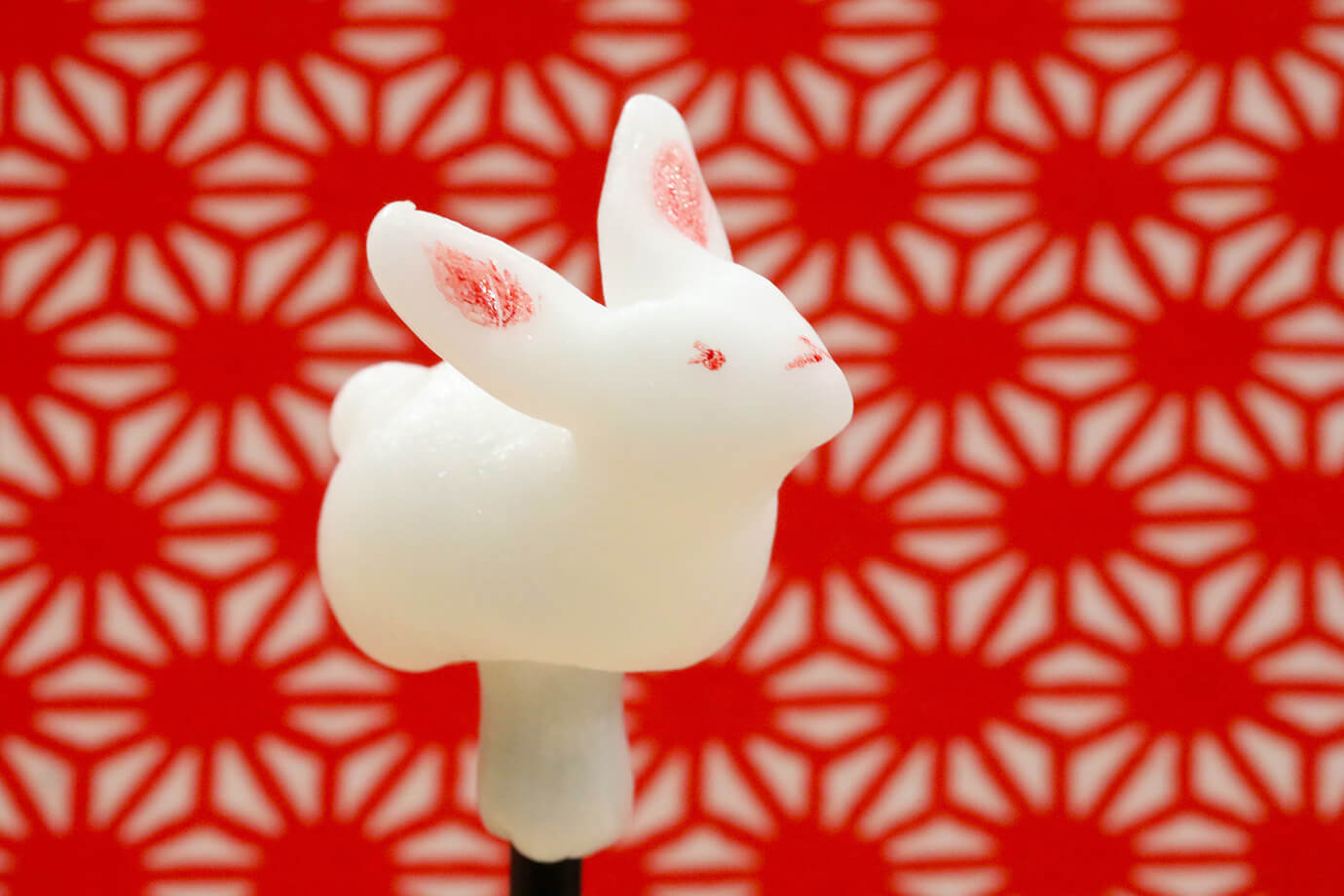
Here is the work by the other member of the hotel staff; it’s a snow rabbit. The final look is quite tasteful.
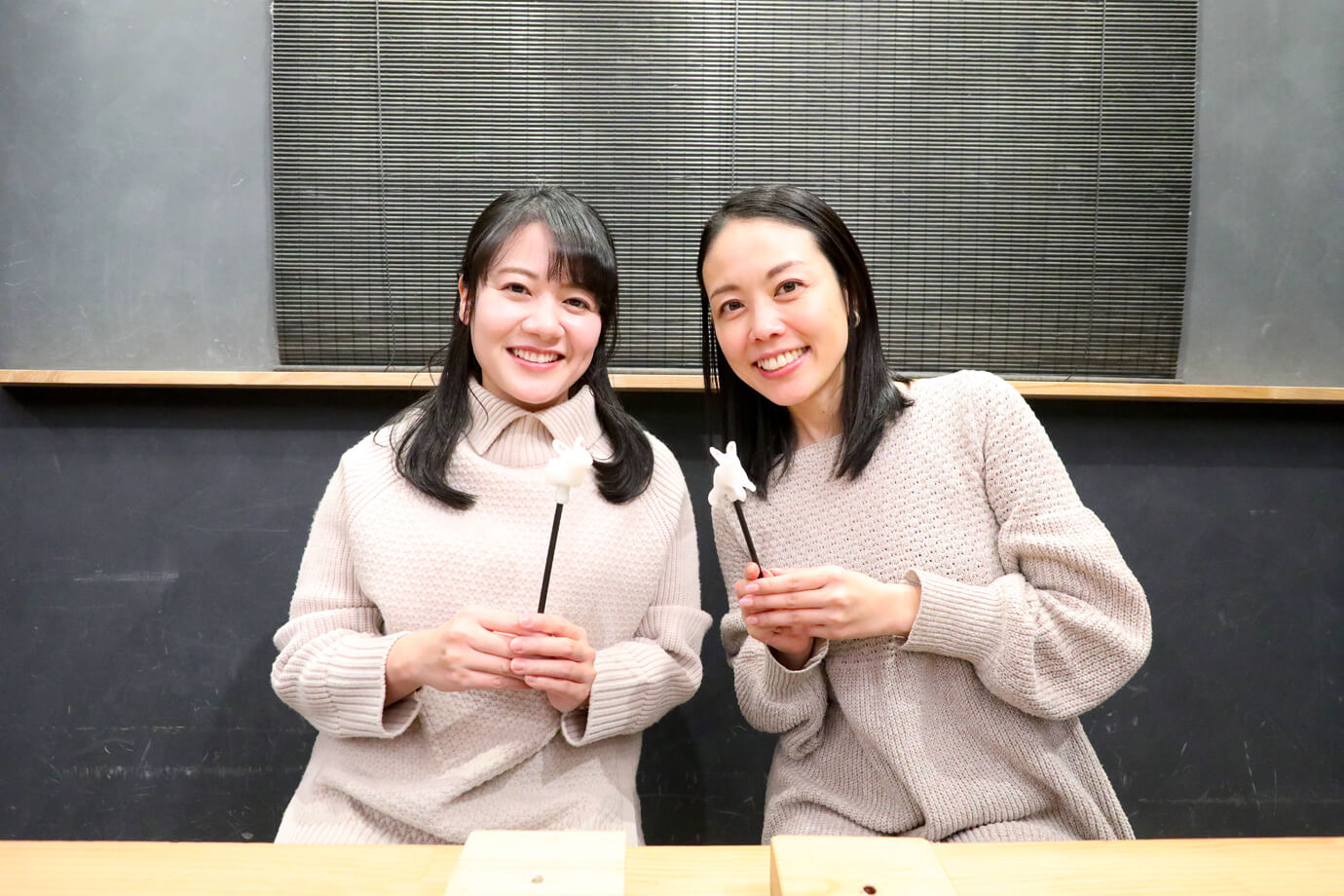
Reservations for the hands-on lessons are on a first-come, first-served basis, so we recommend going early. For their second and subsequent hands-on lessons, visitors can try their hand at amezaiku dogs and cats.
At the studio, you can find art-like amezaiku made by an craftsmen for 2,980 yen, and palm-sized chokozai ame candy starting at 1,180 yen.
Asakusa Amezaiku Ameshin Hanakawado Studio
Address:1F Hori Building, 2-9-1 Hanakawado, Taito-ku, Tokyo
Phone:080-9373-0644
Costs:Hands-on experience is 3,100 yen per person
Hours:10:30 to 18:00
Closed:Thursday (with irregular holidays)
Ueno Seiyoken Honten Restaurant
Taste the Adult Children's Lunch at the oldest existing Western restaurant in Japan
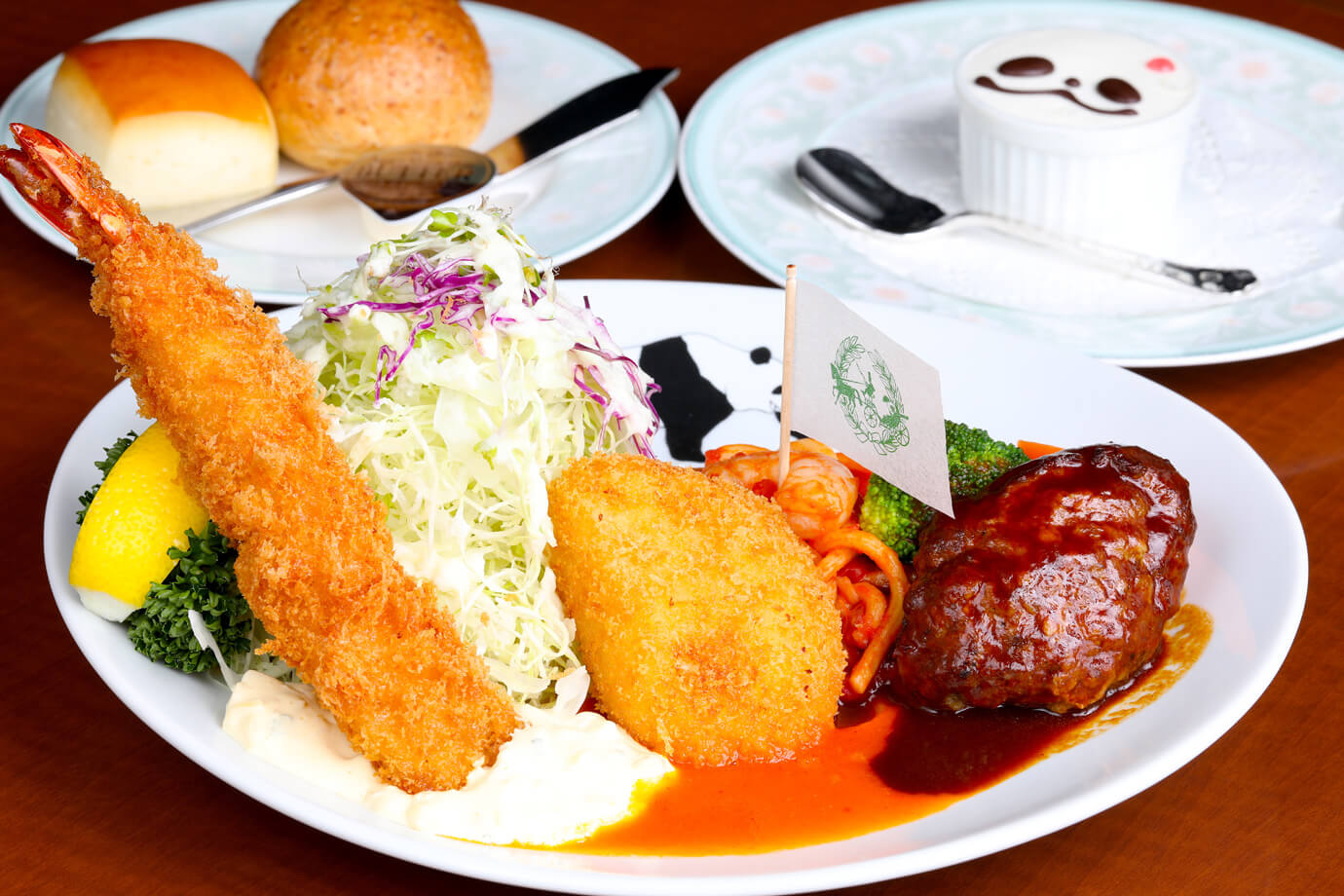
Founded in 1872, this restaurant opened in the Tsukiji neighborhood as a pioneer of Western cuisine at a time when Western culture was still a rarity in Japan. The Ueno Honten Restaurant opened in 1876 and is located on a hill in Ueno Park overlooking Shinobazu Pond. The building is divided into two sections: the Grill, the main dining room, and the Honten Restaurant, which has a more casual atmosphere.
On this visit, we’ll enjoy a classic Western-style meal at the Honten Restaurant.
The photo shows the popular Panda Plate for 3,300 yen.
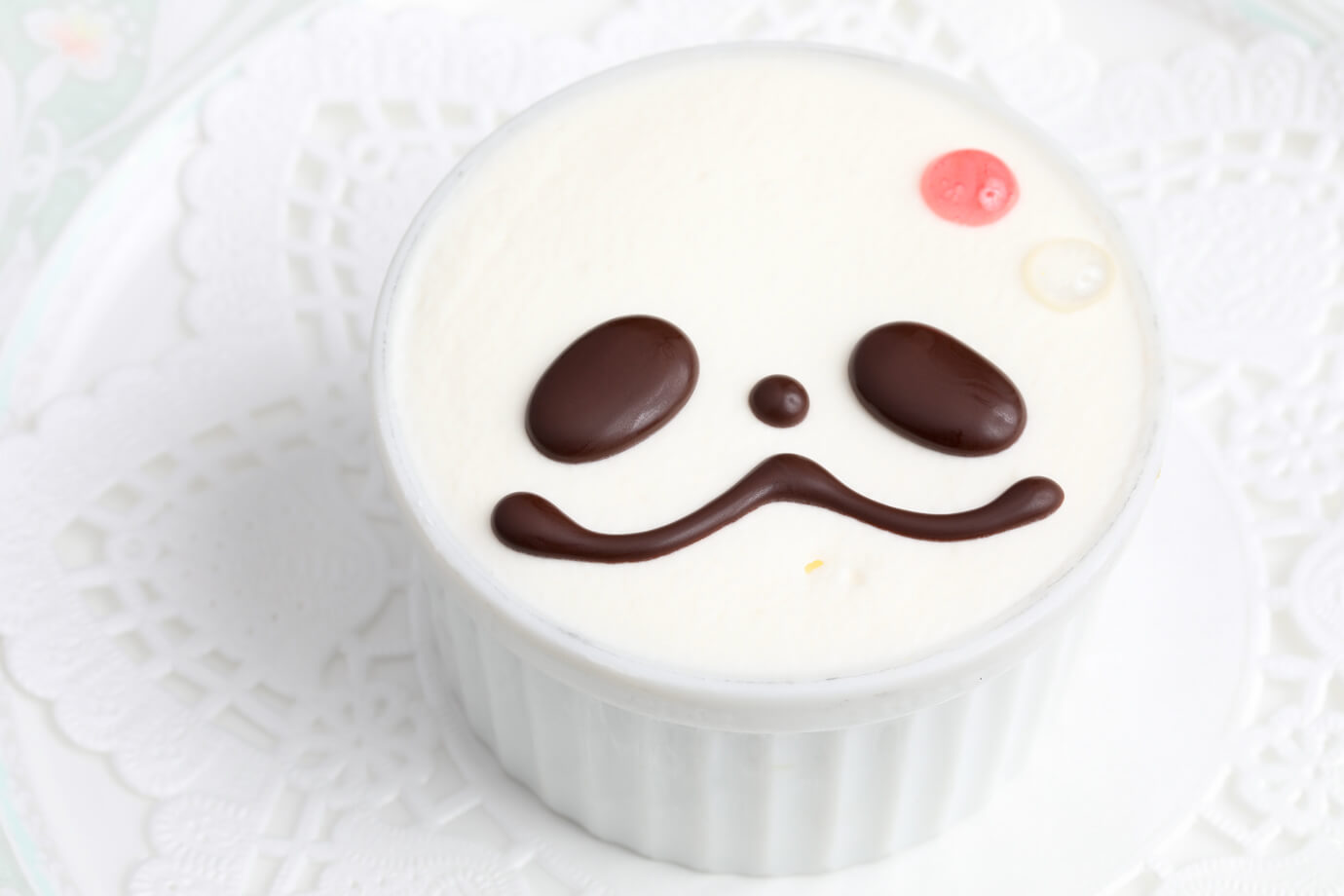
The Panda Plate is known as an Adult Children's Lunch and features fried shrimp, crab cream croquettes, hamburg steak, and Napolitan spaghetti, all served on a single plate. Each is generous in size and full of authentic flavor. The meal comes with a dessert with a panda design on it.
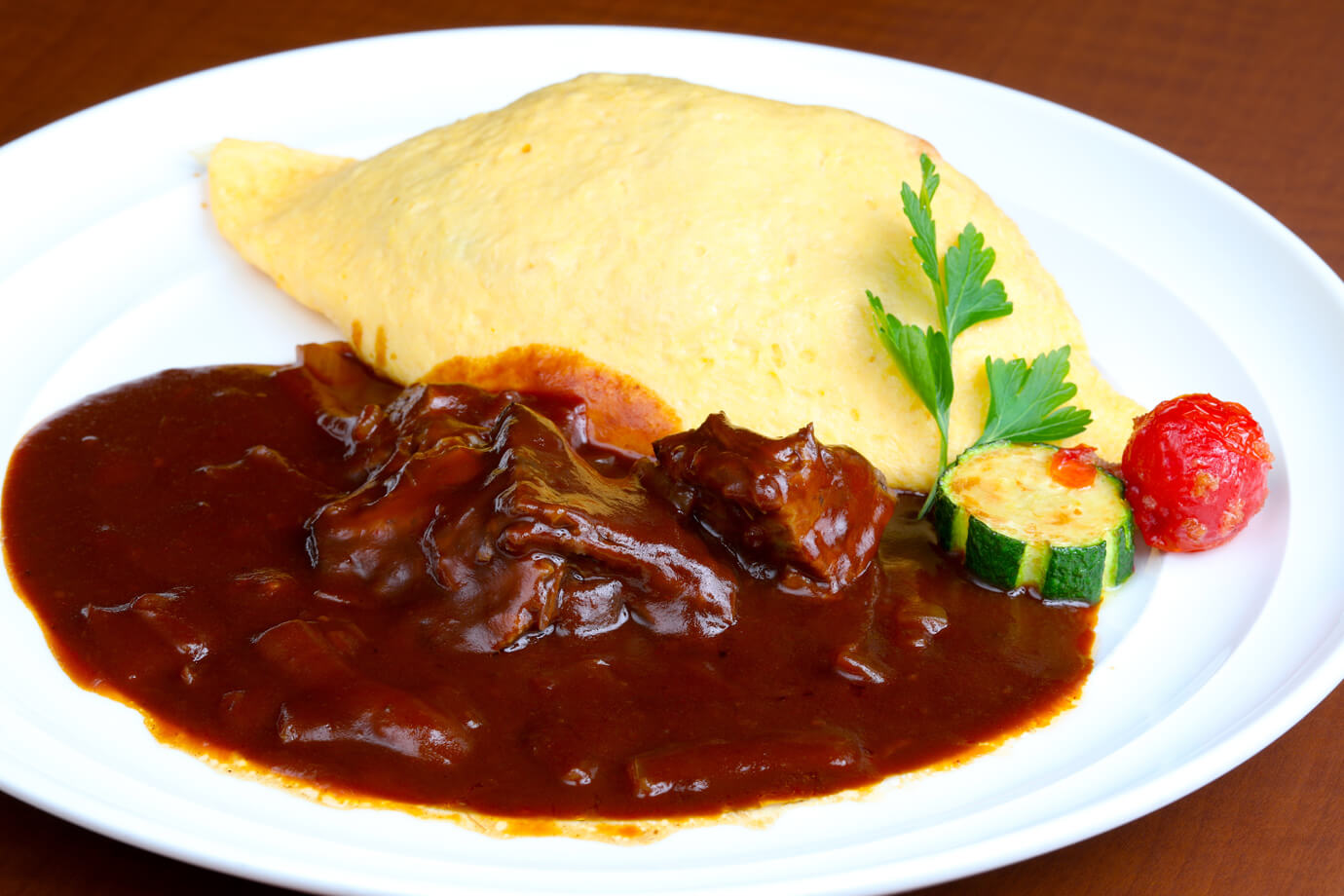
Omelette Hayashi, a classic Western-style dish featuring omelette rice served with hashed beef sauce, is available for 2,100 yen. The fluffy egg covering the ketchup-flavored rice goes well with the rich hashed beef sauce.
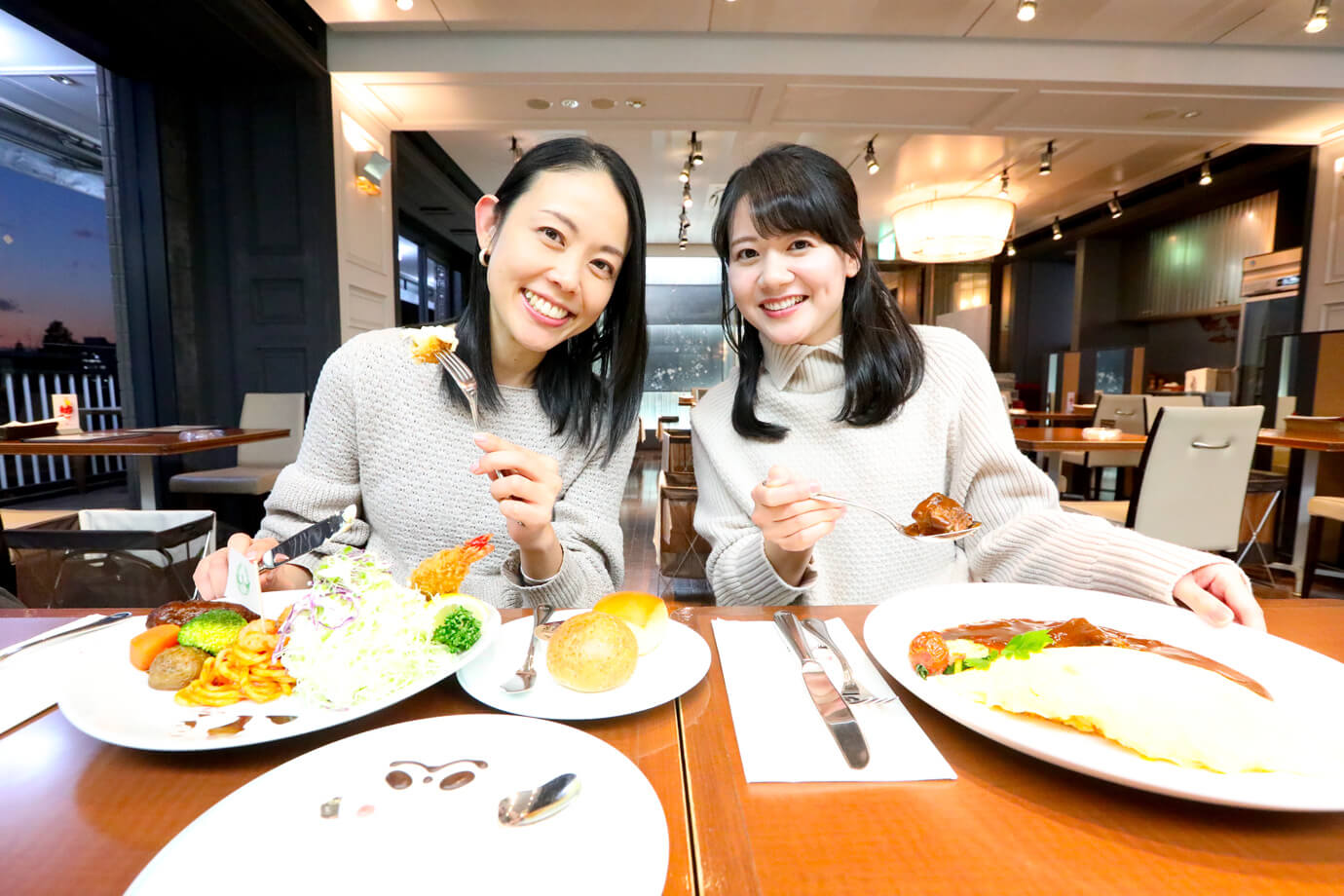
We enjoyed lunch at this restaurant once loved by many writers and artists, including Soseki Natsume and Ogai Mori. It is interesting to think that the great people we learned about in textbooks ate here.
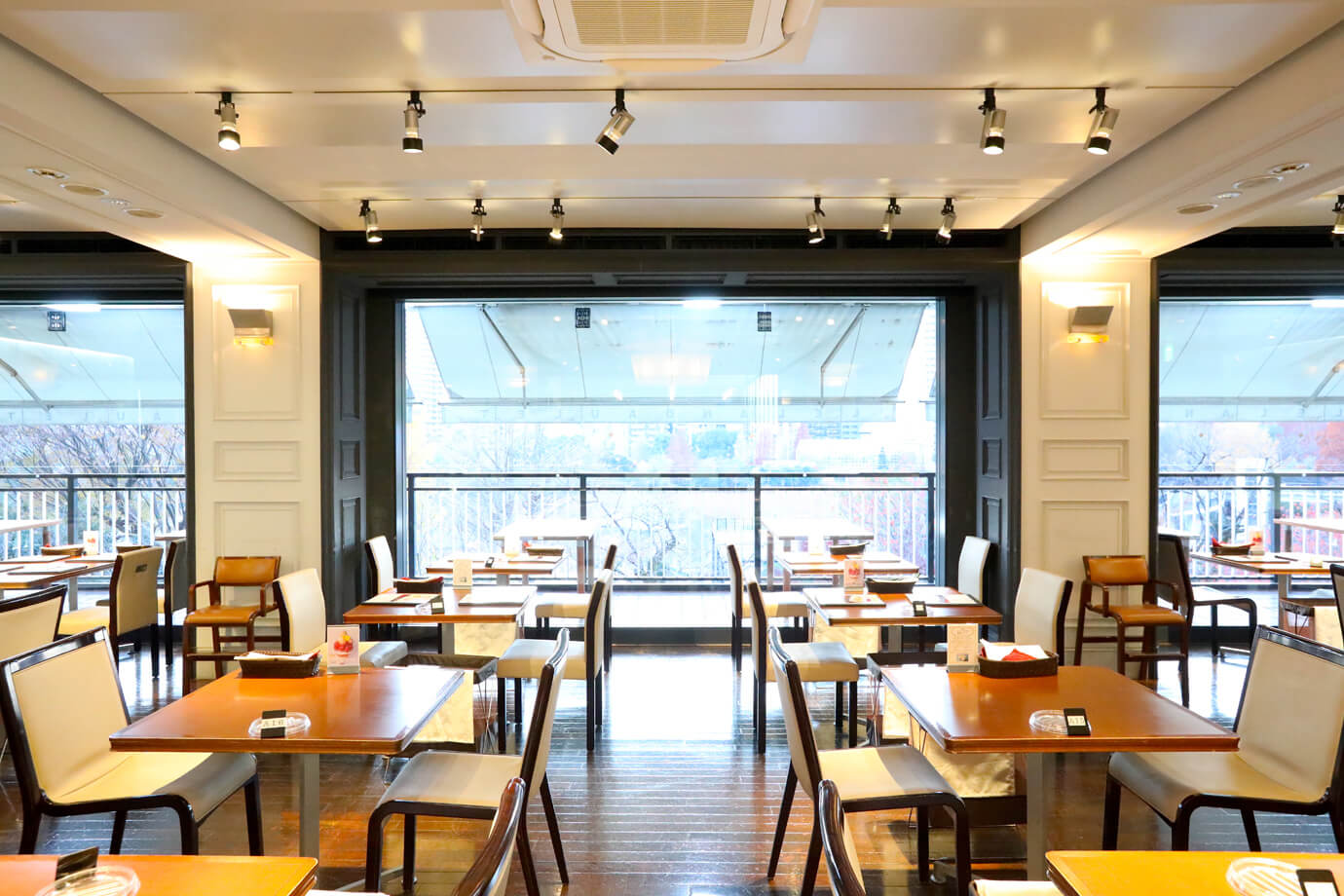
The Honten Restaurant seats 150 people and has an outdoor terrace. The green trees of Ueno Park are beautiful, and in spring you can enjoy your meal while looking out at the cherry blossoms in full bloom.
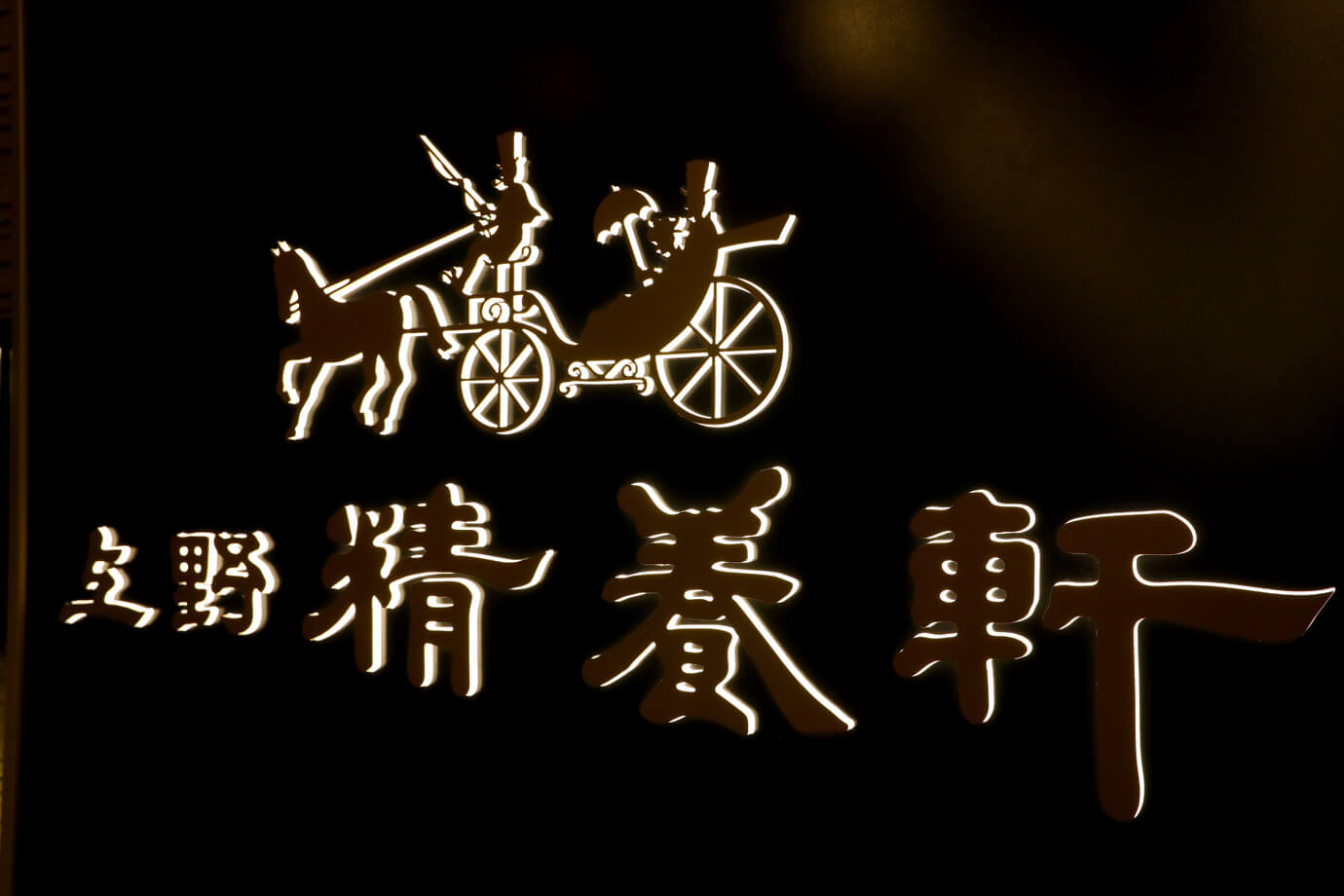
Ueno Seiyoken Honten Restaurant
Address:4-58 Ueno Koen, Taito-ku
Phone:03-3821-2181
Hours:11:00 to last orders at 16:00 (Saturdays, Sundays, and national holidays: 10:30 to last orders at 17:00)
Closed:Monday
Ueno Zoological Gardens
See the cute twin pandas on a stroll through the popular Panda Forest!
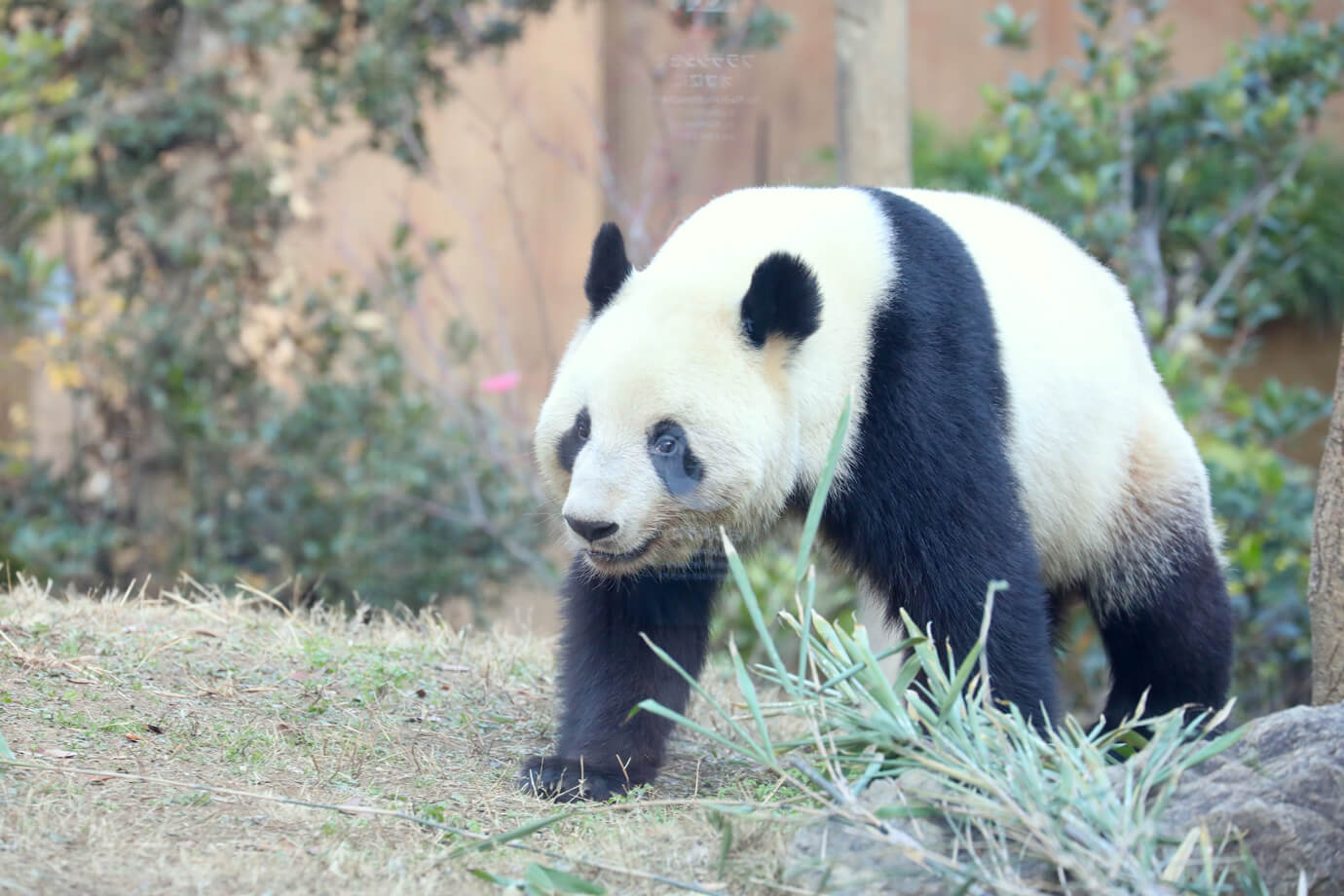
Opening in 1882, Ueno Zoological Gardens was Japan's first modern zoo. Surrounded by lush greenery, the 14-hectare site is home to some 3,000 animals of about 300 species. More than three million people visit annually.
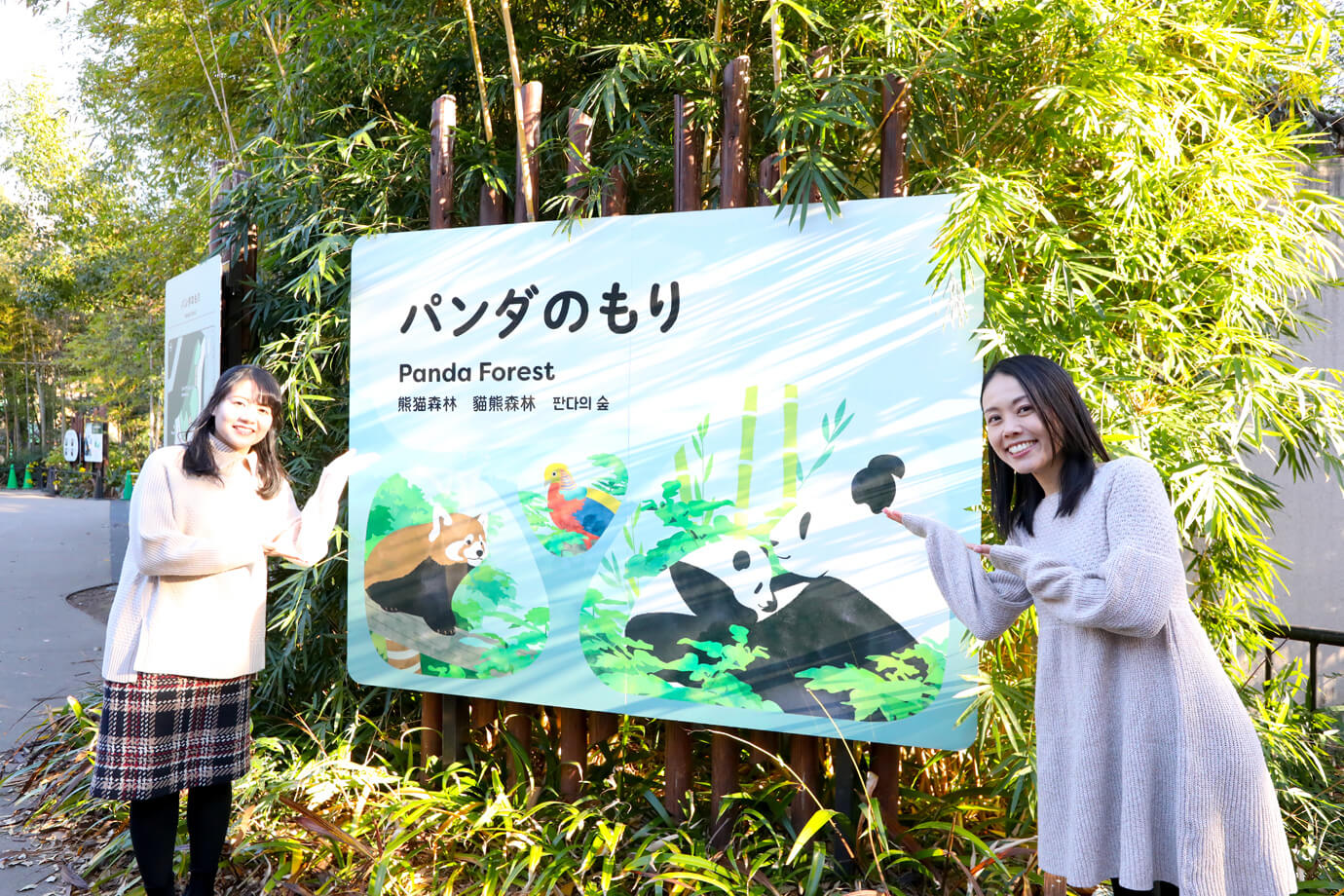
Over the last 50 years or so since the first giant panda arrived in Japan in 1972, the Ueno Zoological Gardens has been engaged in research and breeding with the aim of preserving pandas. The Panda Forest, which opened in the West Garden in September 2020, is a facility for breeding and exhibiting giant pandas. Twins Xiao Xiao (male) and Lei Lei (female), born in June 2021, live in an indoor/outdoor free-range facility that recreates the natural environment of the pandas' home in Sichuan, China.
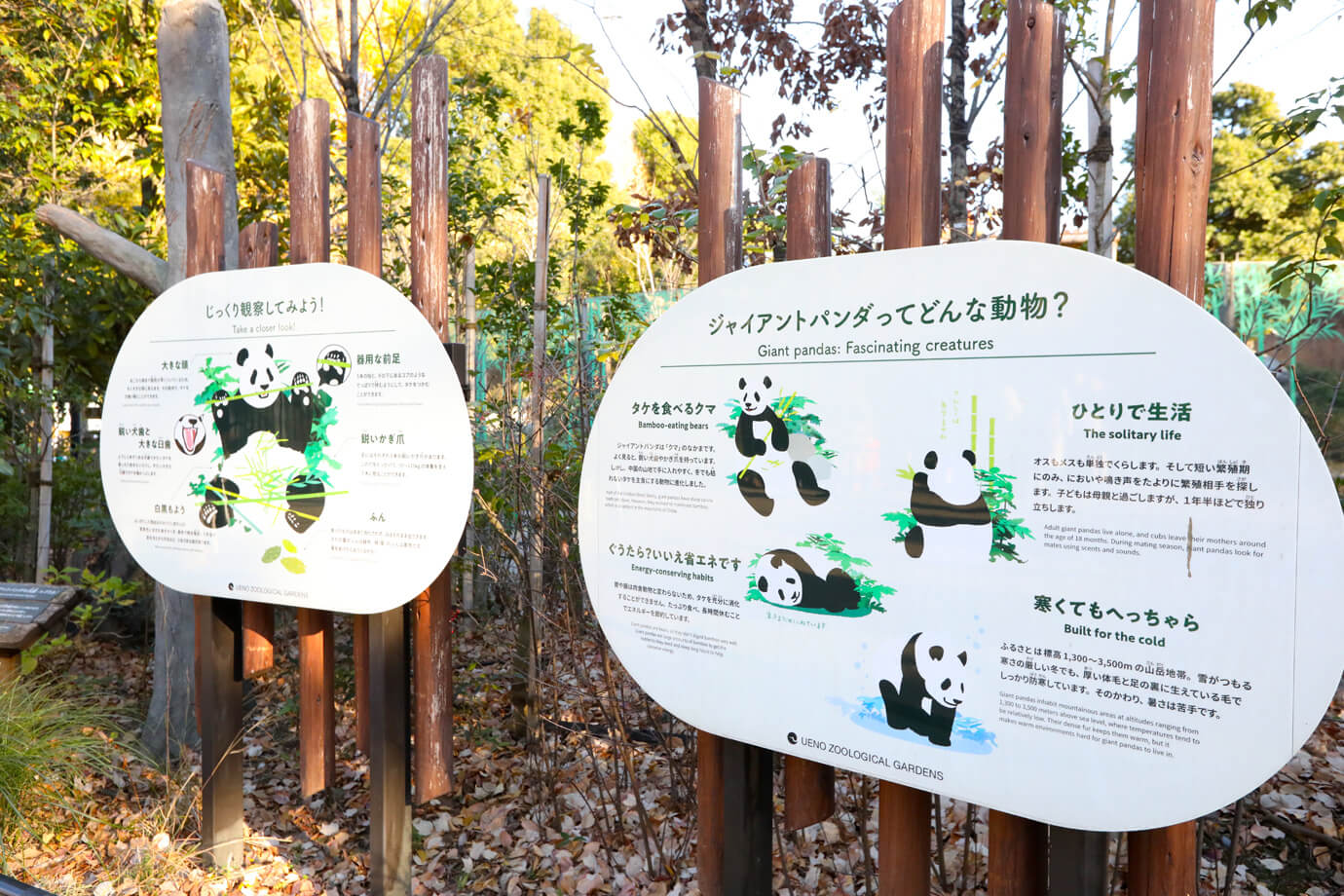
A viewing corridor has been set up around the free-range panda enclosure to showcase the ecology of giant pandas and introduce trivia about them. There are panda footprints, claw marks, and replicas of dung underfoot, making for an exciting experience for visitors, like encountering wild pandas in the forest.
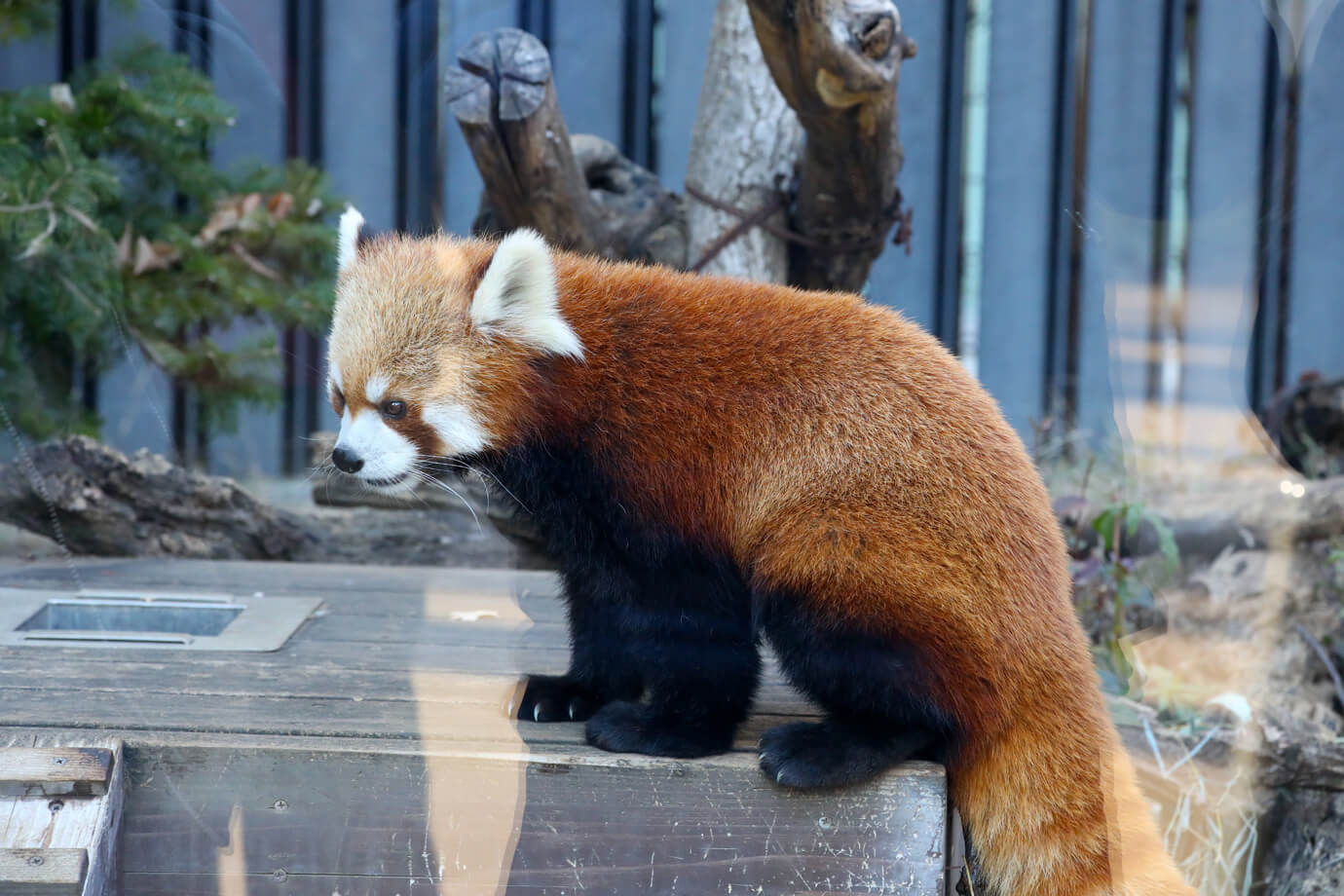
Red pandas, an animal native to the forests of China, also live on the grounds. We felt all warm and fuzzy seeing them bask in the sun and the parent-children groups playing.
See animals from all over the world as you wander around the entire park
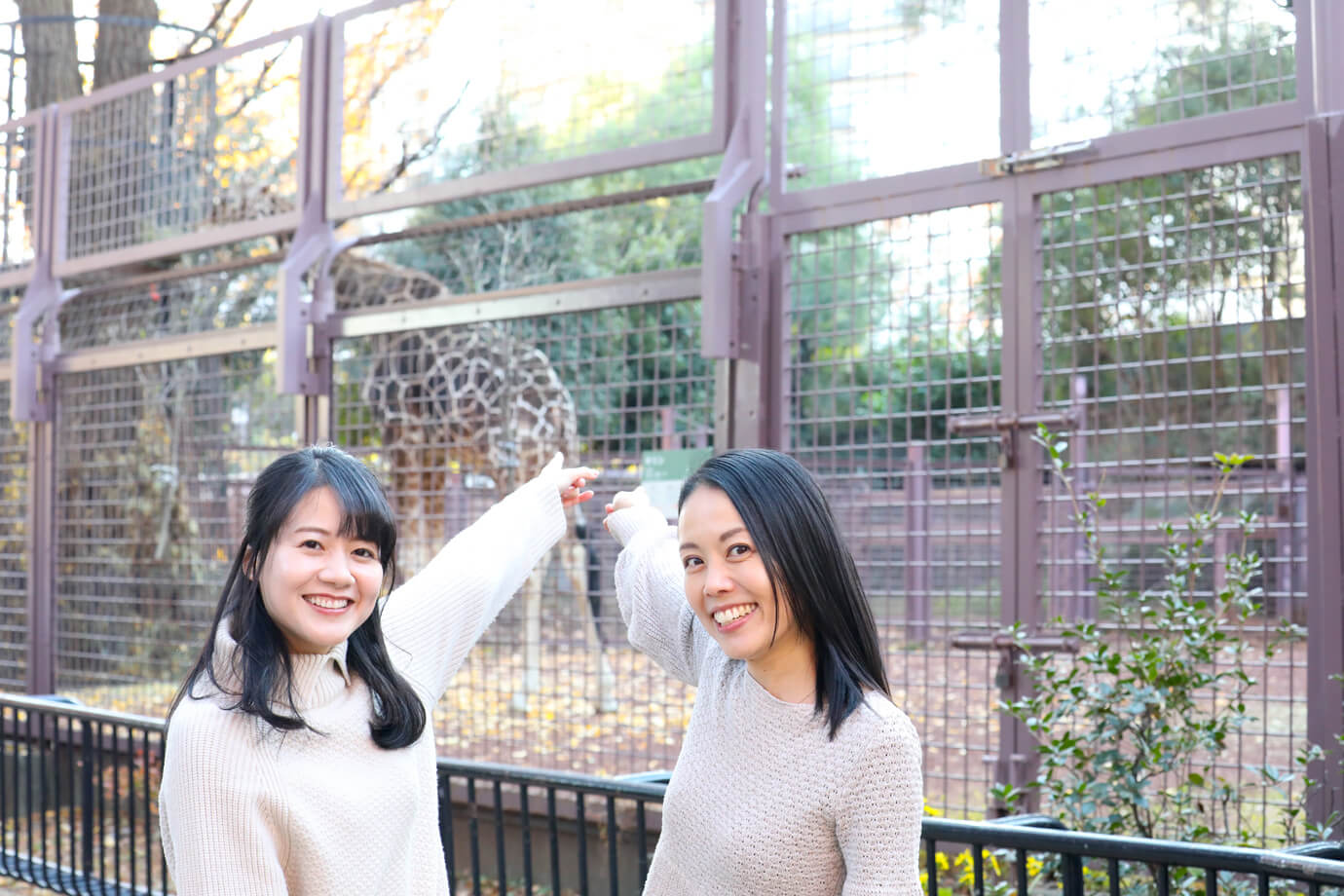
Near the Panda Forest is a breeding facility for African animals such as giraffes, rhinos, and hippos.
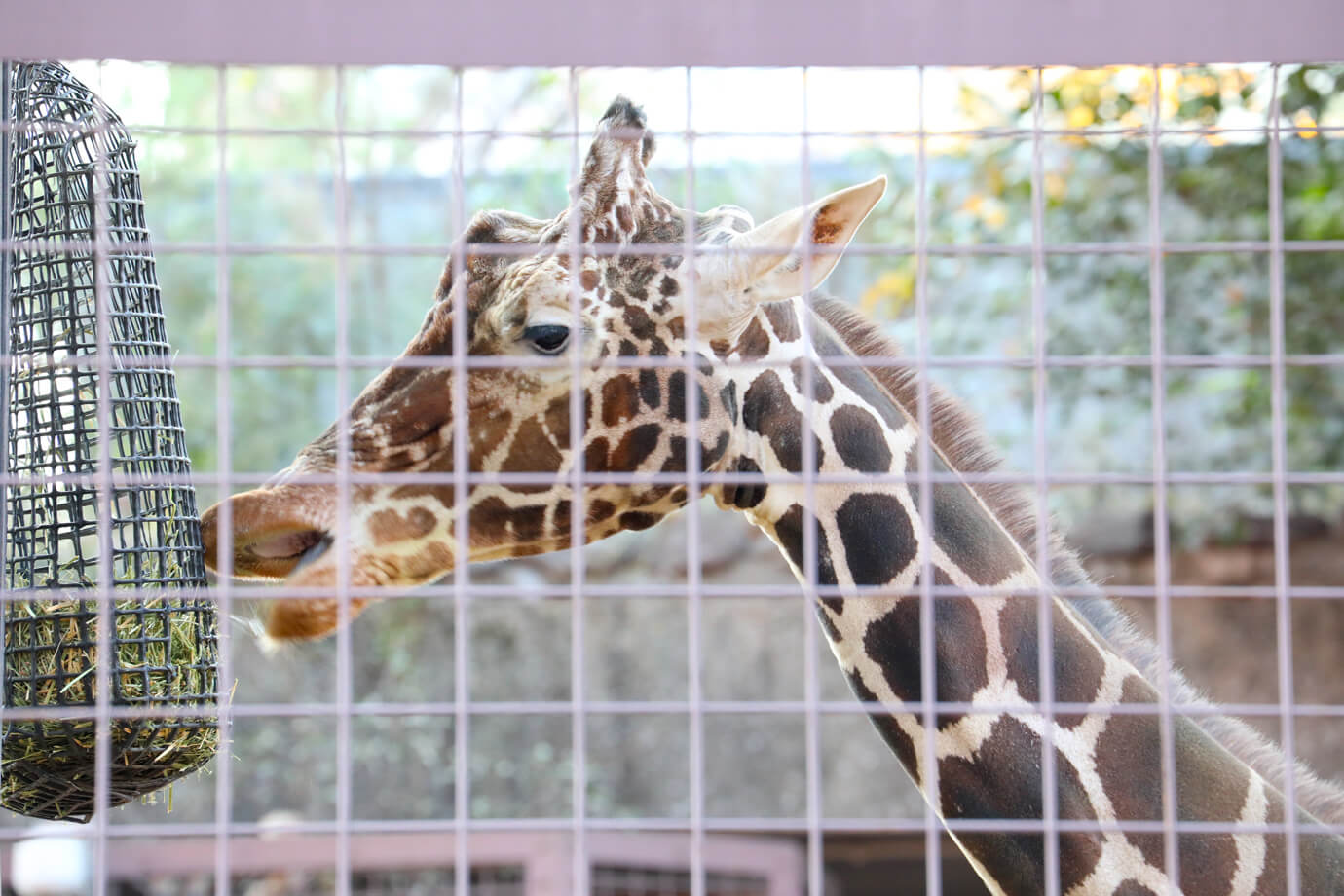
In the giraffe house, cages with holes are hung high up to approximate giraffes’ natural environment as closely as possible. They use their long, dexterous tongues to pull out grass and munch on it.

Two polar bears, Ikor and Dea, live in the Polar Bear and Seal Oceans in the East Garden area They are dynamic when they swim in the large aquarium there.
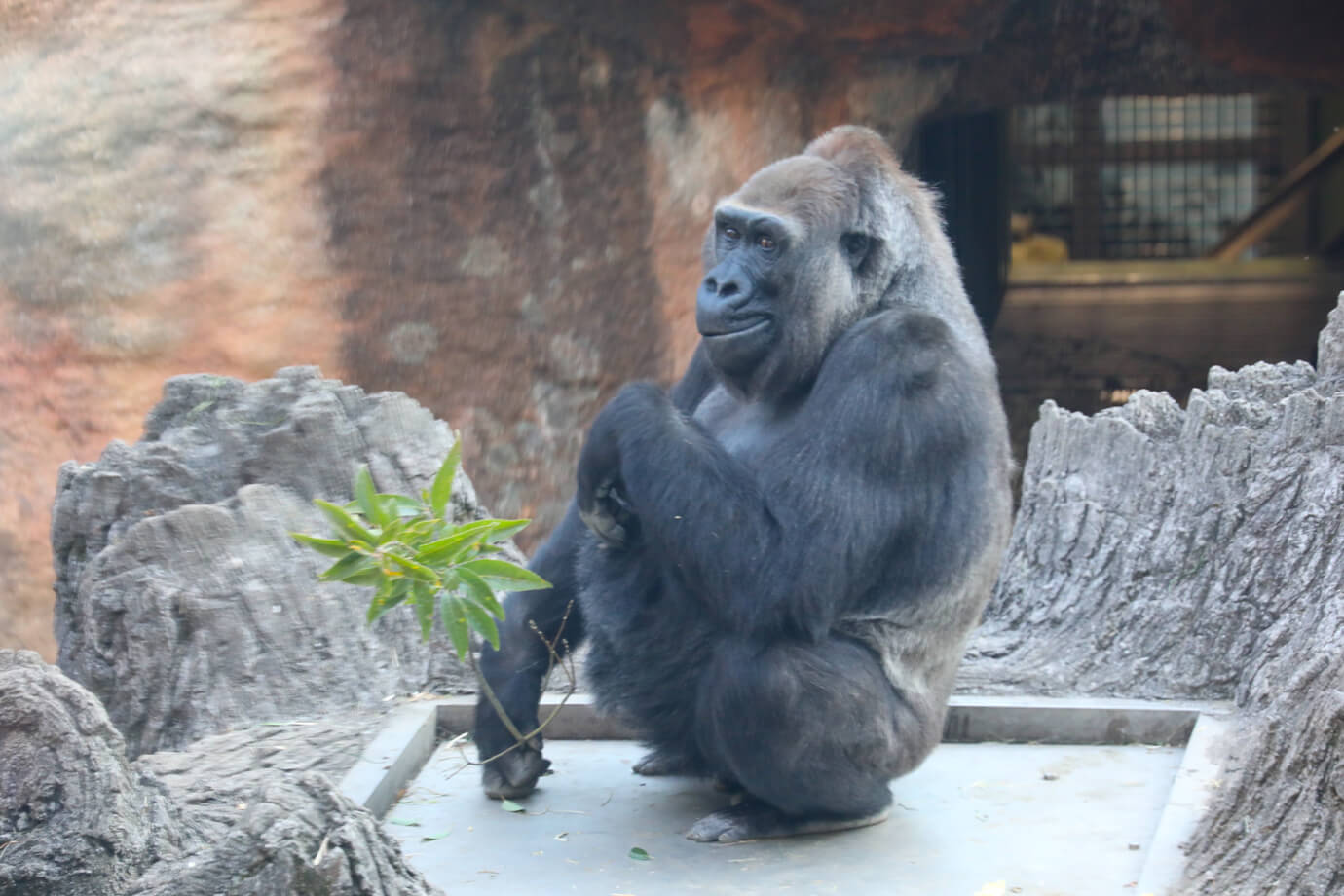
In the Gorilla Woods and Tiger Forest, gorillas are raised in troops just like wild gorillas. Sumomo was born in 2022, and visitors can see her growing up in a troop under the watchful eye of her mother.
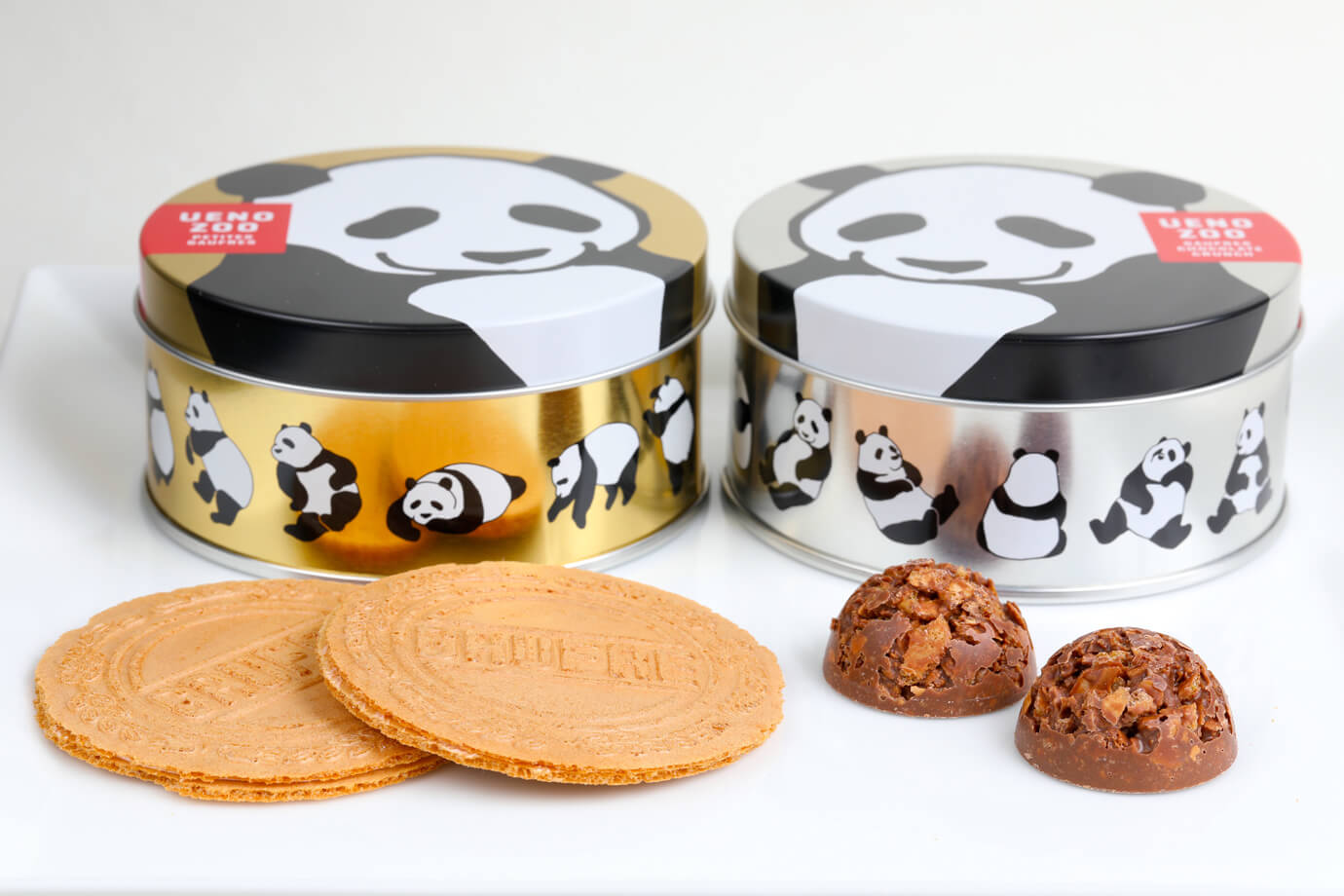
At the gift shop Petit Chameleon, we recommend the Ueno Zoo Panda Set with Petites Gaufres & Crunch Chocolates, named after the twins Lei Lei and Xiao Xiao, for 1,380 yen. The gold tin contains gaufres and the silver tin contains crunch chocolates.
The breeding houses at the Ueno Zoological Gardens create environments that are close to animals natural habitats. Visitors can therefore see the animals more relaxed. Animals may be removed from the exhibits for health reasons, so please check the website or other information in advance.
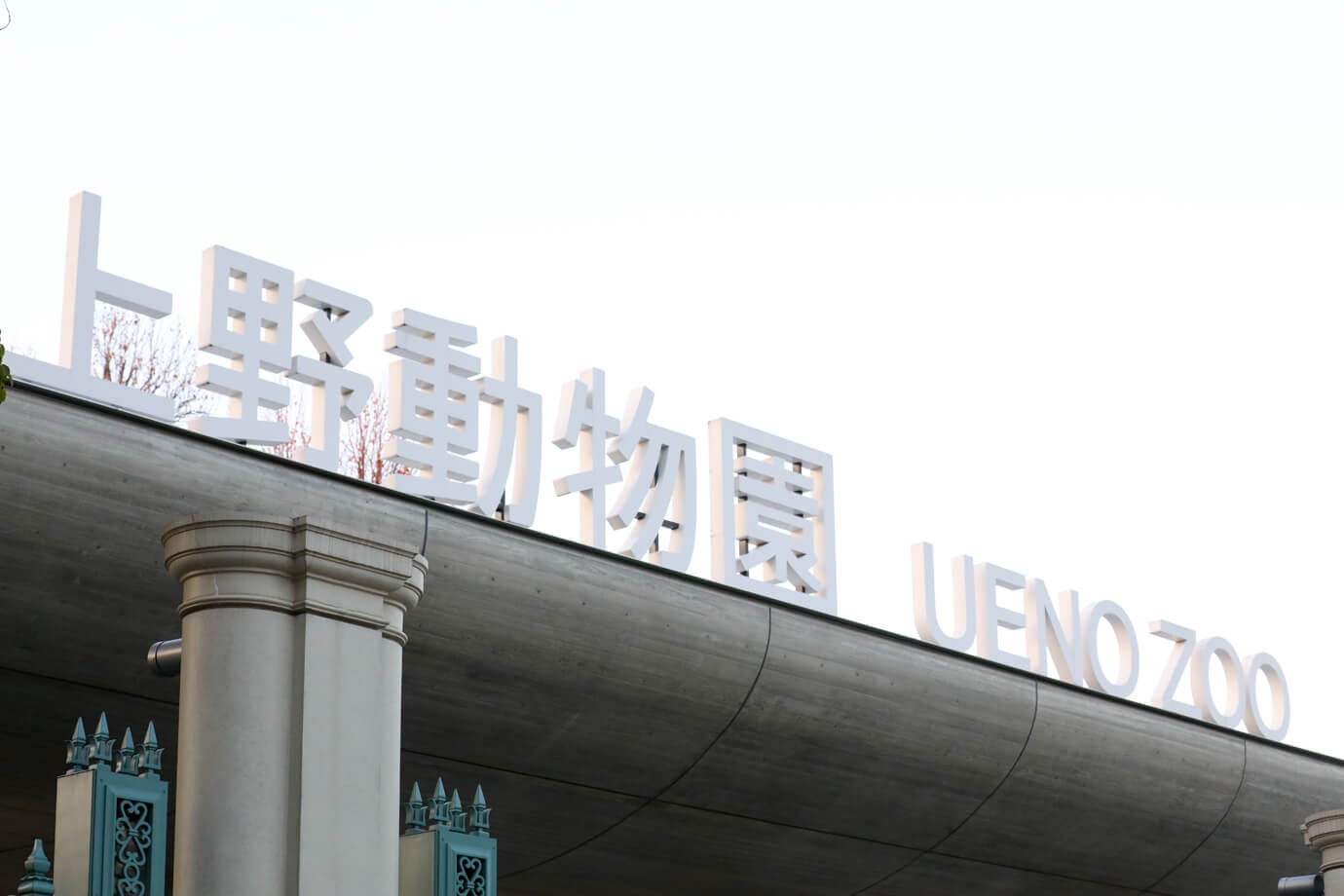
Ueno Zoological Gardens
Address:9-83 Ueno Koen, Taito-ku
Phone:03-3828-5171
Costs:600 yen (general admission)
Hours:9:30 to 17:00 (admission and ticket sales up to 16:00)
Closed:Monday (or the following day in the case of a national holiday), December 29 to January 1
JR-East Hotel Mets Premier Akihabara
An extraordinary space where guests can experience the pop culture of Akihabara
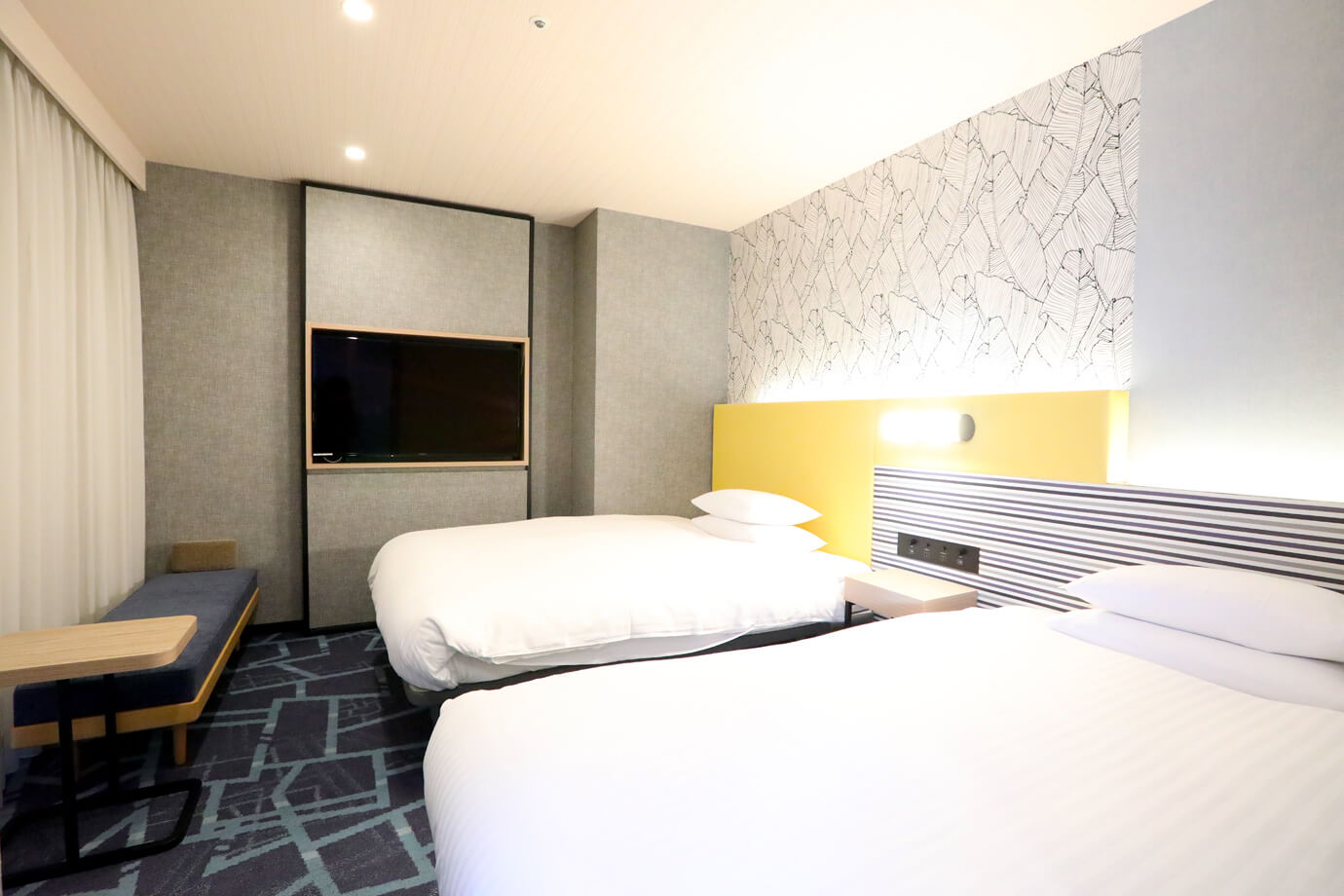
The hotel is conveniently located right in front of the Electric Town South Exit, just a one-minute walk from JR Akihabara Station. This is a convenient base for business, sightseeing, live performances, and events.
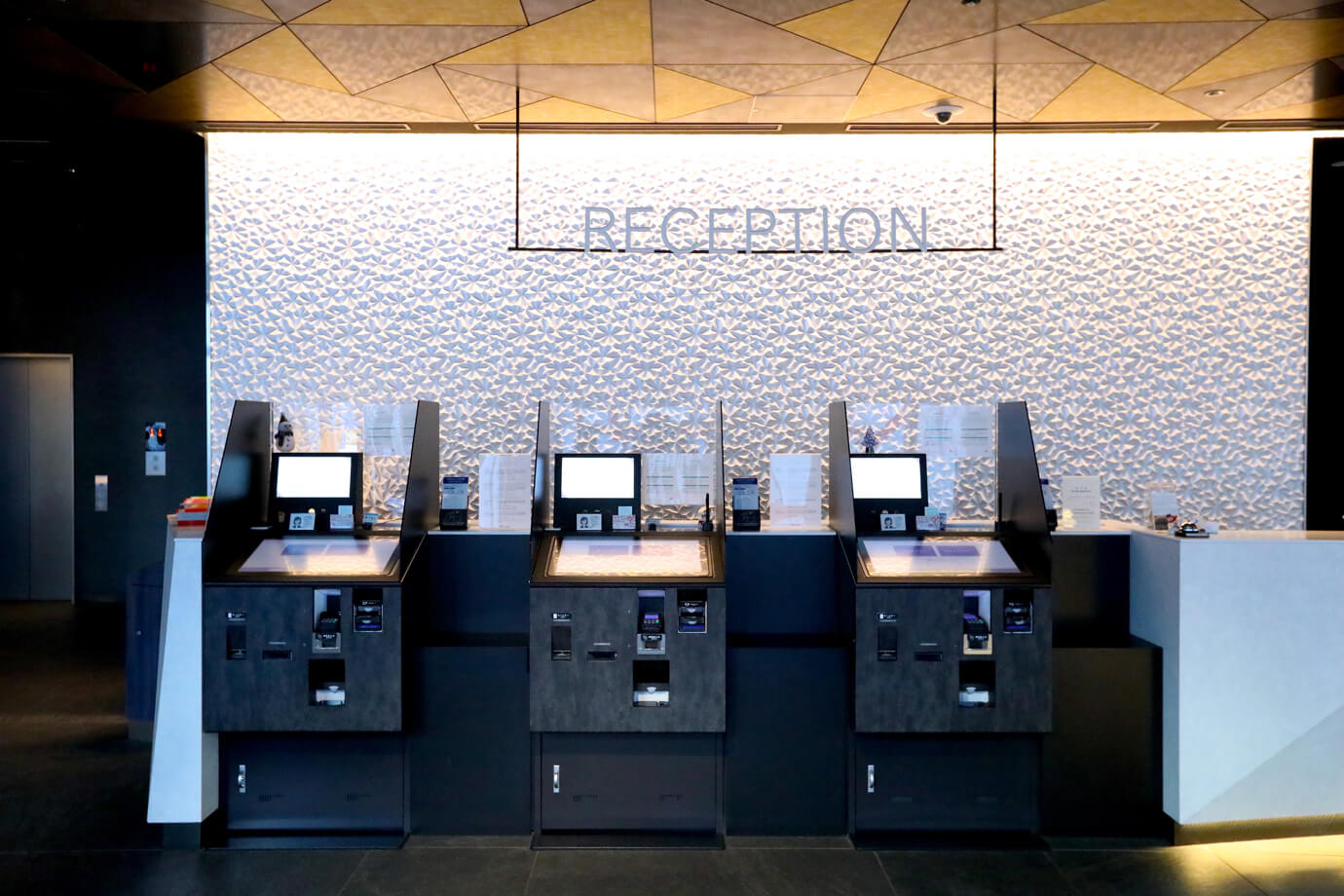
The front desk is equipped with touch-panel self check-in kiosks. By scanning the QR code presented at check-in, guests can connect to the Wi-Fi without needed to enter a password.
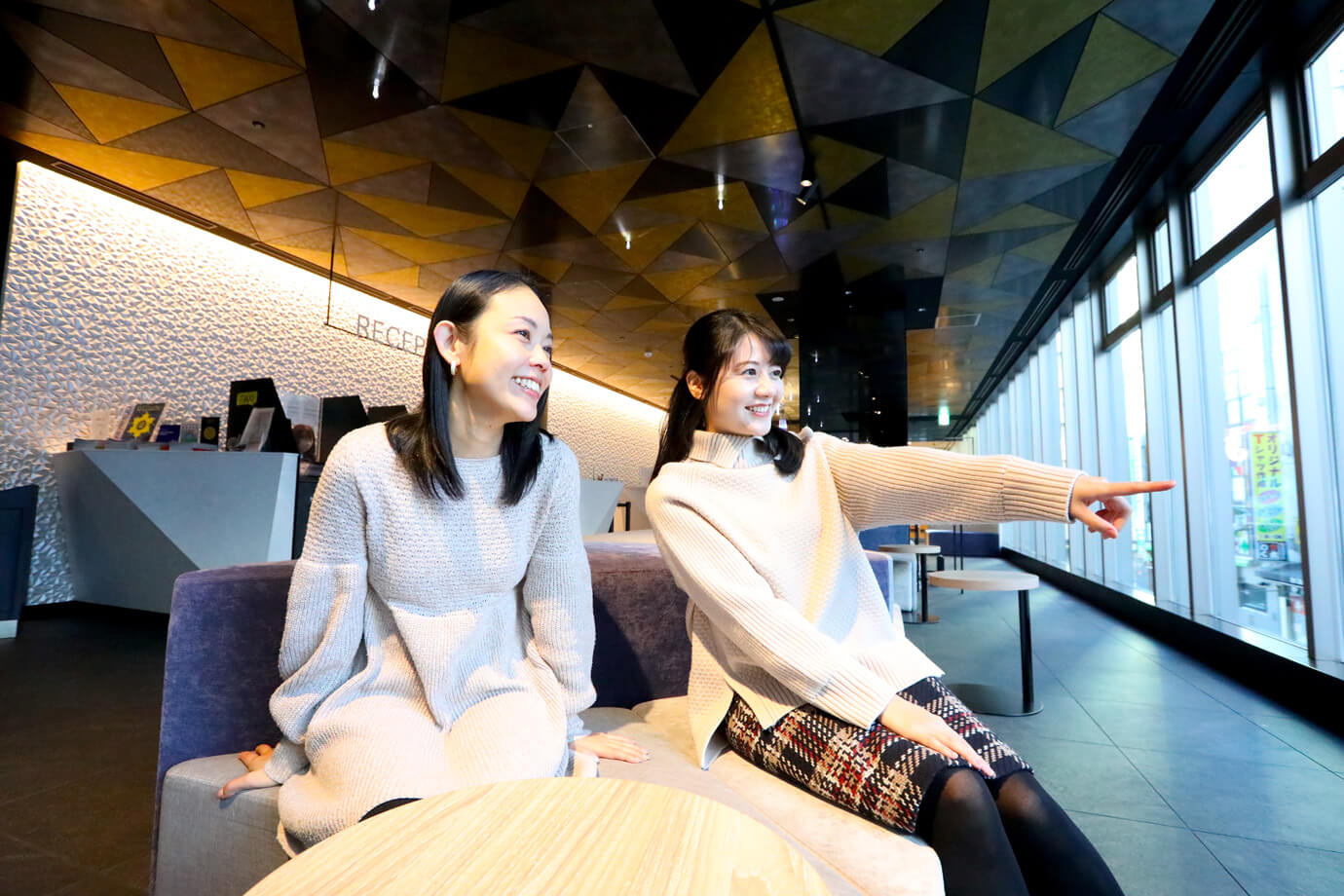
The lobby lounge, where the reception desk is located, is furnished with geometrically designed sofas. People passing by in front of the station are just a few steps away. A wide variety of amenities are also available next to the front desk.
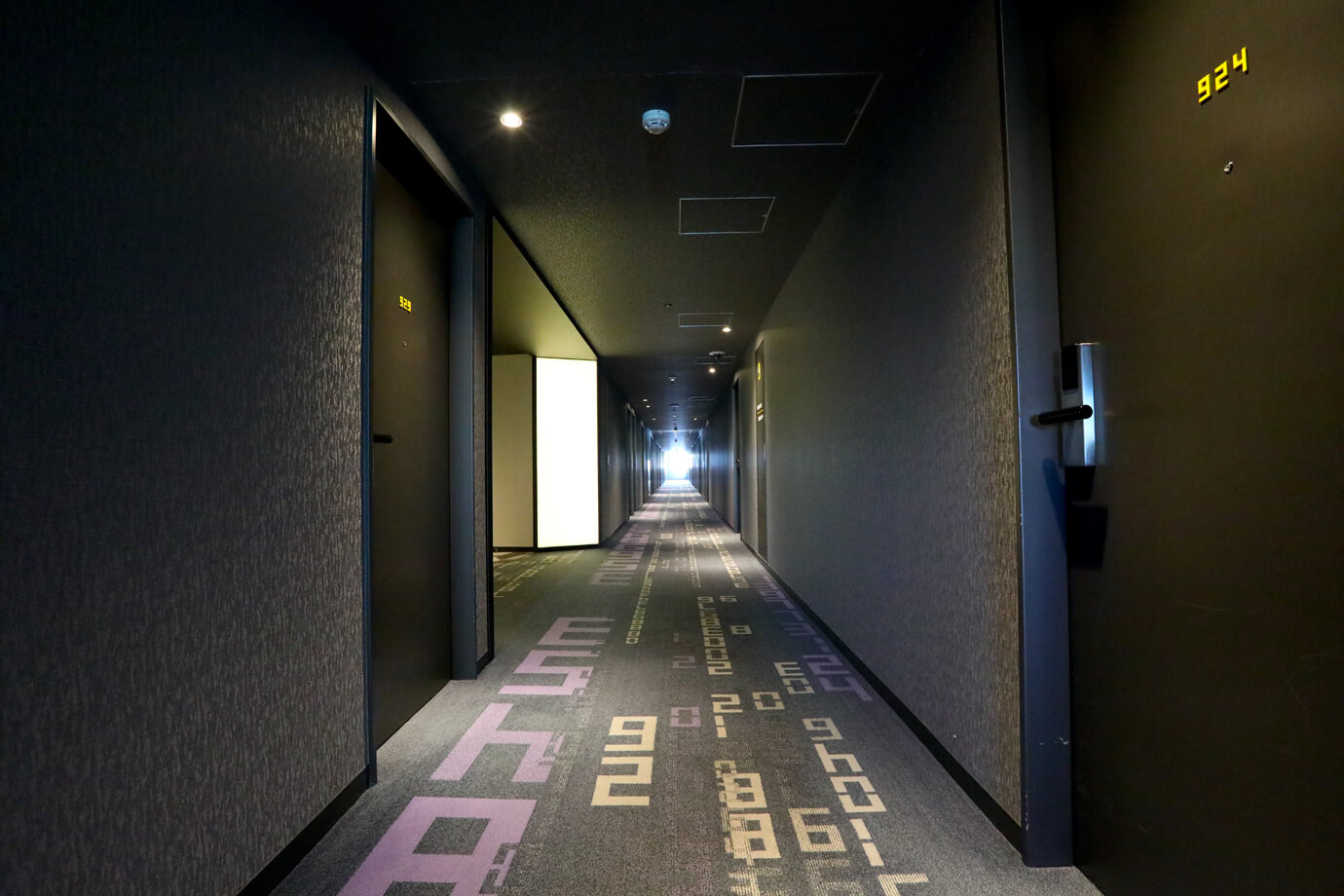
The security system in the elevator means only guests can access their rooms. The corridor leading to our guest room is lined with series of numbers, making it seem as if we had wandered into a virtual space.
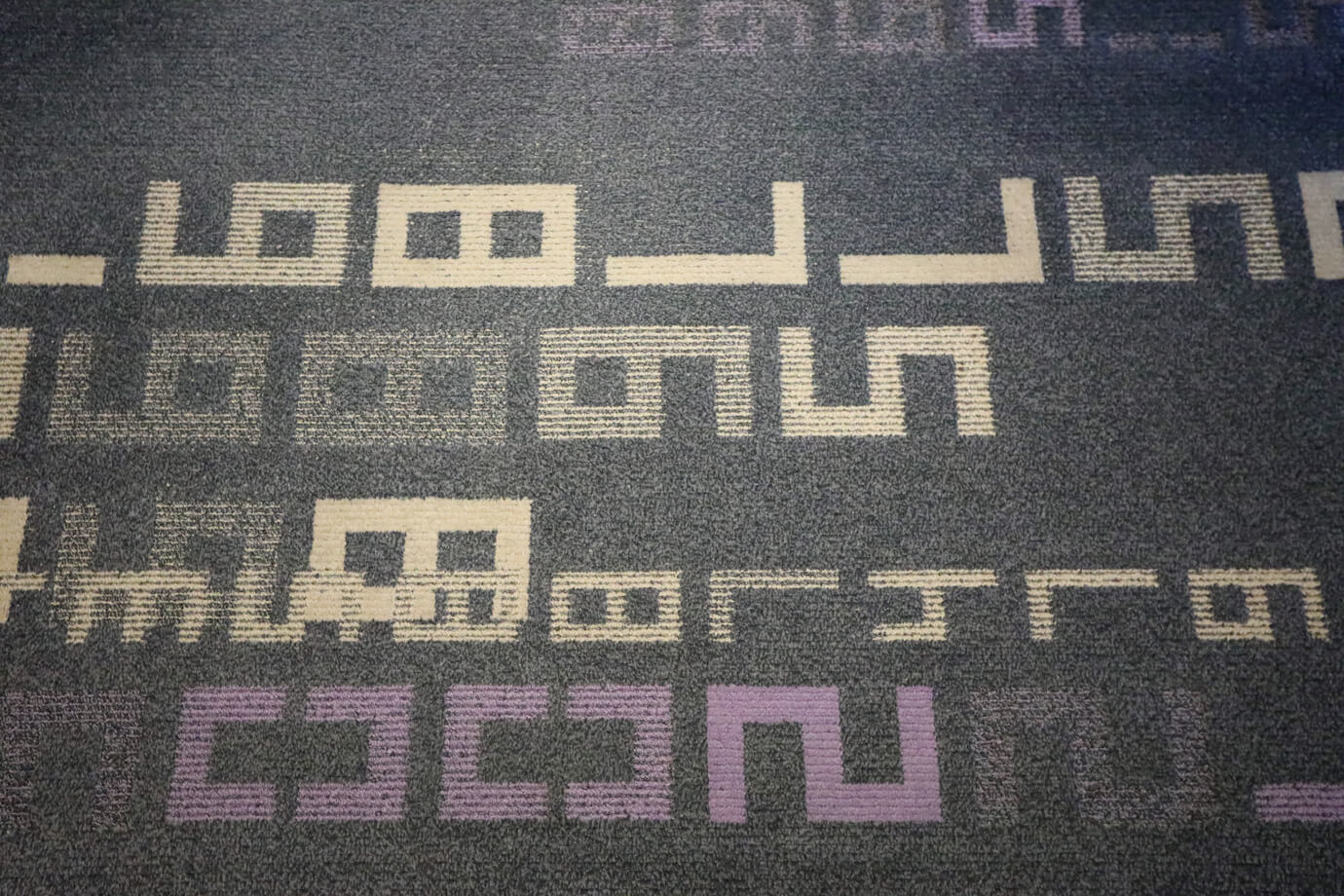
The numbers in the floor design in fact indicate the latitude and longitude of the hotel.
Some guest rooms offer balconies looking out at the blue sky and Akihabara Electric Town!
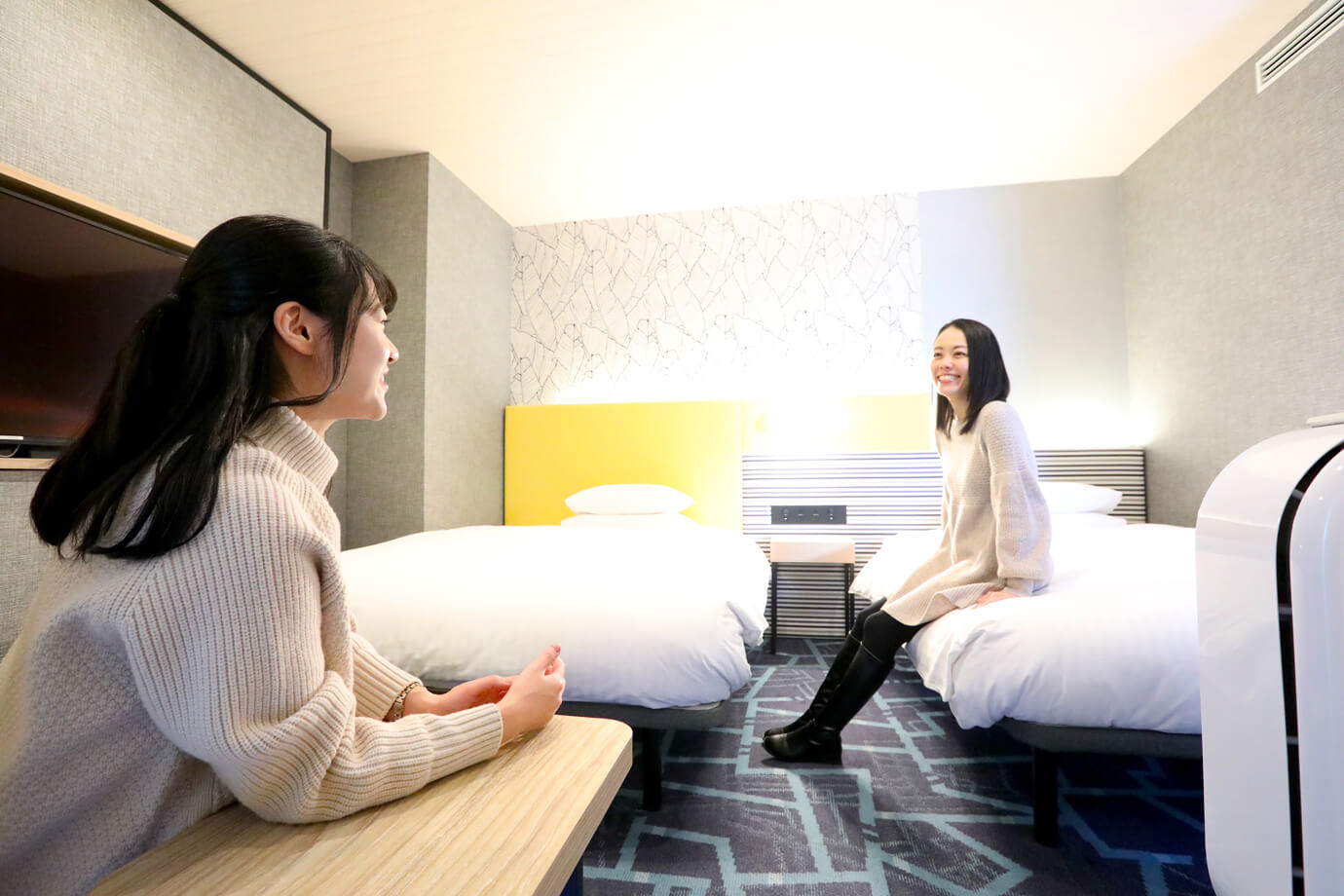
Guest rooms are designed with Akihabara Electric Town and the area’s pop culture in mind. The rooms are mainly superior rooms, offering 160 cm double beds that can comfortably accommodate two guests.
On this trip, we will showcase the Deluxe Queen/Balcony guest room found on the top floor. The room is equipped with single and semi-double Simmons beds, as well as a sofa & table. Items to help guest relax such as massage cushions and chocolate candies are also available.
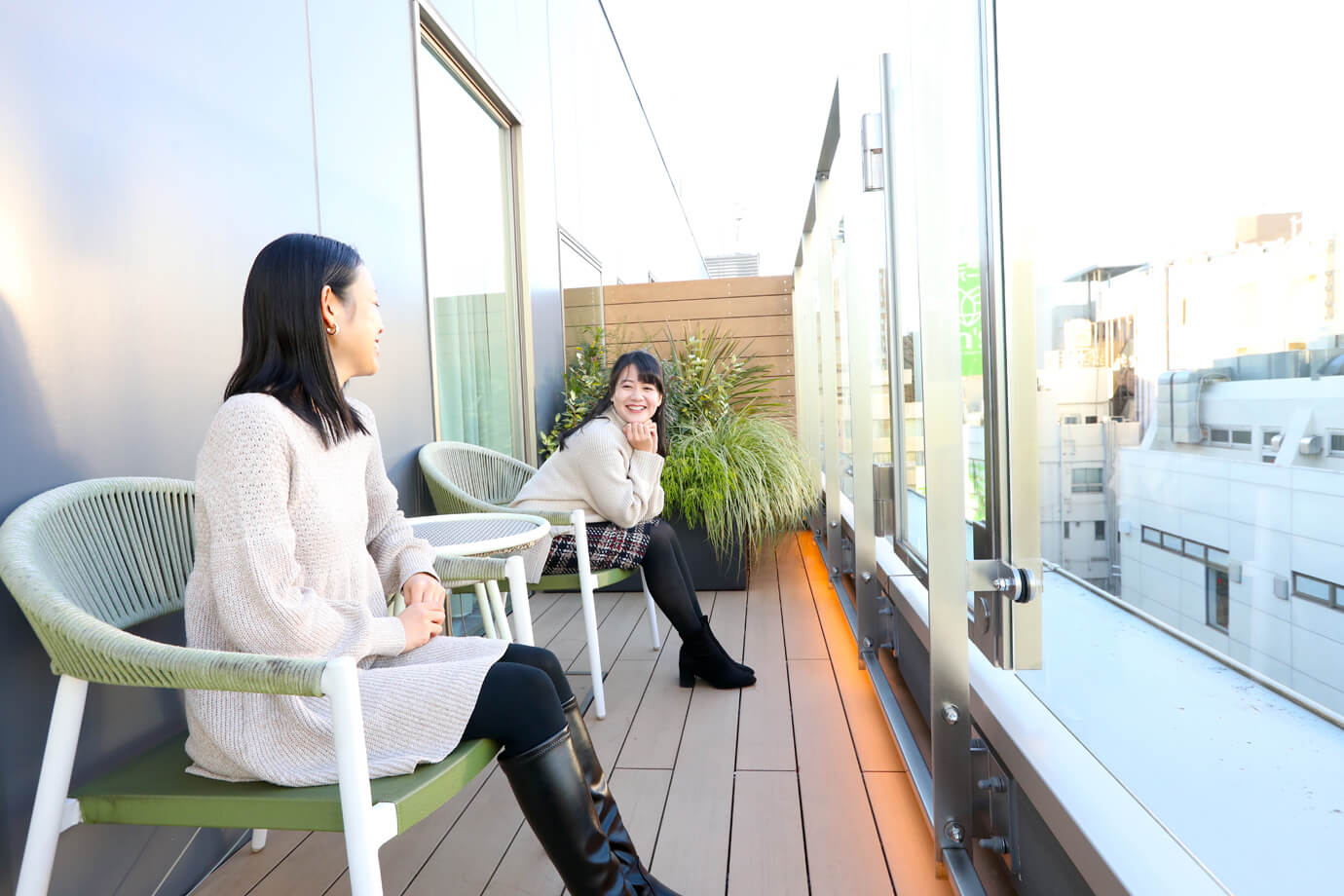
Our room features an outdoor balcony overlooking Akihabara Electric Town. Enjoy a extraordinary time having tea while looking at the neon lights of the buildings at night!
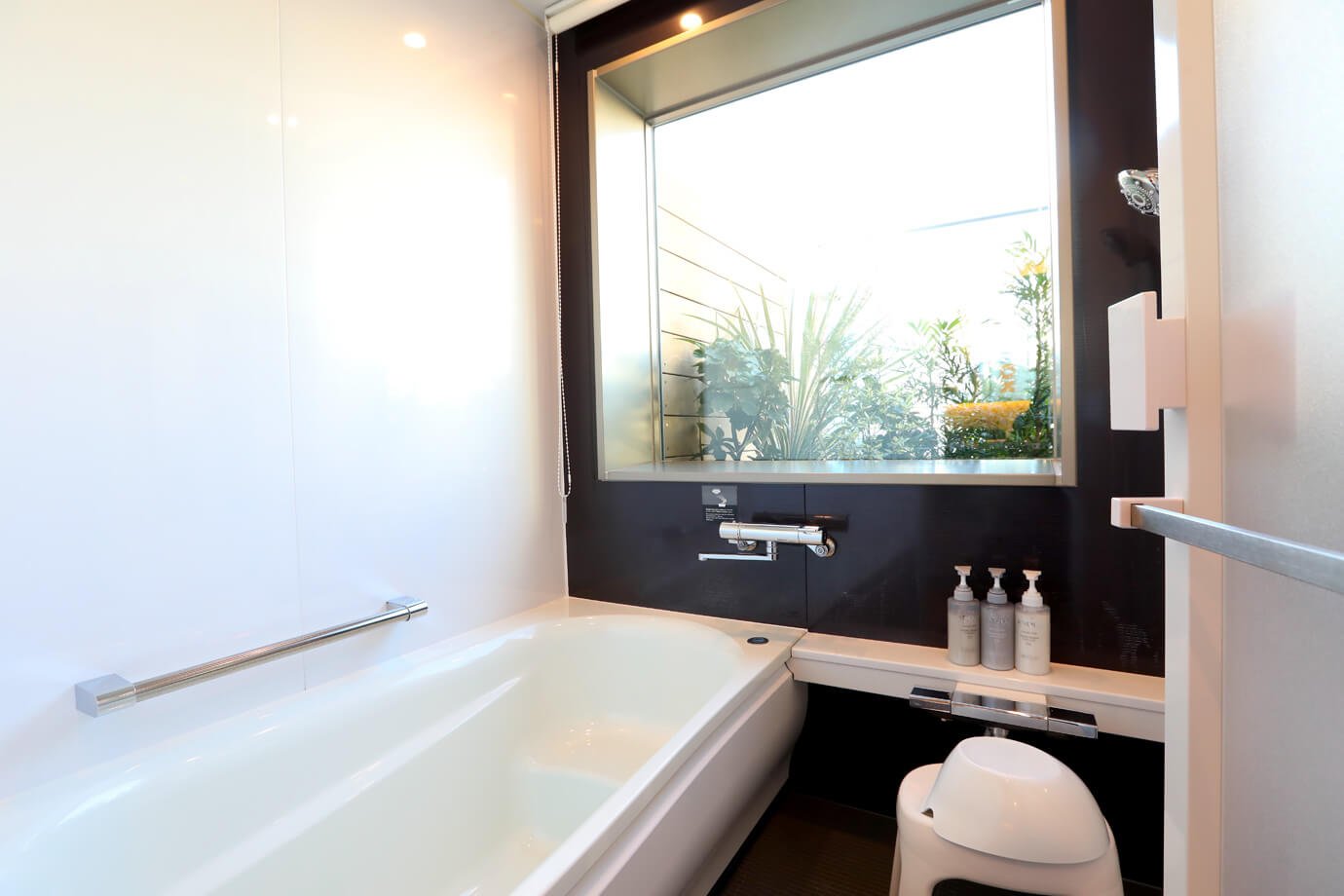
The bathroom faces the balcony, so guests can enjoy the view of Akihabara from the bathtub as well. All bathrooms feature separate baths and toilets (with a washing area), making your soak a more relaxing experience.
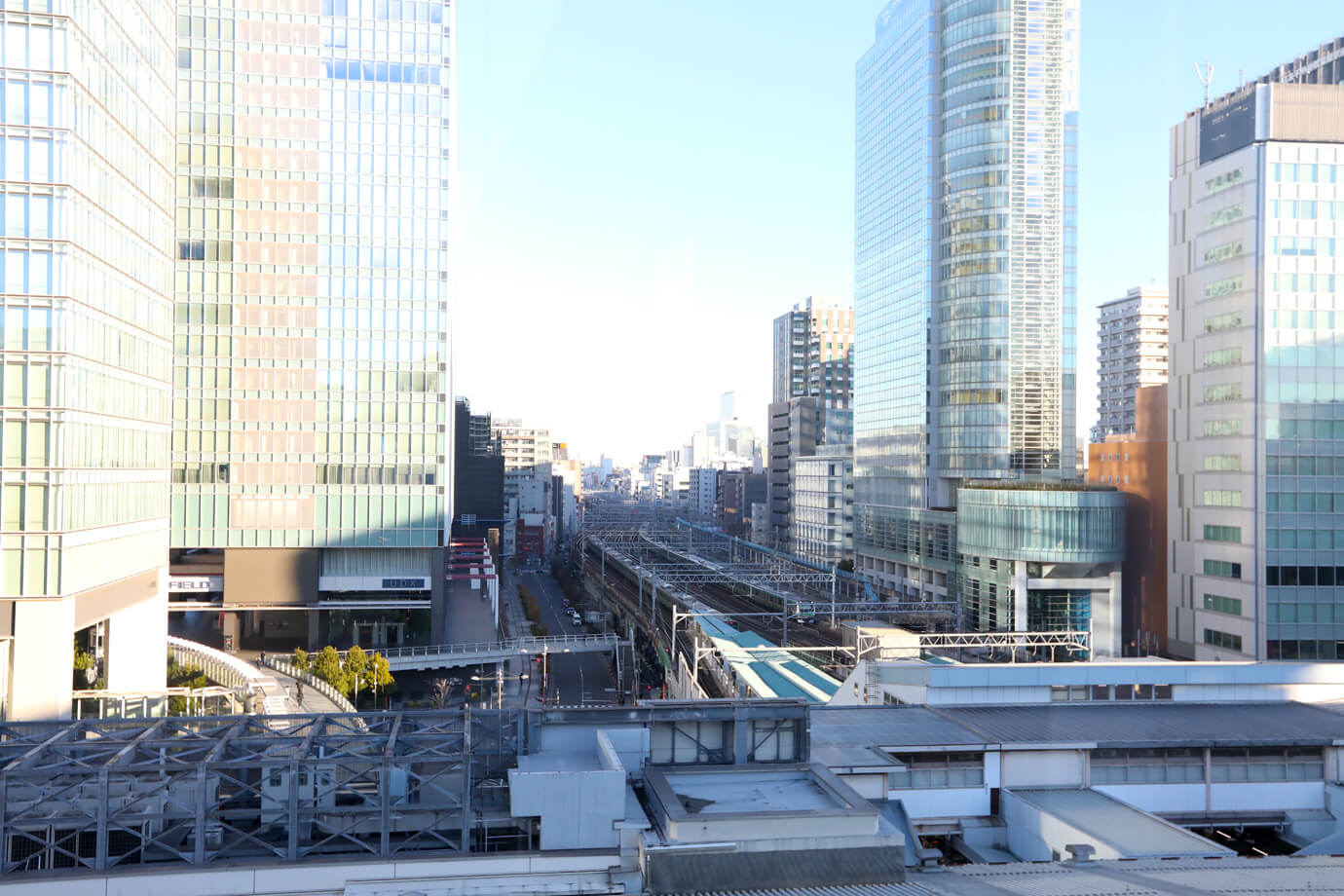
This is the view of Akihabara from the 9th floor. Overlooking Akihabara Station below, hotel guests can see trains coming and going starting early in the morning.
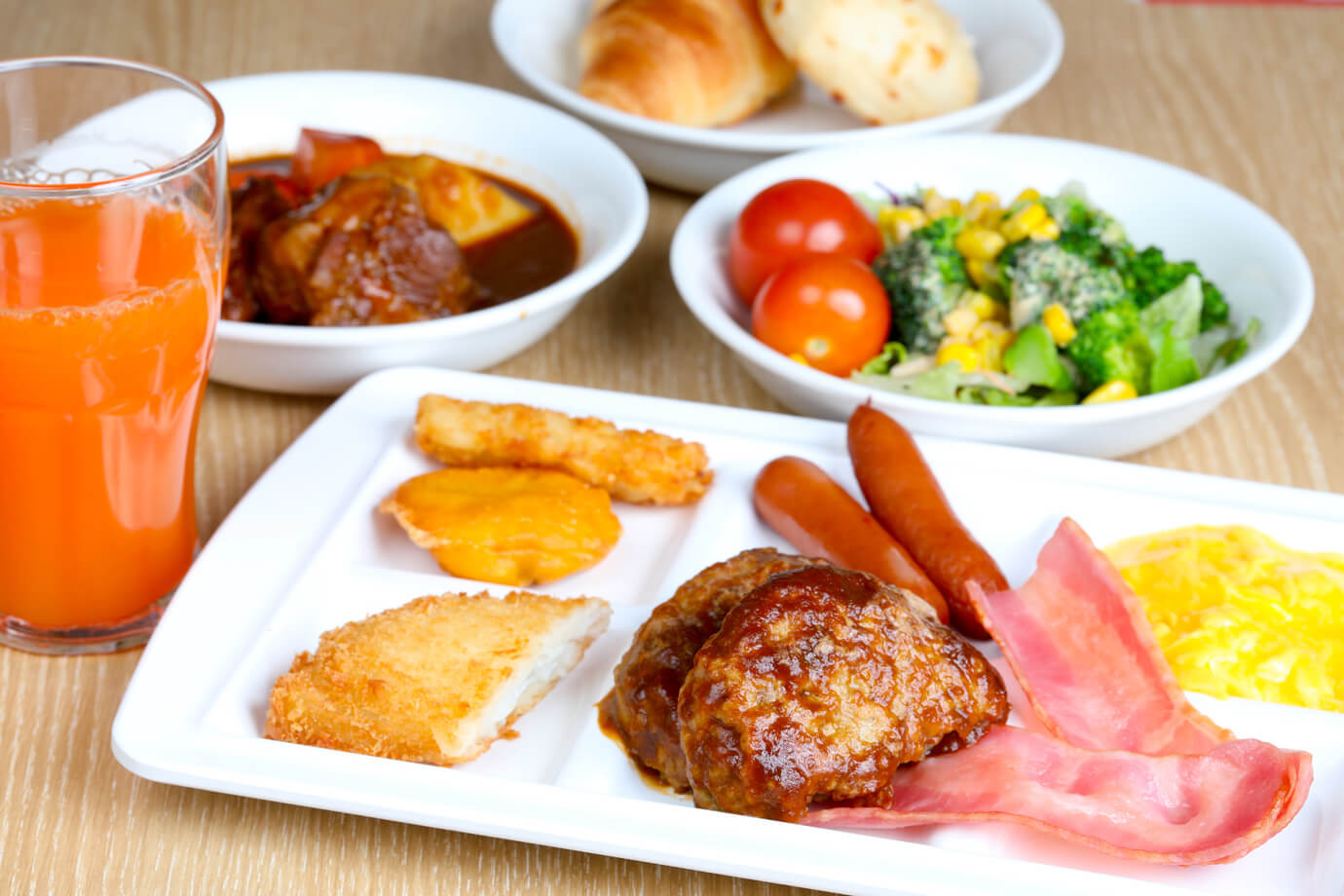
Jonathan's, located on the second floor of the hotel, offers a breakfast buffet starting at 6:30 AM. The buffet table is lined with a wide range of dishes, from salads to Japanese and Western dishes, croissants, rice-flour breads, soups, and even curry.
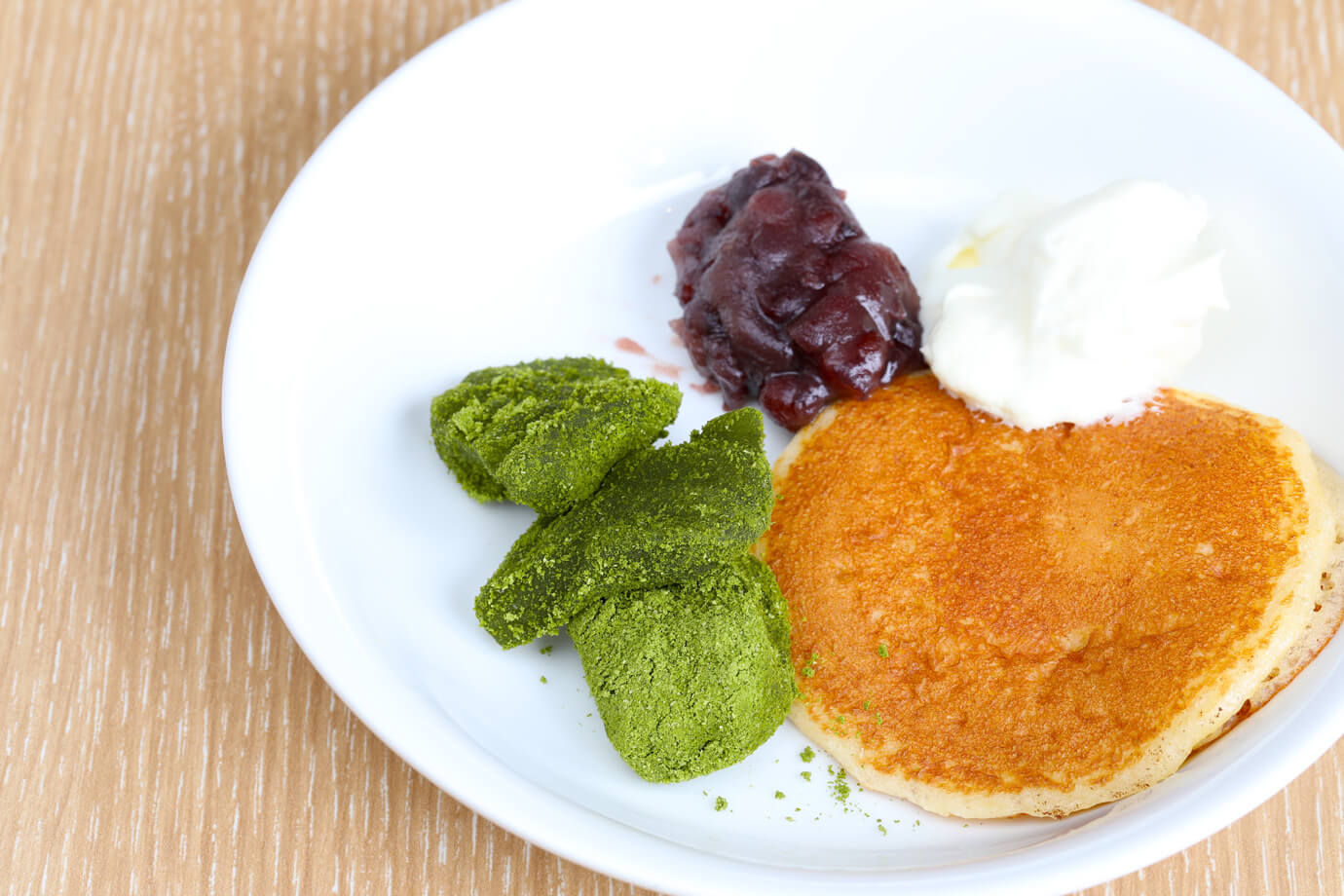
This is the popular Dorayaki Pancake. We recommend sandwiching mascarpone cream and red bean paste between the pancake. Matcha warabimochi, agar, and kuromitsu syrup are also available to enjoy with the pancake.
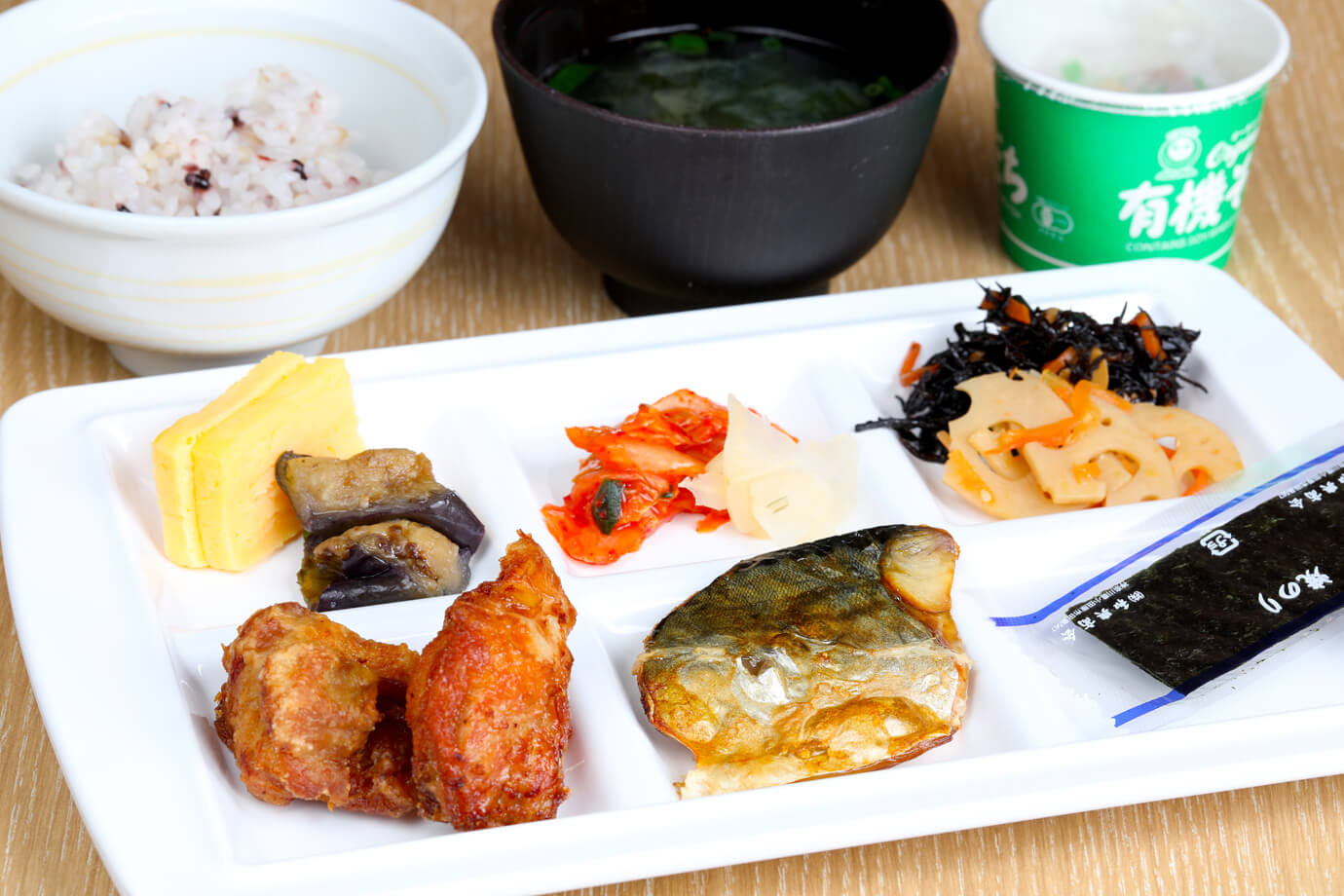
Two types of rice are available: carefully selected Koshihikari rice, and multigrain rice with quinoa, which is said to have high nutritional value. There is a variety of comforting Japanese dishes available such as dashimaki tamago (rolled omelette), grilled fish, natto, and miso soup.
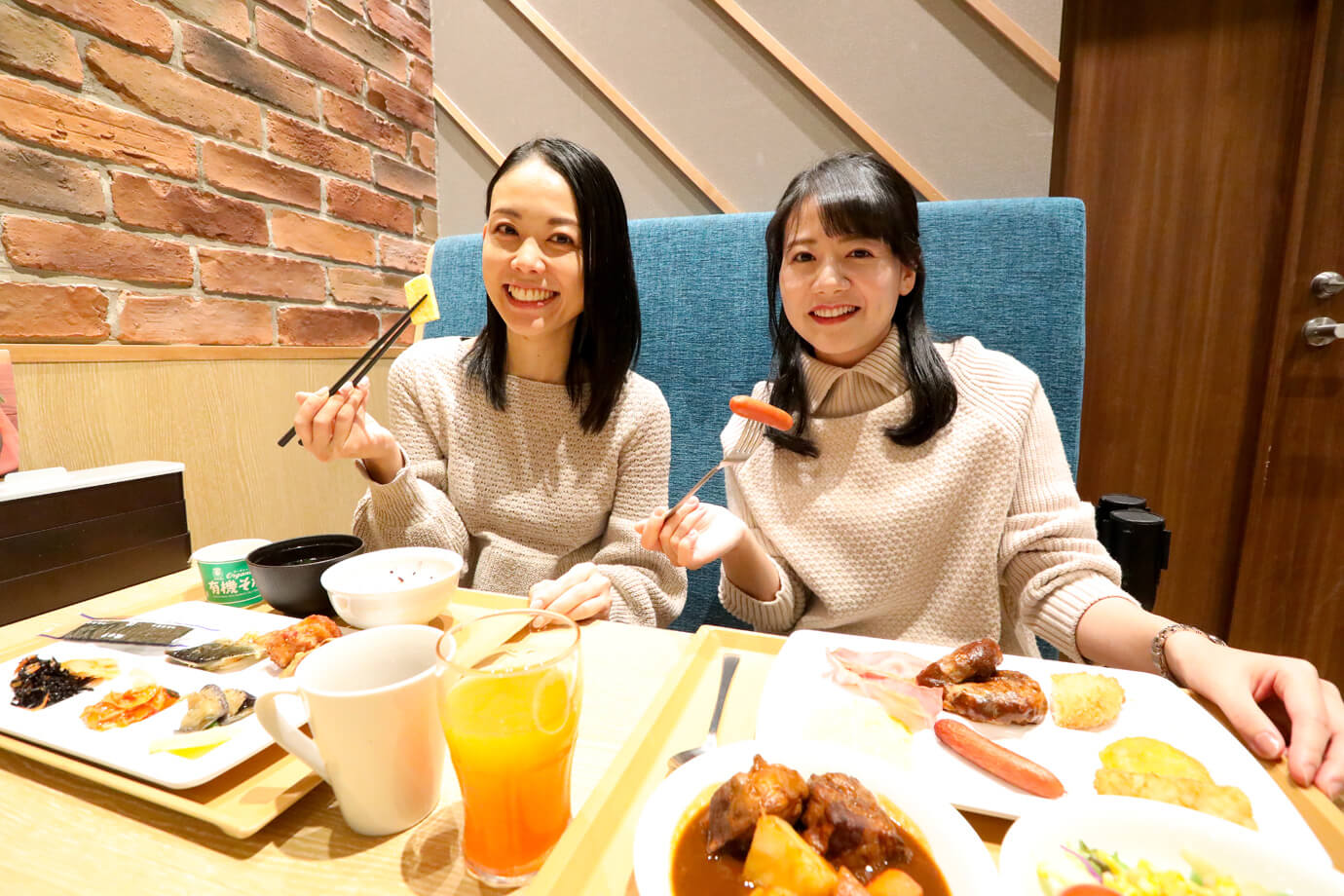
The wide variety of beverages available at the drink bar is great, too. It is quite a bargain to have so many items available with a breakfast ticket.
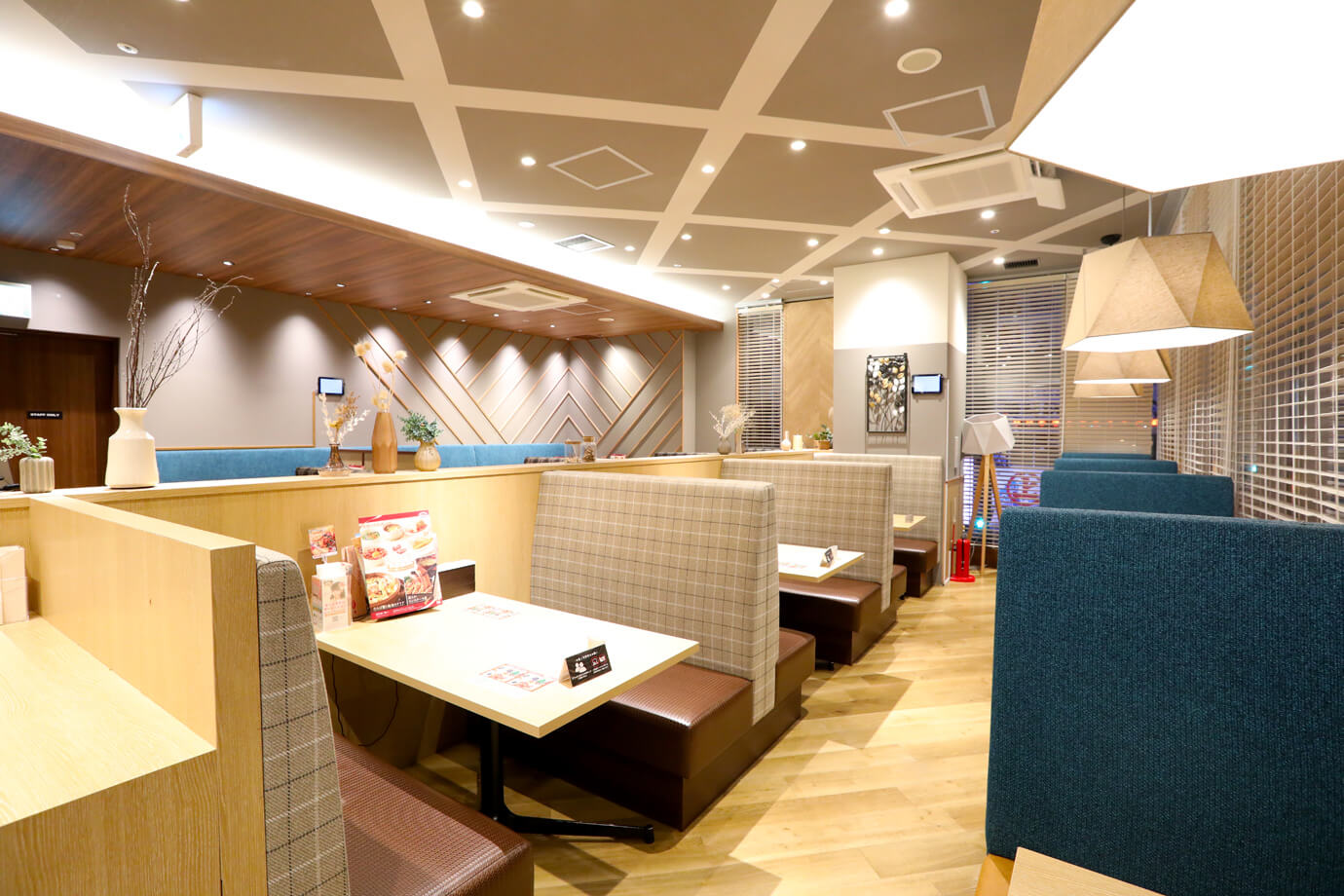
Jonathan's offers a spacious interior. There is a Starbucks on the first floor of the hotel, and breakfast tickets can also be used here.
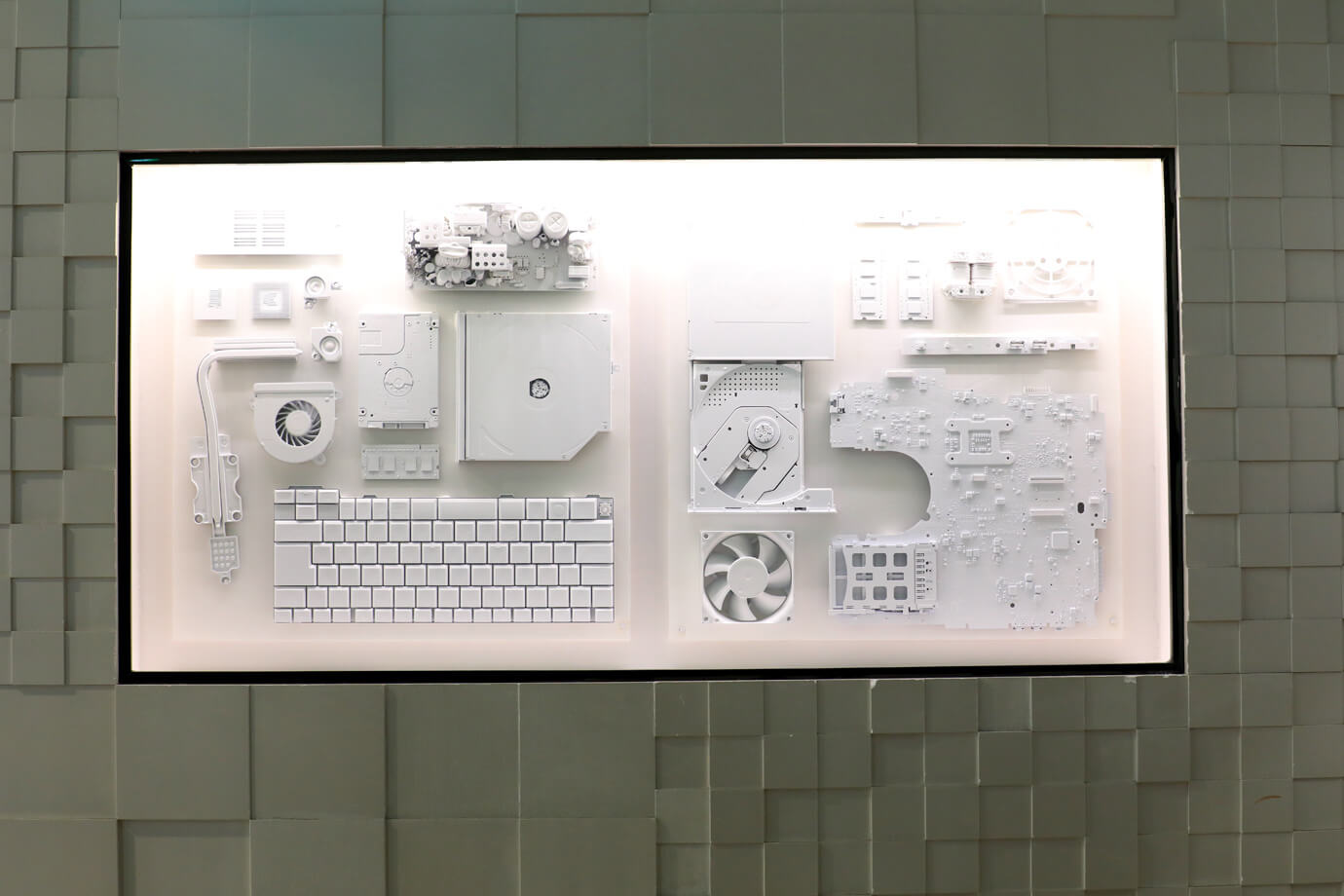
Objets made from computer parts are displayed at the entrance from the East-West Passage. Akihabara culture is scattered throughout the hotel, tickling the hearts of enthusiasts.
The hotel also has laundry facilities, vending machines, and a convenience store on the first floor. Stay in comfort in Akihabara, an area where people intersect and new cultures are born.
JR-East Hotel Mets Premier Akihabara
Address:1-17-4 Soto-Kanda, Chiyoda-ku, Tokyo
Phone:03-5294-1011
Check-in:15:00
Check-out:11:00
Costs:Please refer to the official website.
2k540 AKI-OKA ARTISAN
Satisfy your creativity at this maker’s market, a place where creators gather!
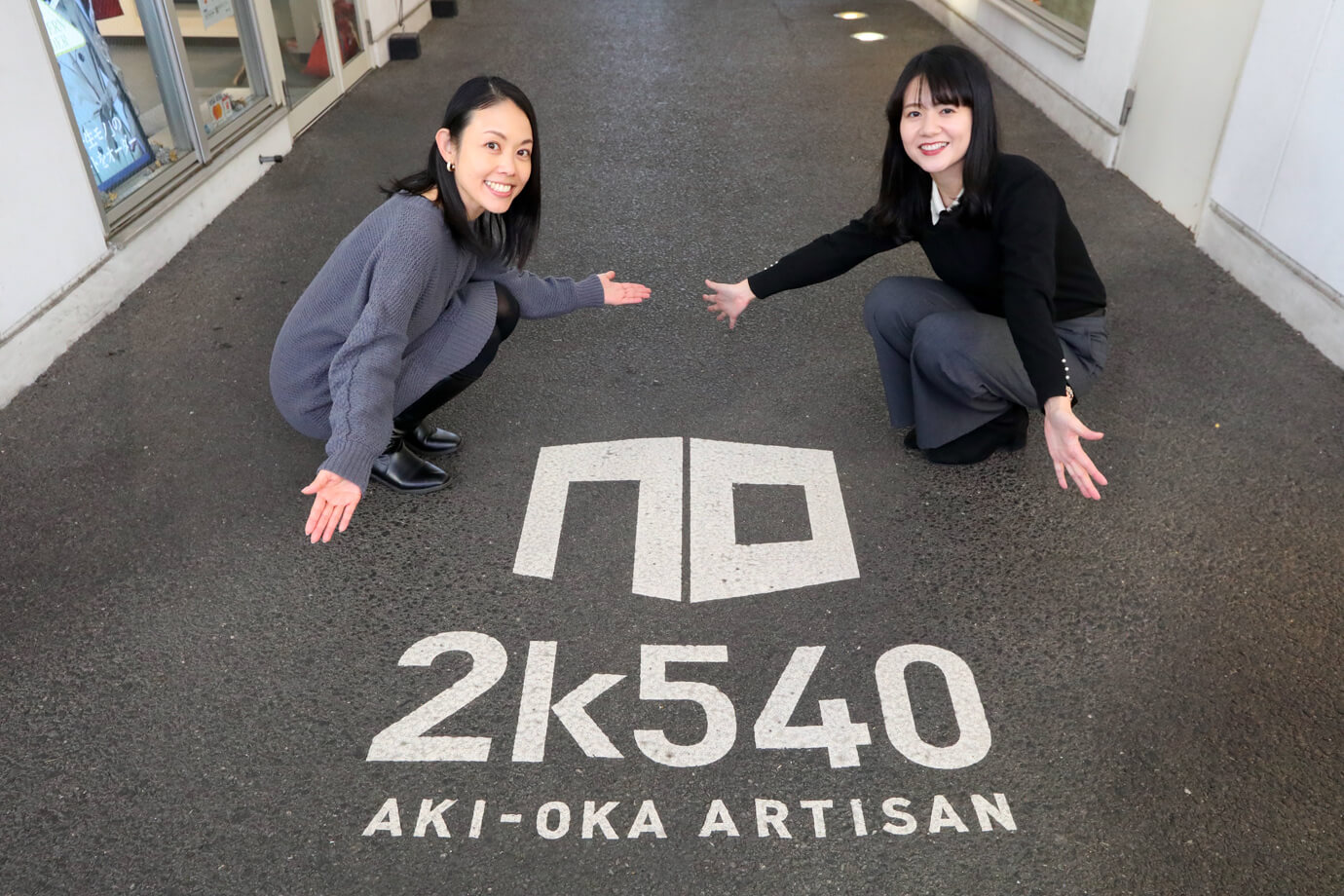
The Okachimachi area was once a town of traditional artisans who imparted the culture of Edo. 2k540 AKI-OKA ARTISAN, which stretches under the elevated railway tracks from Akihabara to Okachimachi, is a maker’s market where creators from various fields gather to sell their work and hold workshops.
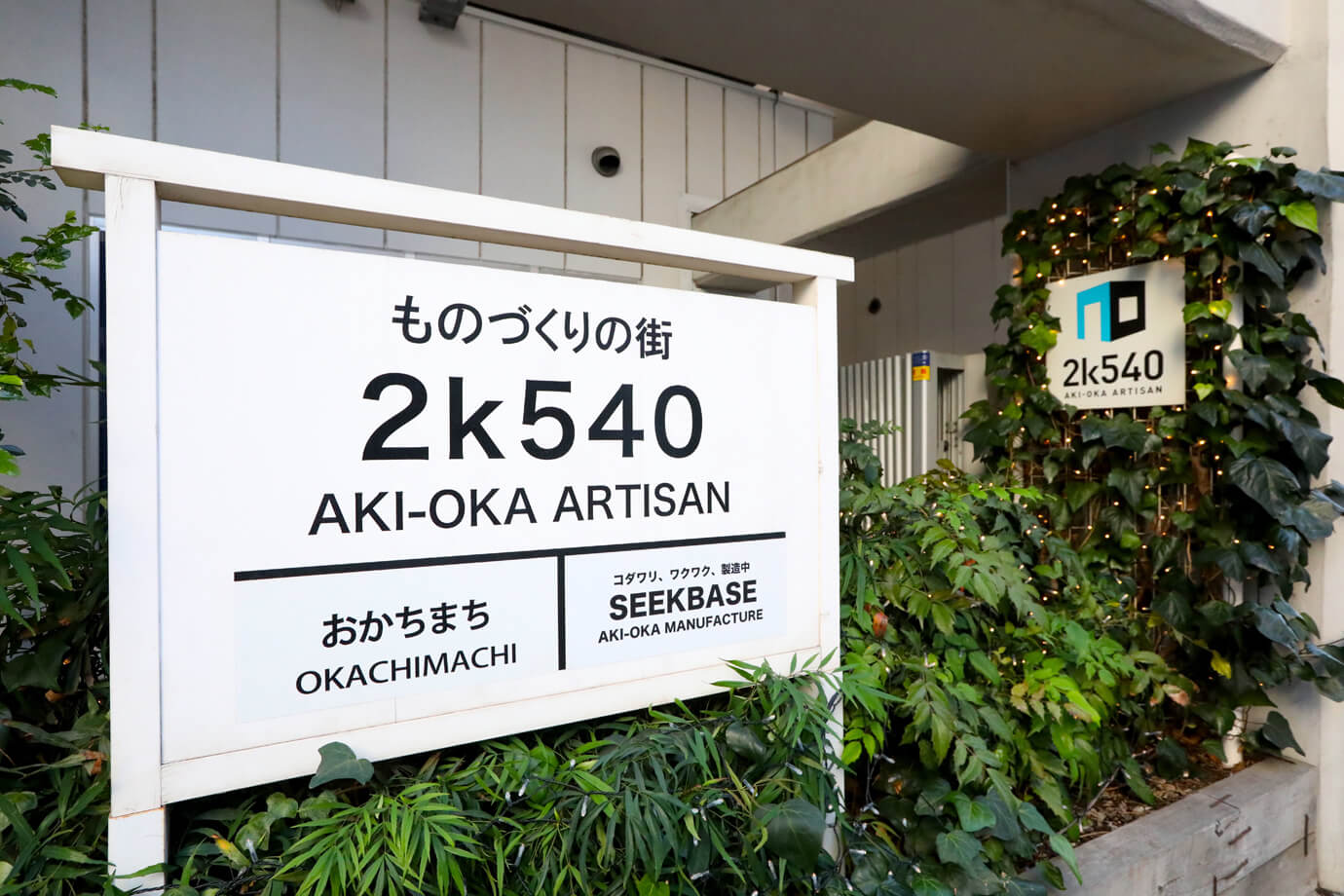
The information board associated with the station building is also stylish. Using railroad terminology, locations are indicated in kilometers starting from Tokyo Station. This area is named after its location, which is around 2k540m.
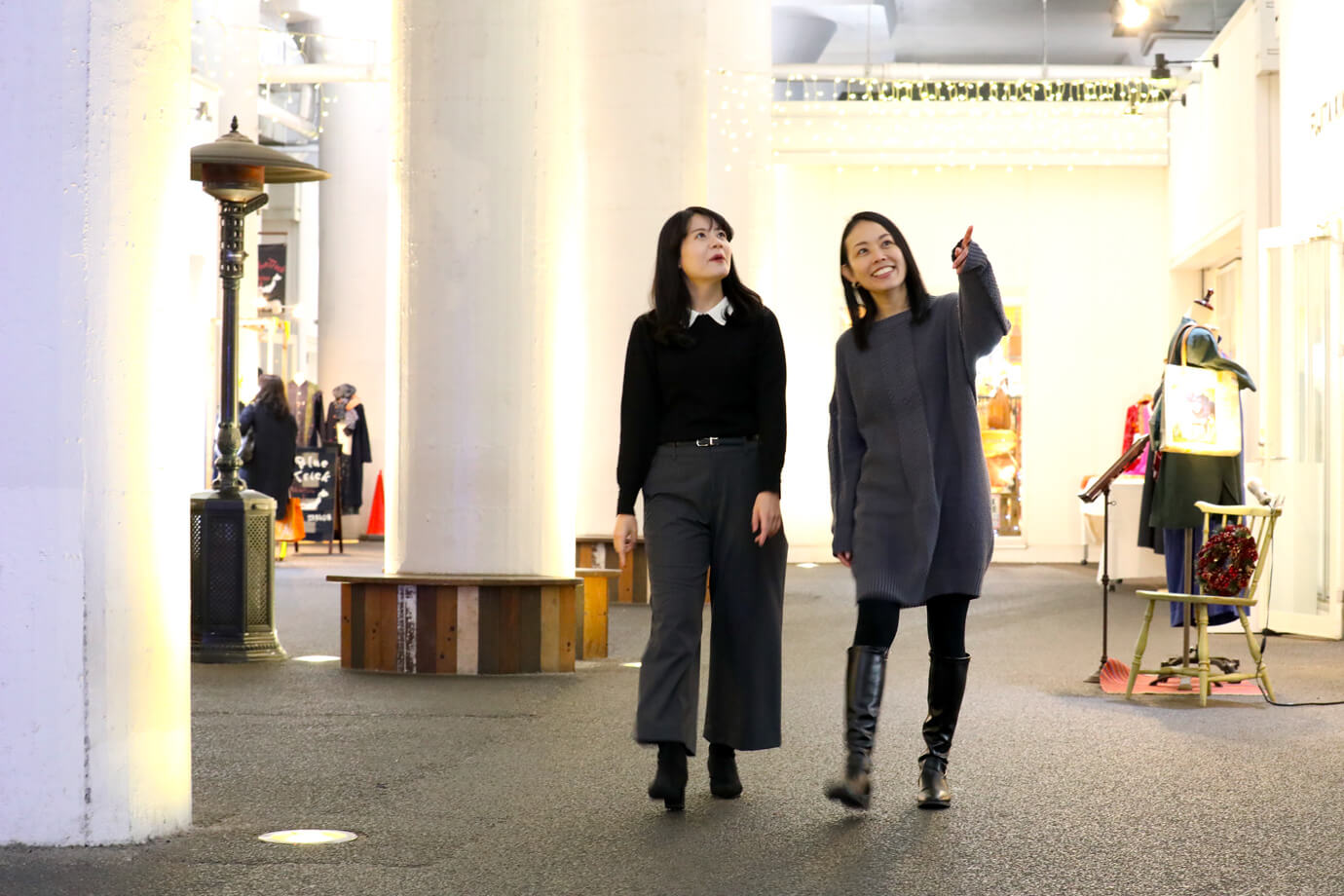
The shopping street is so spacious that it is hard to believe it is under railway tracks. A variety of stores sell bags, jewelry, kaleidoscopes, and other items made by artisans.
An art cafe offering unlimited use of art materials and unlimited drinks
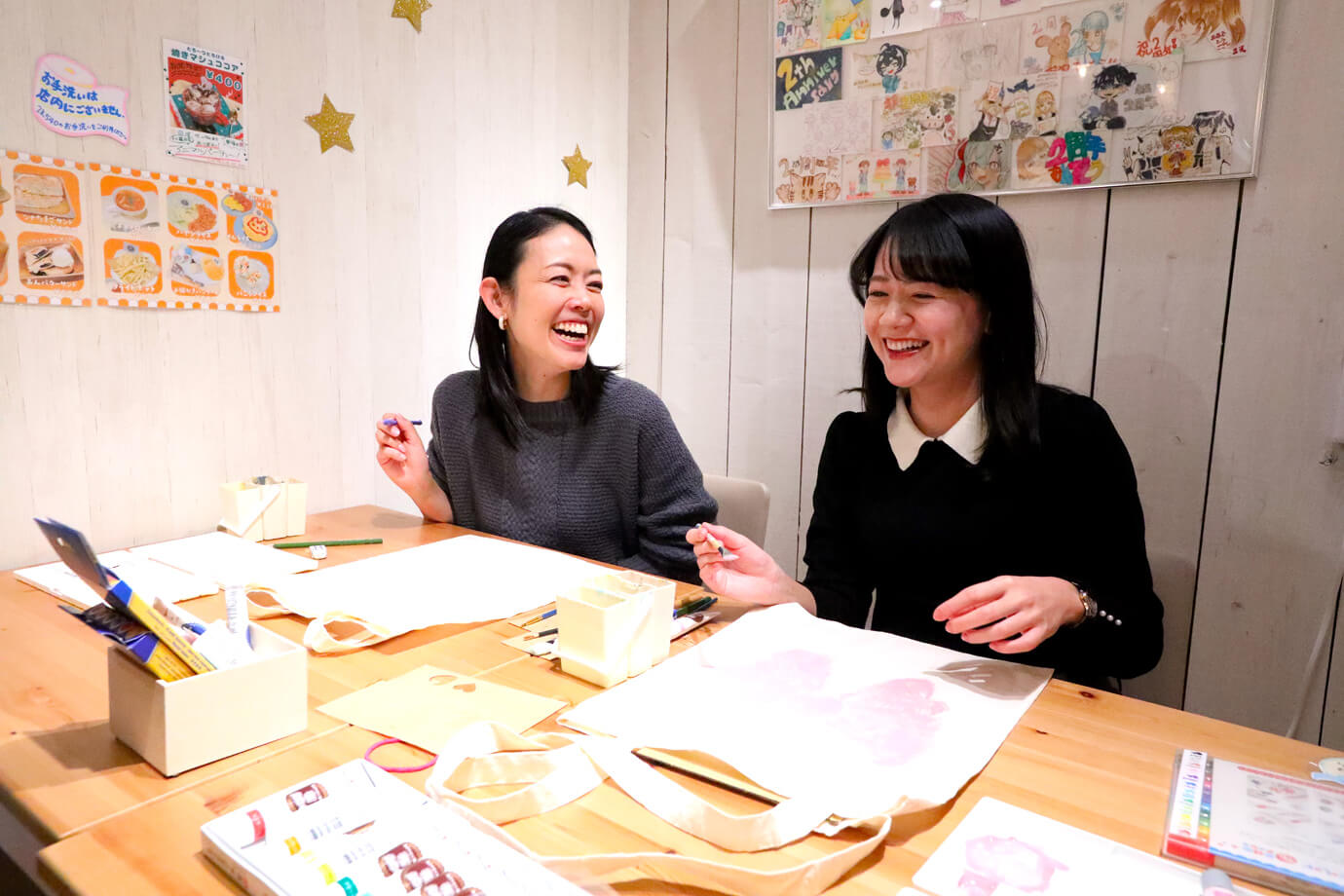
Creative Space Cafe Atelier x Playful Mind Cafe is a cafe for drawing and merchandise based on the concept of an art club. The store has a wide range of art materials that can be used freely, and customers can visit on a whim to draw illustrations or engage in other creative activities. On our visit, we will try our hands at tote bag design for 500 yen per bag.
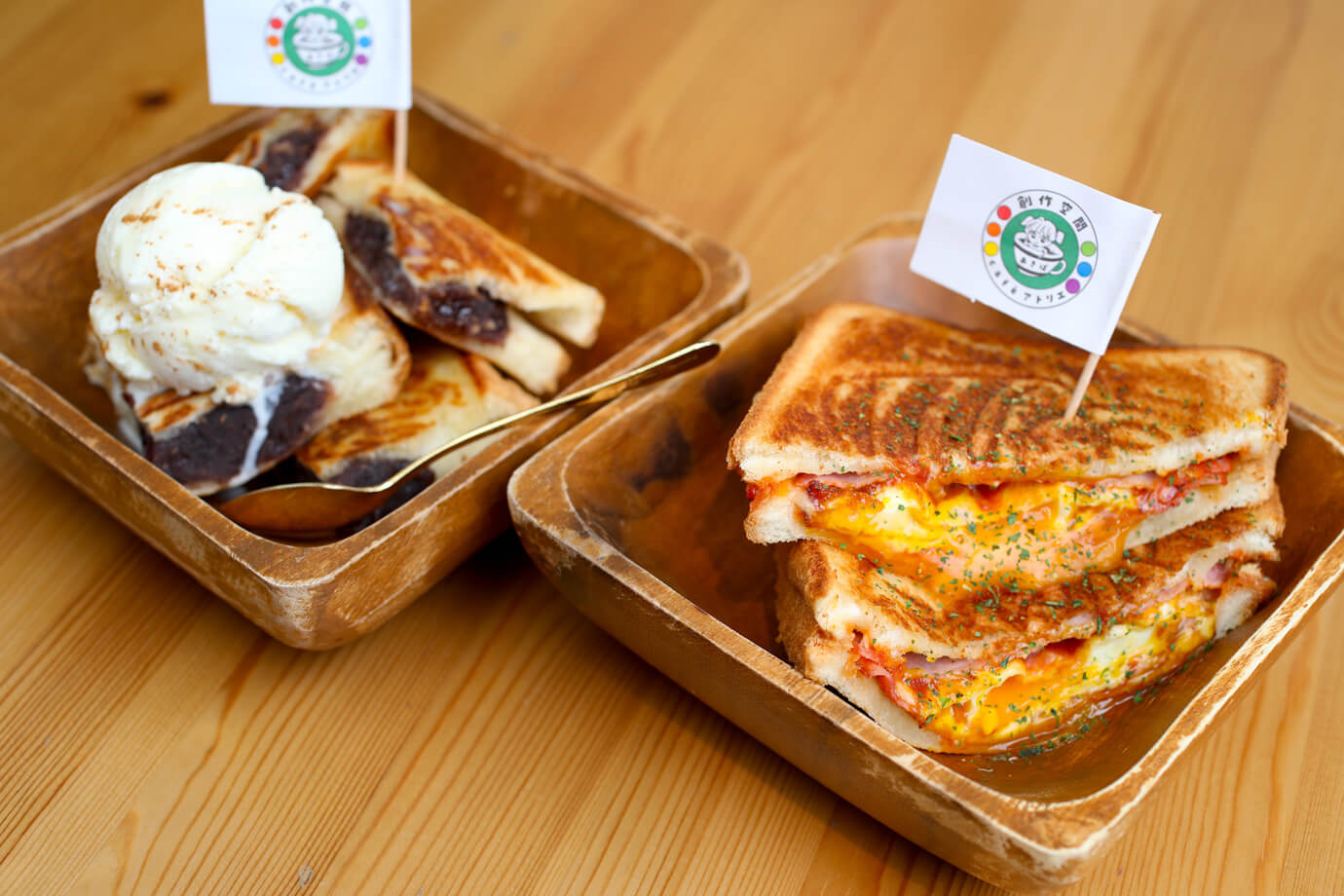
If you get hungry while creating, try the signature hot sandwiches. The ham and egg Atelier Hot Sandwich is 600 yen (right), and the Red Bean & Butter Sandwich is 500 yen. Bottomless drinks, including soft drinks, coffee, and tea, are also available.
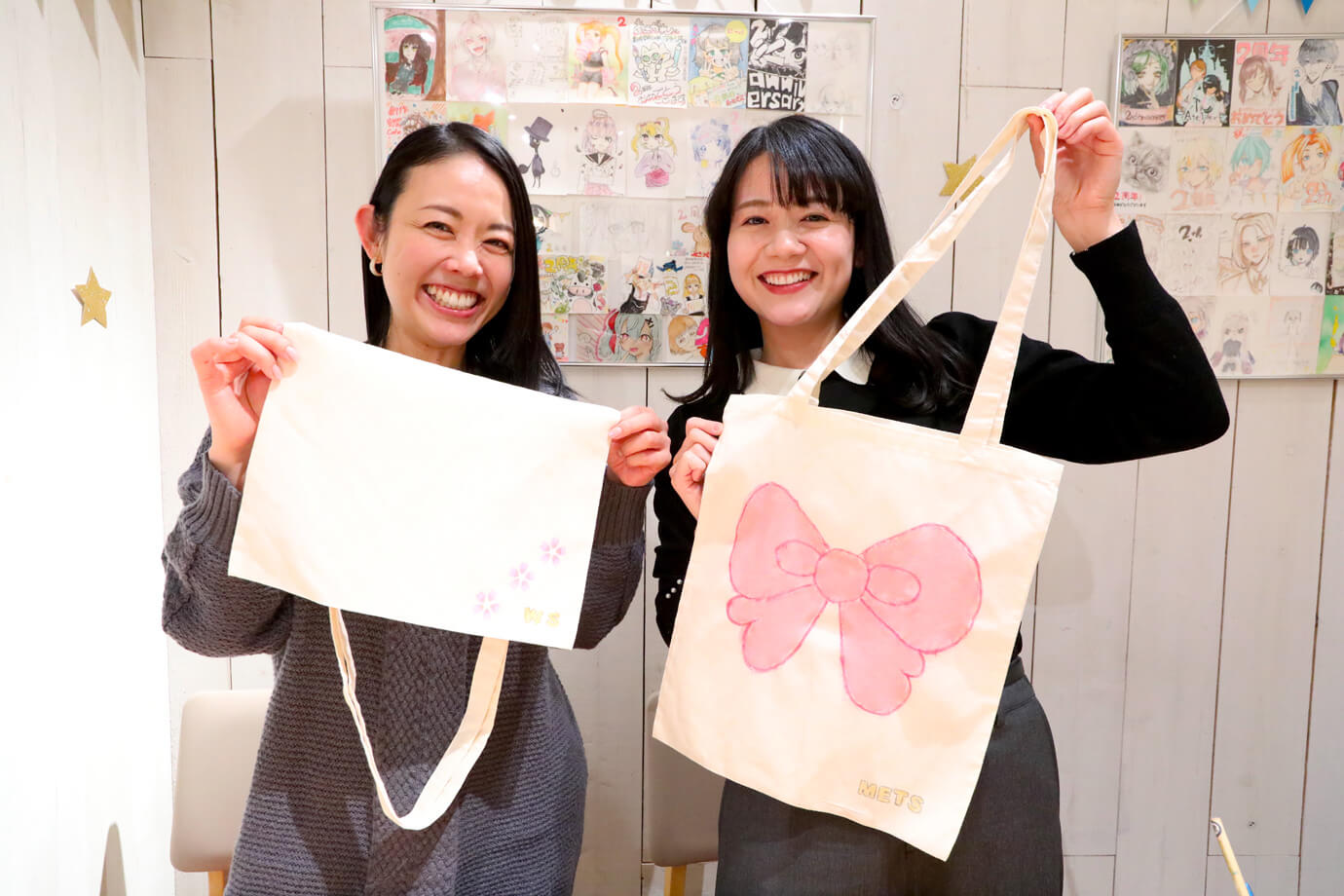
We drew our own illustrations on plain bags, creating these cute tote bags in about 30 minutes. Our subtle inclusion of the word “METS” was a special point of our designs.
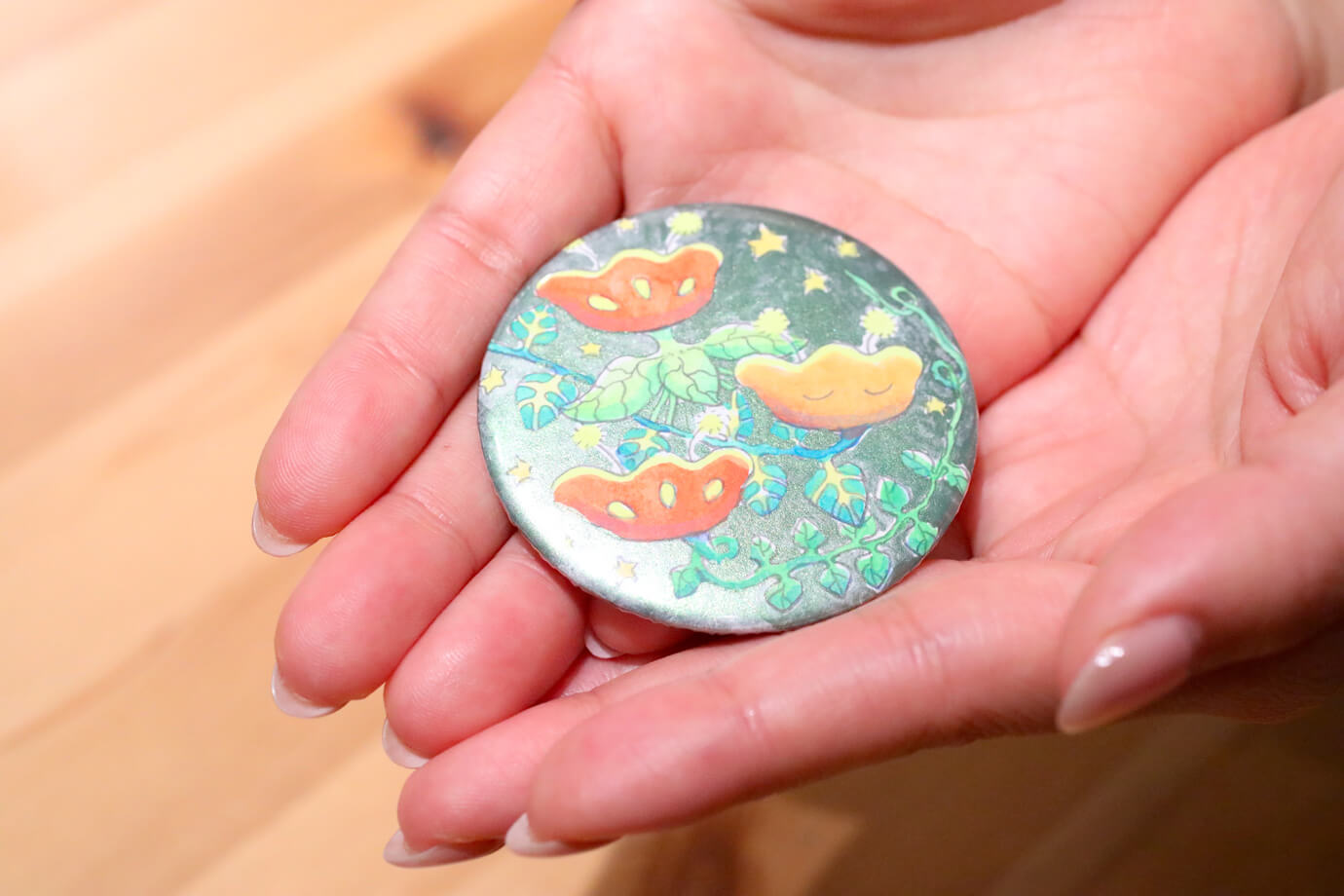
Creating pinback buttons costs 500 yen per button. The cafe will make buttons on the spot using illustrations you draw there. This is great for stanning, too!
This dream-like cafe is a spot you can visit in your free time and satisfy your creativity. The cafe sells not only art supplies but also postcards.
2k540 AKI-OKA ARTISAN
Address:5-9 Ueno, Taito-ku, Tokyo (under the elevated railway tracks between Akihabara and Okachimachi Stations on the Yamanote Line)
Phone:See individual stores
Hours:11:00 to 19:00
Closed:Varies by store
Creative Space Cafe Atelier x Playful Mind Cafe
Address:M-4 2k540
Phone:03-5834-3606
Costs:600 yen for the first hour (extra hour: +900 yen), 3,500 yen for unlimited time (4,000 yen on Saturdays, Sundays, and holidays)
Hours:10:30 to 19:00 (reception ends 18:00)
Closed:Wednesday
Kanda Myojin
Tradition and innovation: experience traditional culture at this main Edo shrine
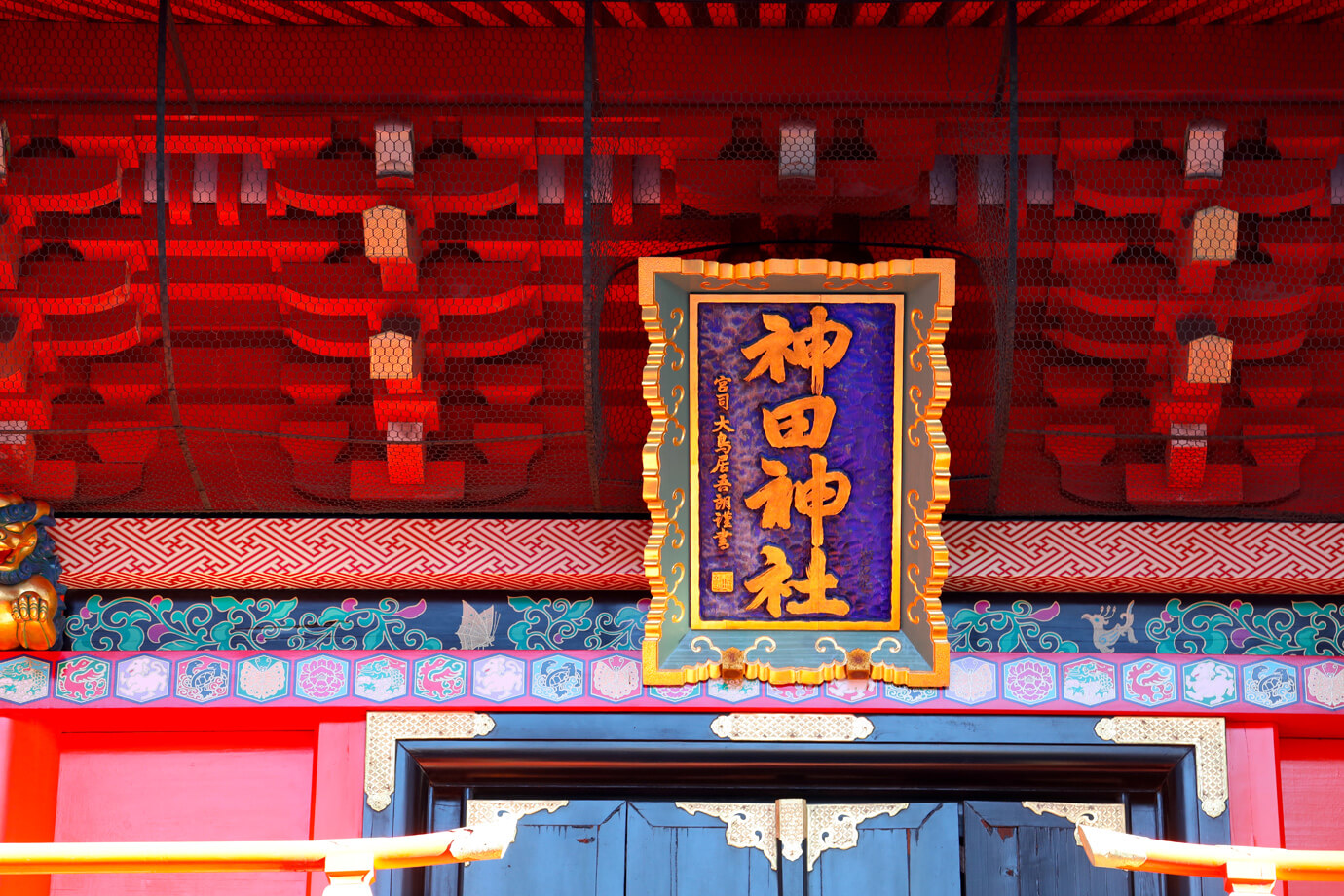
Known as Kanda Myojin, this ancient shrine boasts 1,300 years of history. It is a guardian deity that watches over 108 town councils in Tokyo, including Kanda, Nihonbashi, Akihabara, and Ote-Marunouchi.
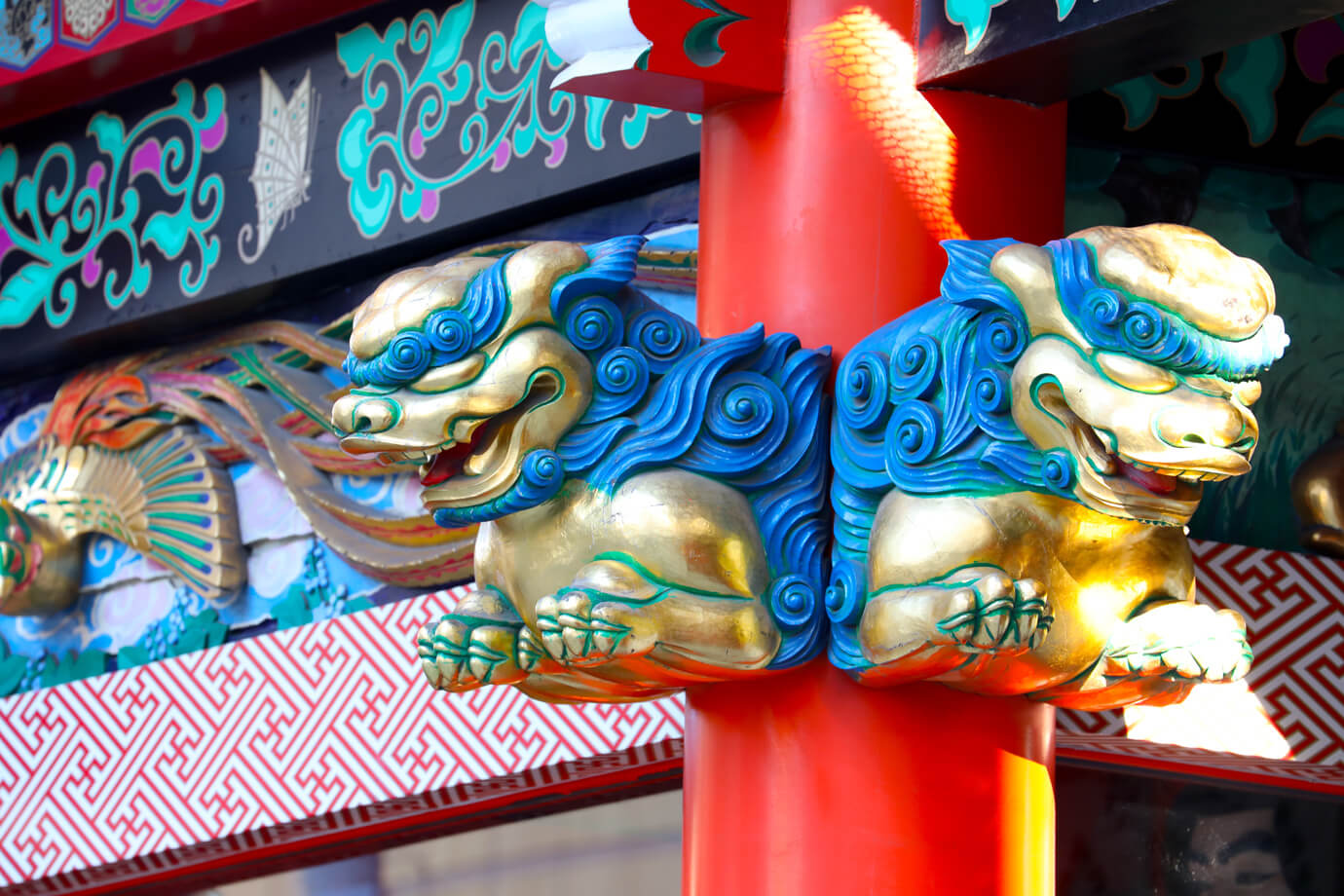
The shrine was founded in 730 by Makandaomi, a member of the Izumo clan, and was revered by famous warlords such as Ota Dokan and Hojo Ujitsuna during the Sengoku period. In the Edo period, the shrine was relocated to its current location, the site of the omote kimon gate of Edo Castle, and built by the shogunate. The shrine came to be widely worshipped by the public as the head temple of Edo.
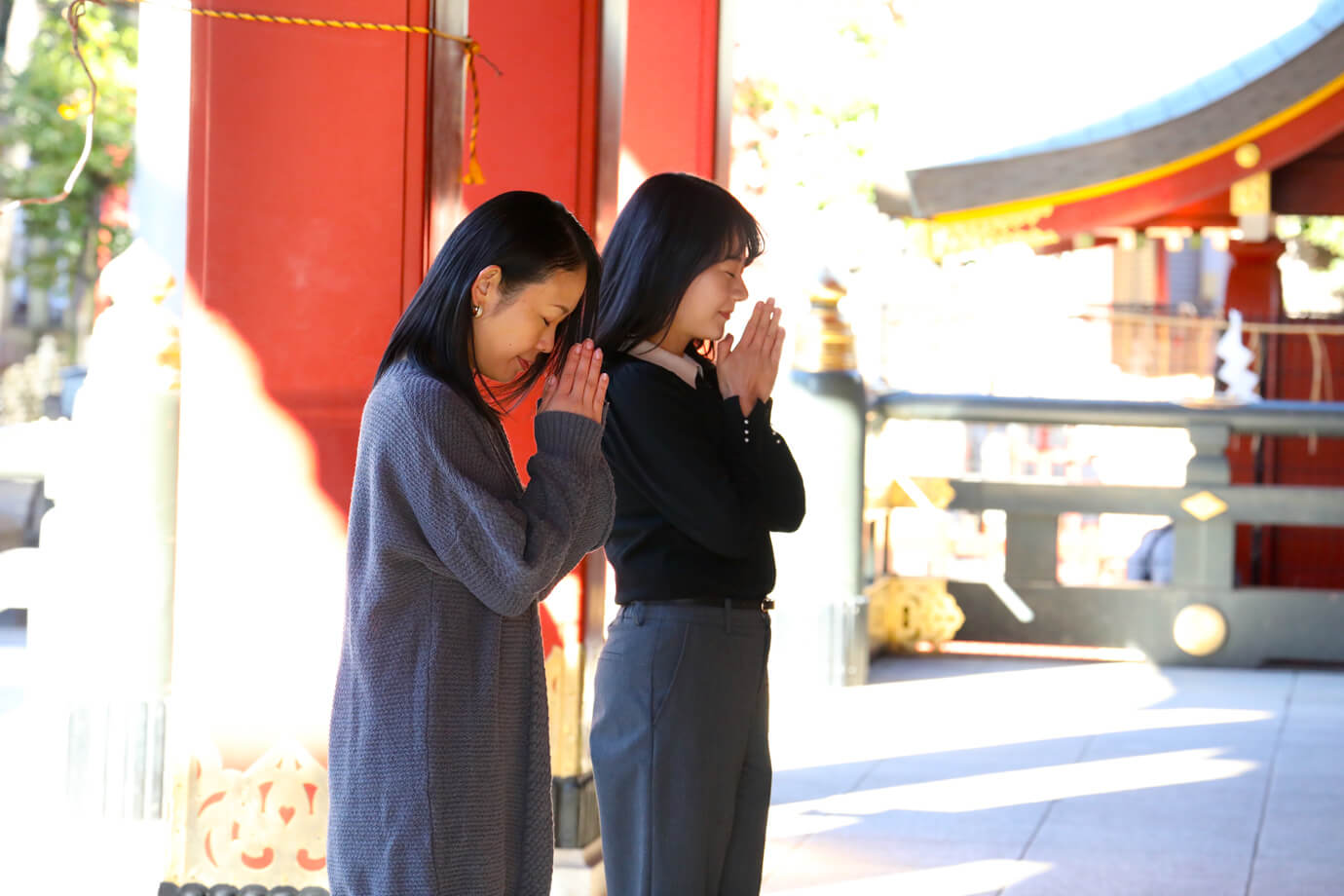
The enshrined deities are: Daikoku-sama, the god of matchmaking; Ebisu-sama, the god of thriving business; and Masakado-sama, the god of warding off calamities and evil. First, let's pay our respects at the shrine.
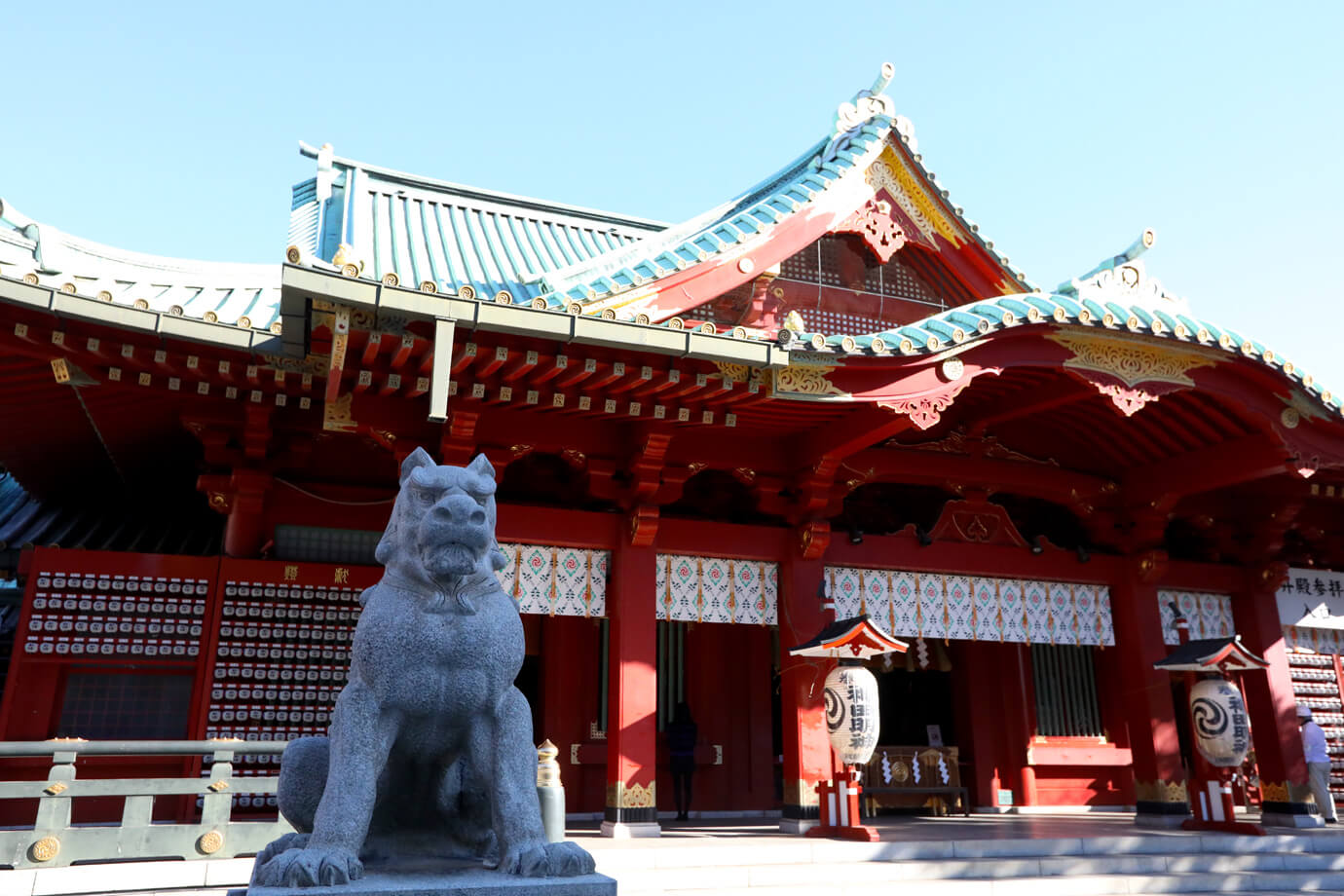
The shrine built by the Tokugawa shogunate was lost in the Great Kanto Earthquake. The current shrine was built in 1934. In commemoration of the 400th anniversary of the founding of Edo, it was designated as a National Tangible Cultural Property in September 2003.
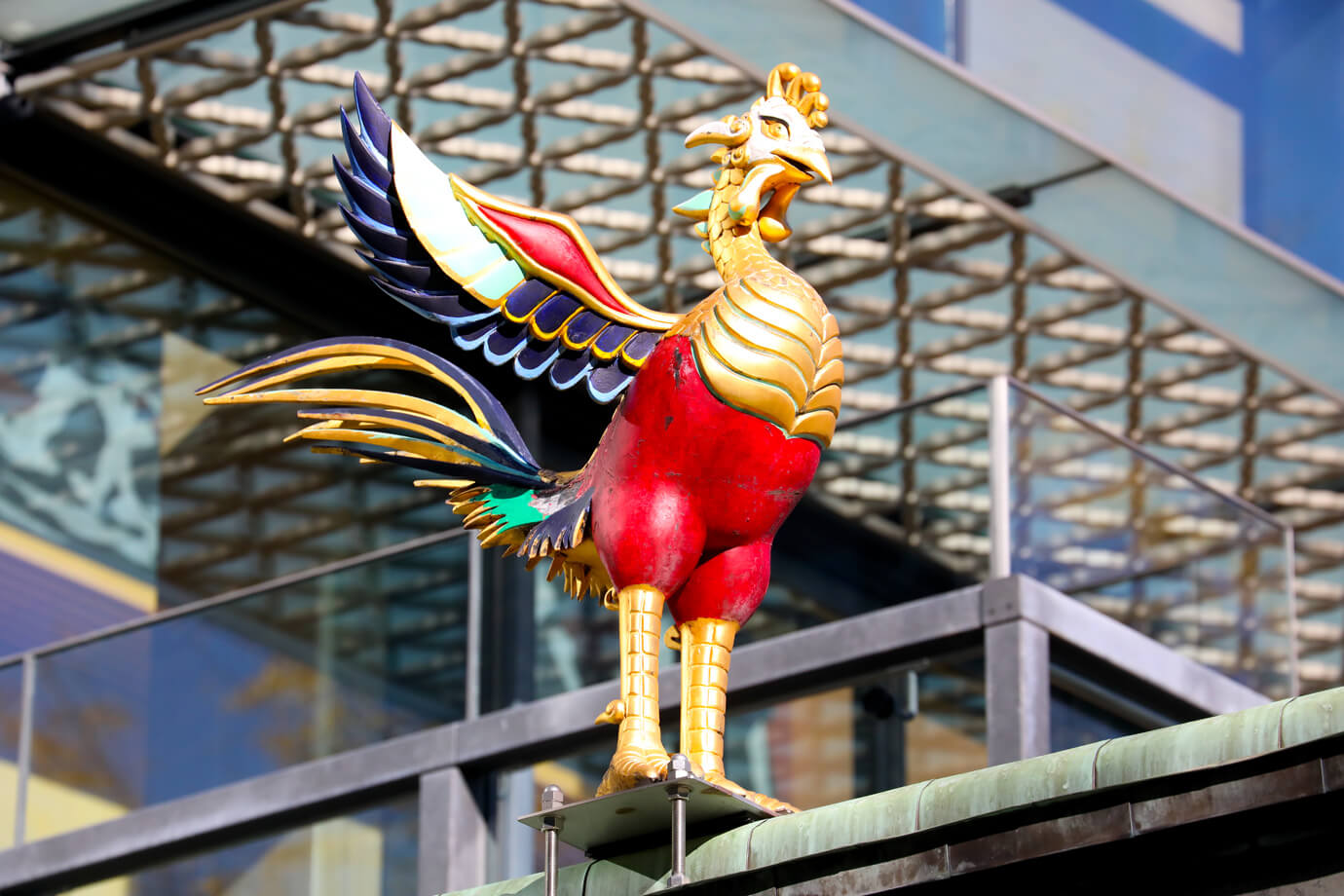
You can find a brilliantly colored phoenix on the roof of the gate corridor. Golden waterfowl, which are believed to be the caretakers of the phoenix, can also be seen nearby.
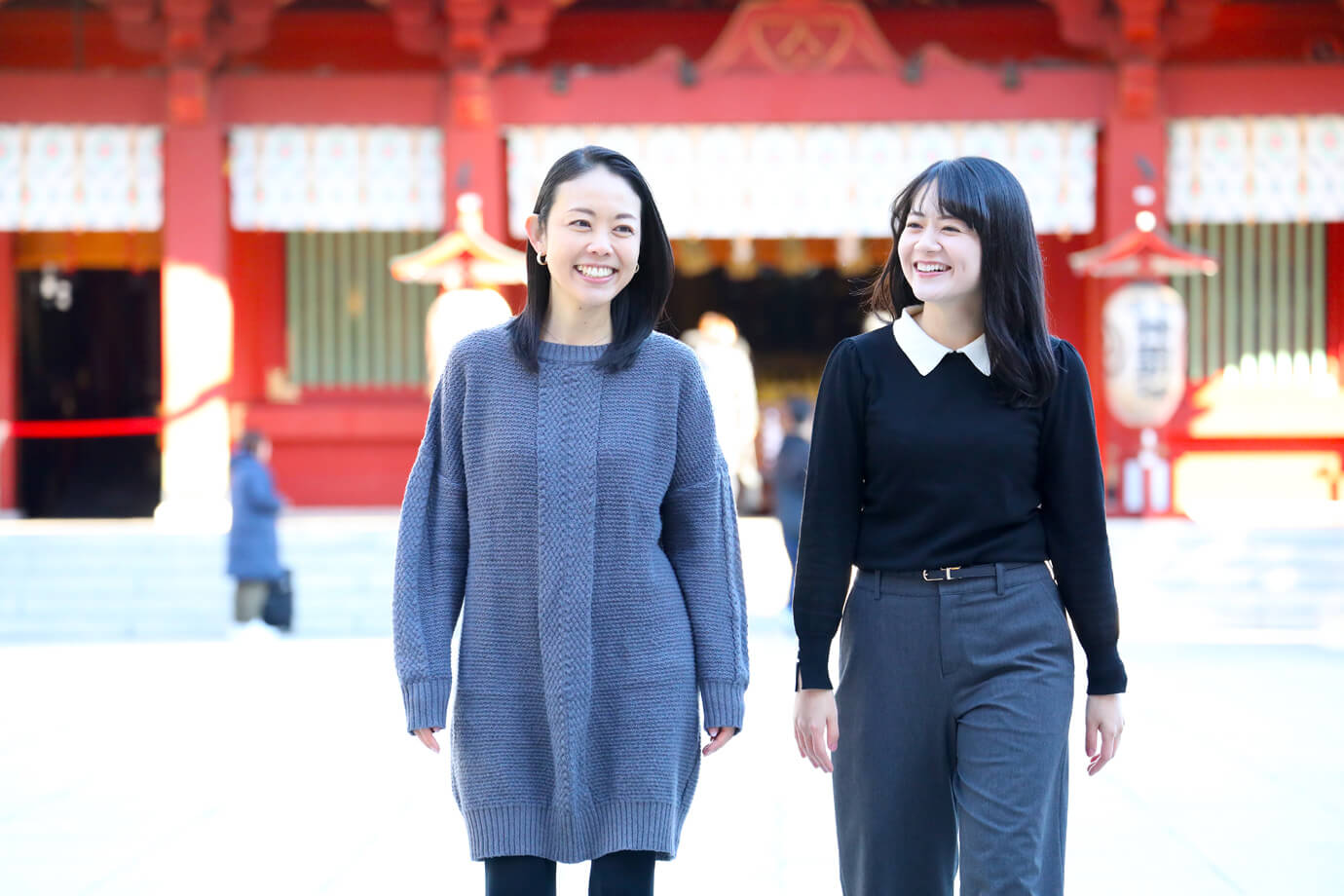
Known as one of the three major festivals of Edo, the Kanda Festival is the most important Shinto ritual at Kanda Myojin. During the two days of the Shinkosai and Mikoshi Miyairi processions, approximately 200 portable shrines of various sizes parade through the neighborhood, creating a lively atmosphere. This festival is held every two years in mid-May, with the next one scheduled for May 2025.
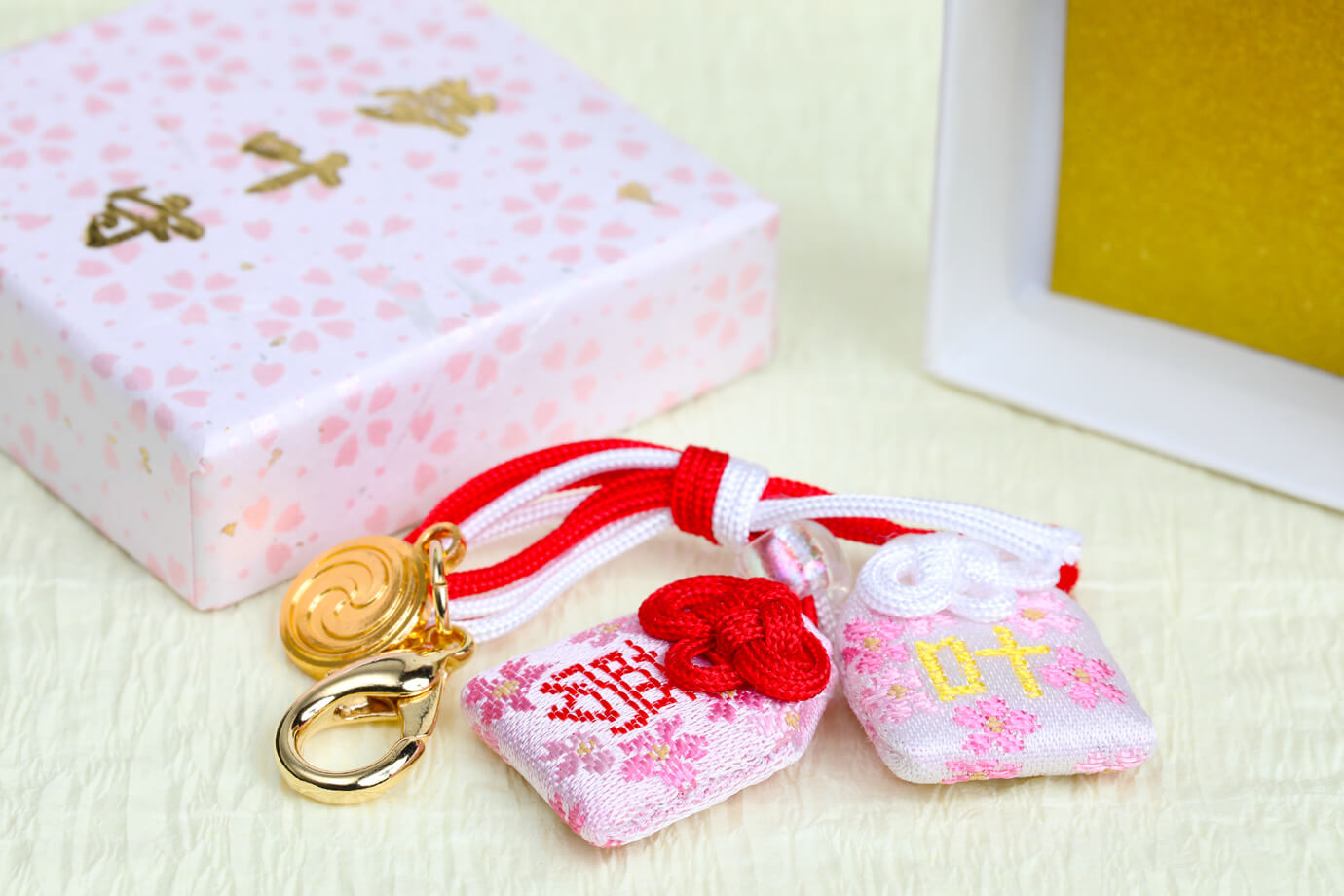
There are more than 60 different types of charms available at the shrine booths, with a wide range of benefits including match-making, fulfillment of one's wishes, and traffic safety. The Dreams Come True charm for making your dreams come true is available for 1,000 yen.
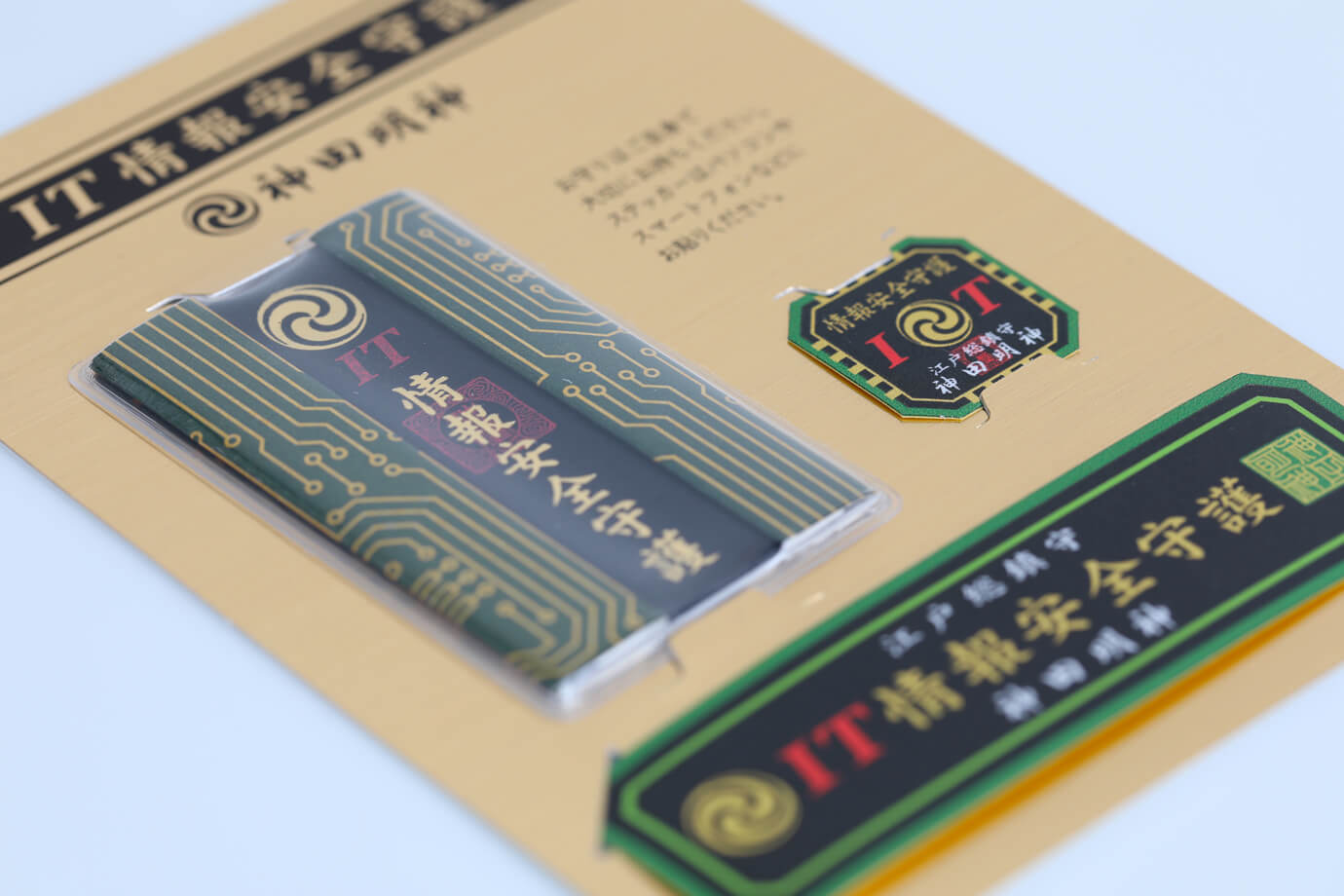
The IT Information Safety Charm for 1,000 yen is recommended for those who wish to ensure the functional safety of their computers.
Stop by EDOCCO where you can find a cafe and a shop for lucky charms!
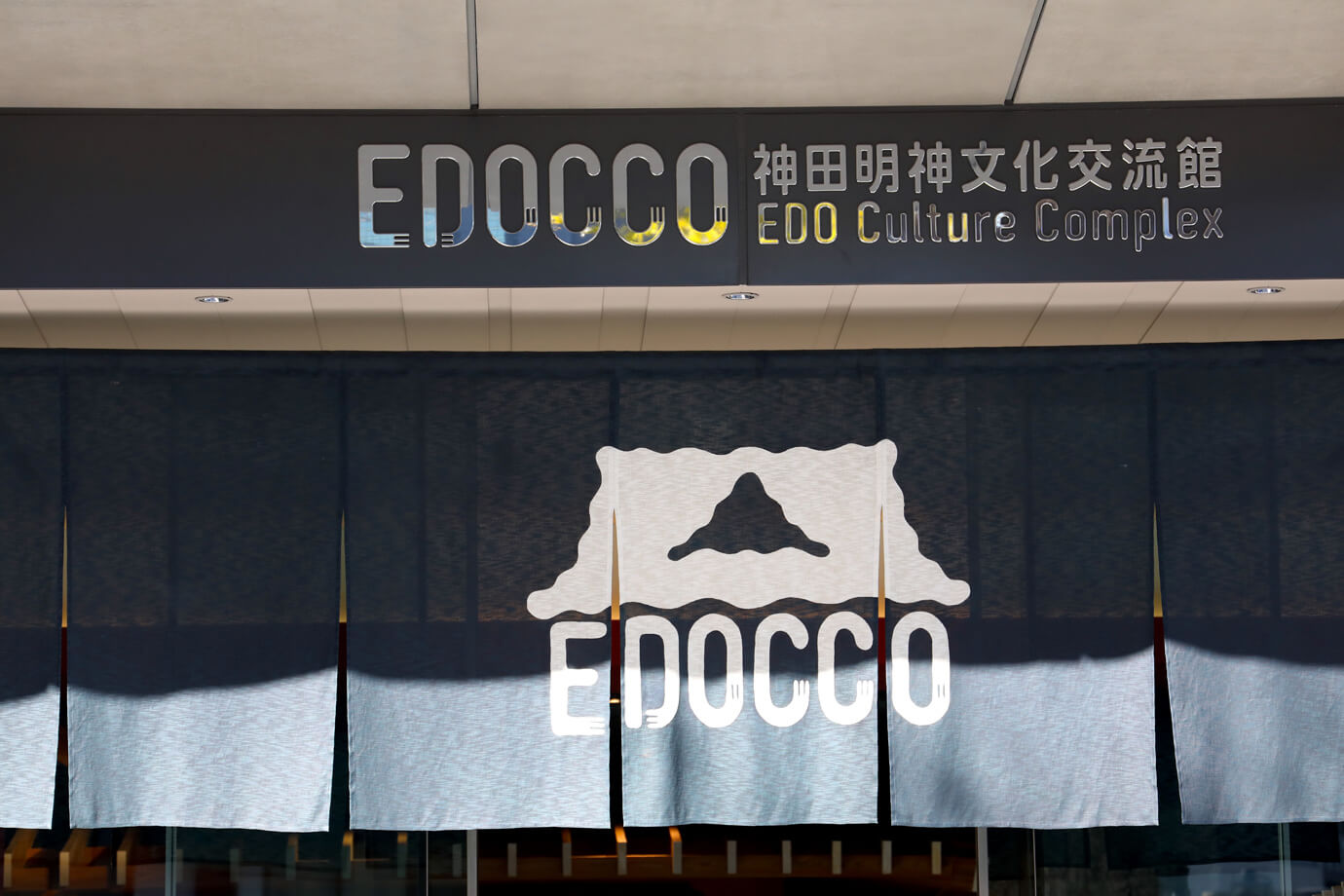
The Kanda Myojin cultural exchange center EDOCCO is located on the grounds of the shrine. This is a place where visitors can casually enjoy food and shopping; it features booths for charms, a restaurant, souvenir store, an event hall, and more.
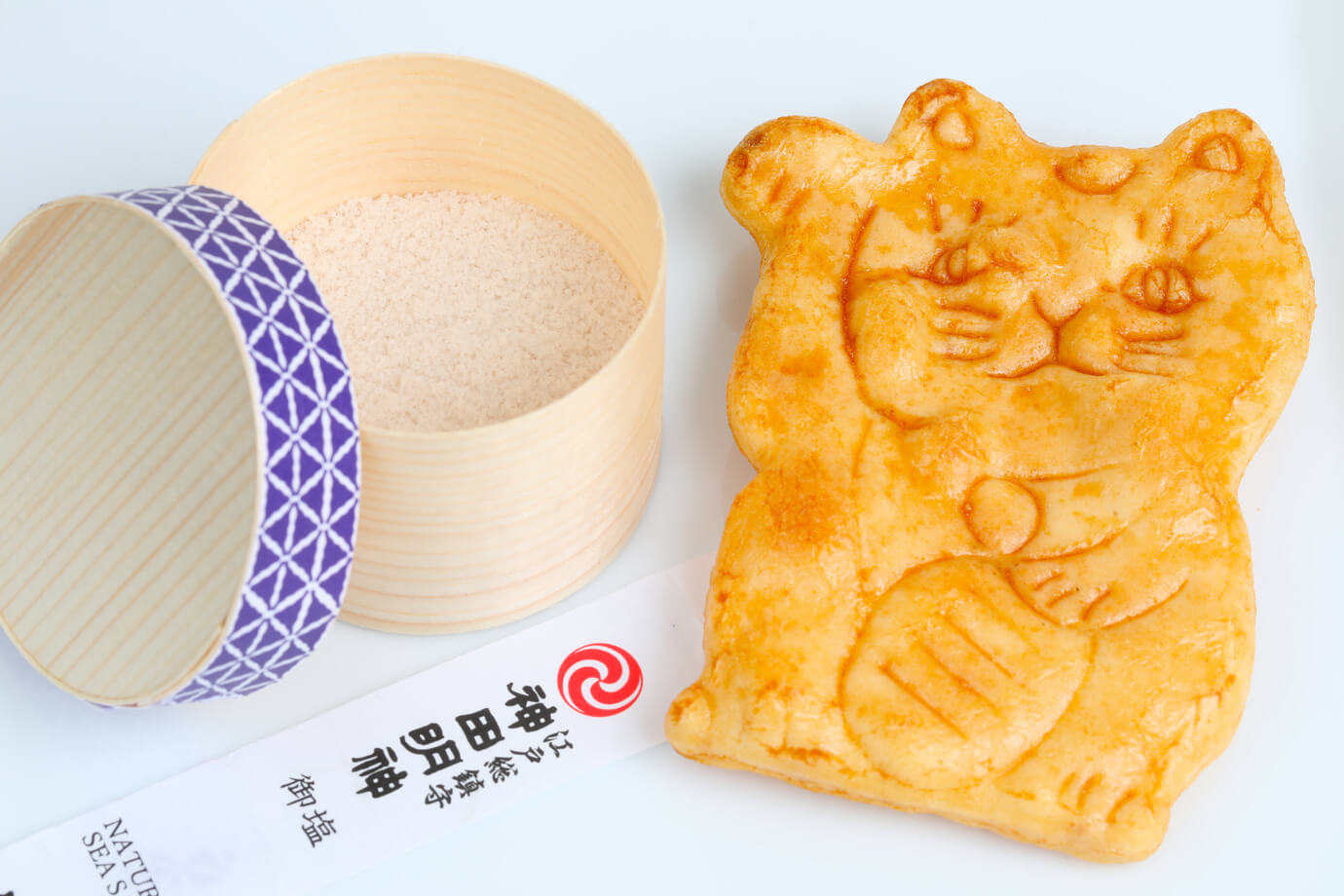
EDOCCO SHOP IKIIKI on the first floor offers a variety of original merchandise and souvenirs unique to Kanda Myojin centered around the theme of match-making. Blessed salt is available for 990 yen. The Good Luck Rice Cracker Beckoning Cat that beckons happiness, 170 yen per cracker, is also likely to bring you good luck.
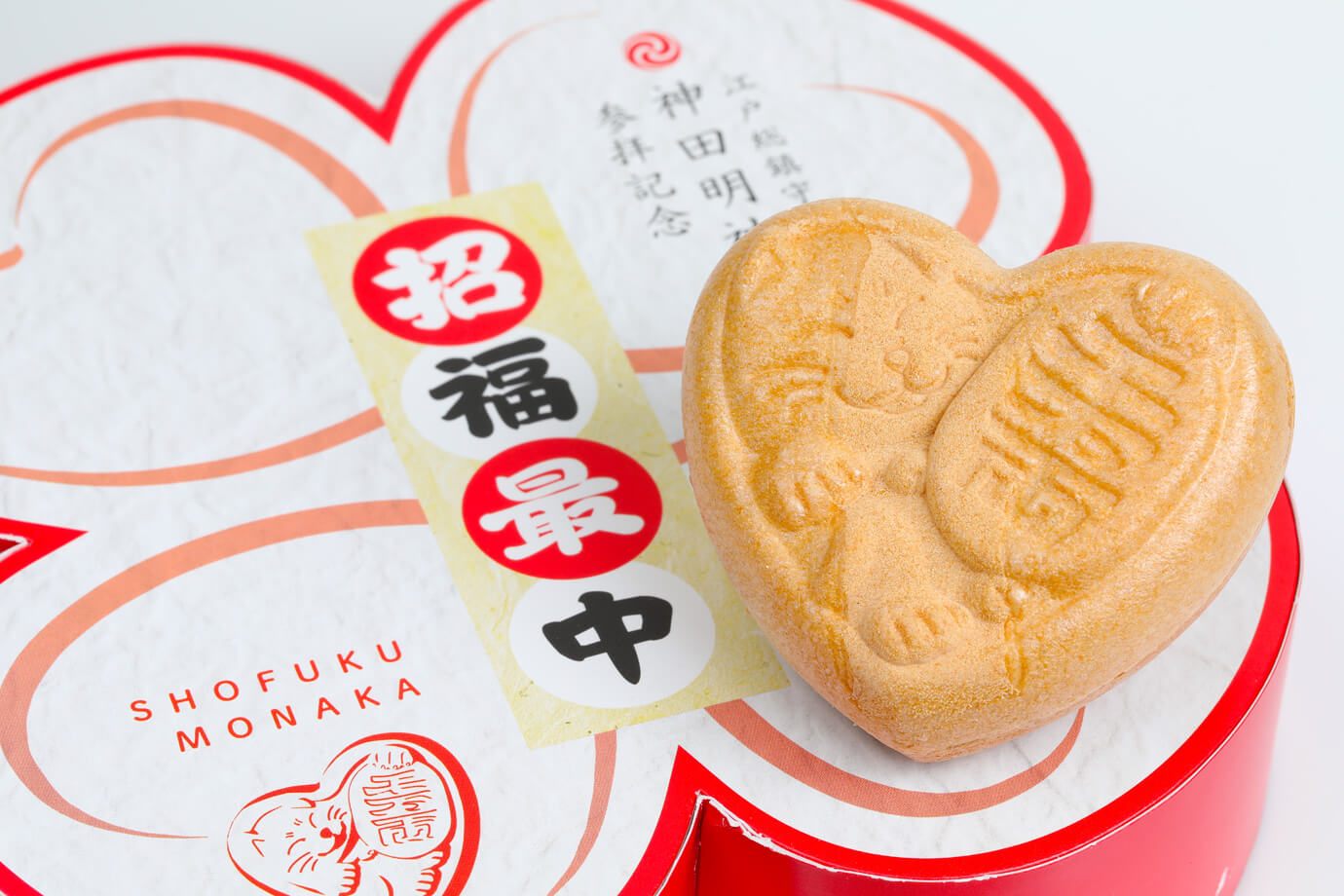
Cute, heart-shaped Good Luck Monaka are available for 1,465 yen for four pieces. The monaka wafers feature a design with a beckoning cat holding ten million ryo. You will be super lucky if you find one cat with its eyes open.
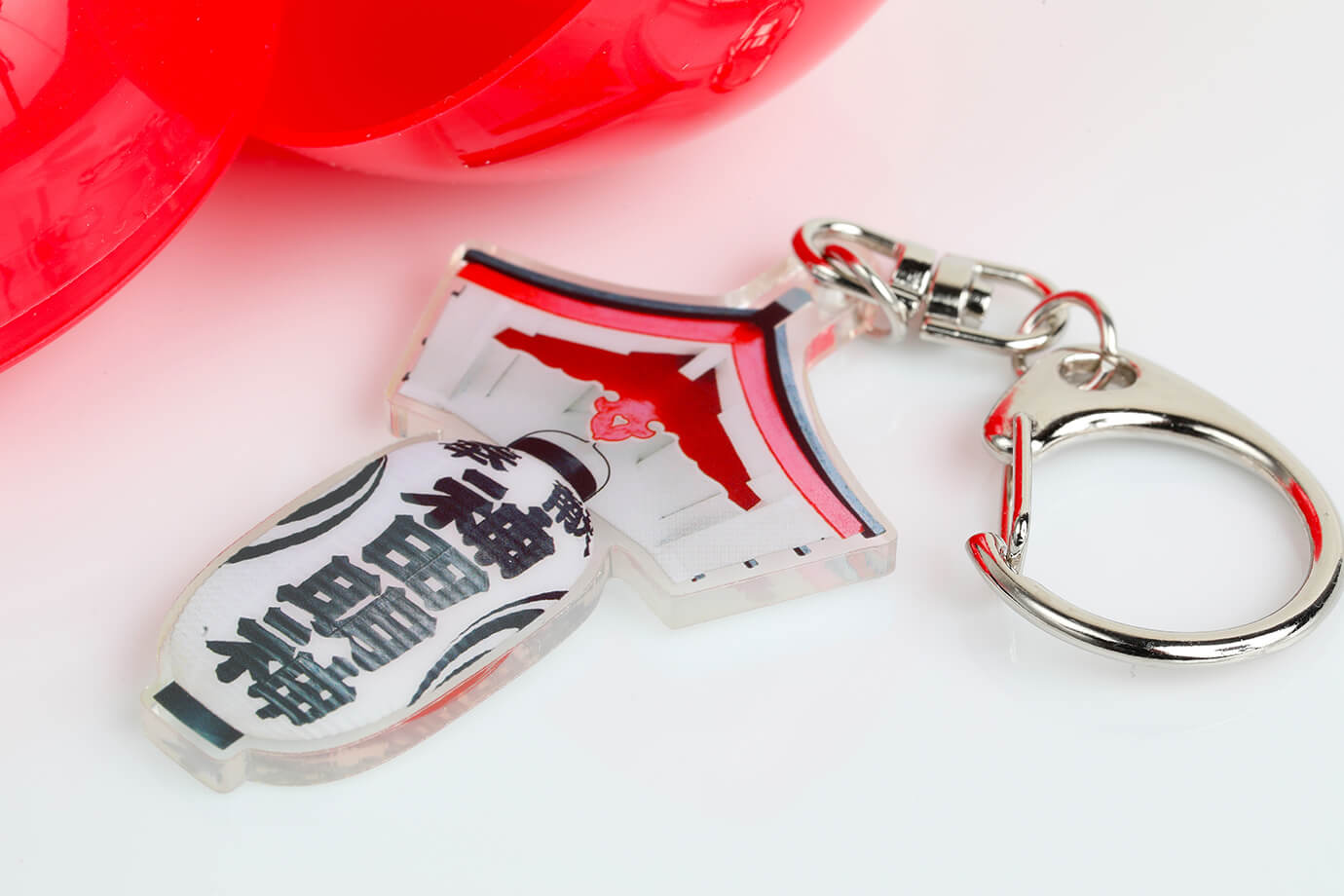
In one corner of the store are gacha-gacha capsule toys featuring Kanda Myojin Lucky Figures for 400 yen. You will receive one of the seven figures at random. Kaiyodo, a world-renowned sculpting group, has created figures of Daikoku-sama, a shrine lantern, a shrine maiden, and other lucky charms associated with the shrine. Each also comes with a fortune related to mythology, so be sure to get one as a memento of your visit.
Kanda Myojin
Address:2-16-2 Soto-Kanda, Chiyoda-ku
Phone:03-3254-0753
Costs:Always open to the public (the museum is 500 yen)
Hours:Always open to the public
Closed:Open every day
At-Home Cafe Akiba Cultures Zone
See the moe moe kyun phenomenon for yourself in your first experience as a princess at this entertainment cafe
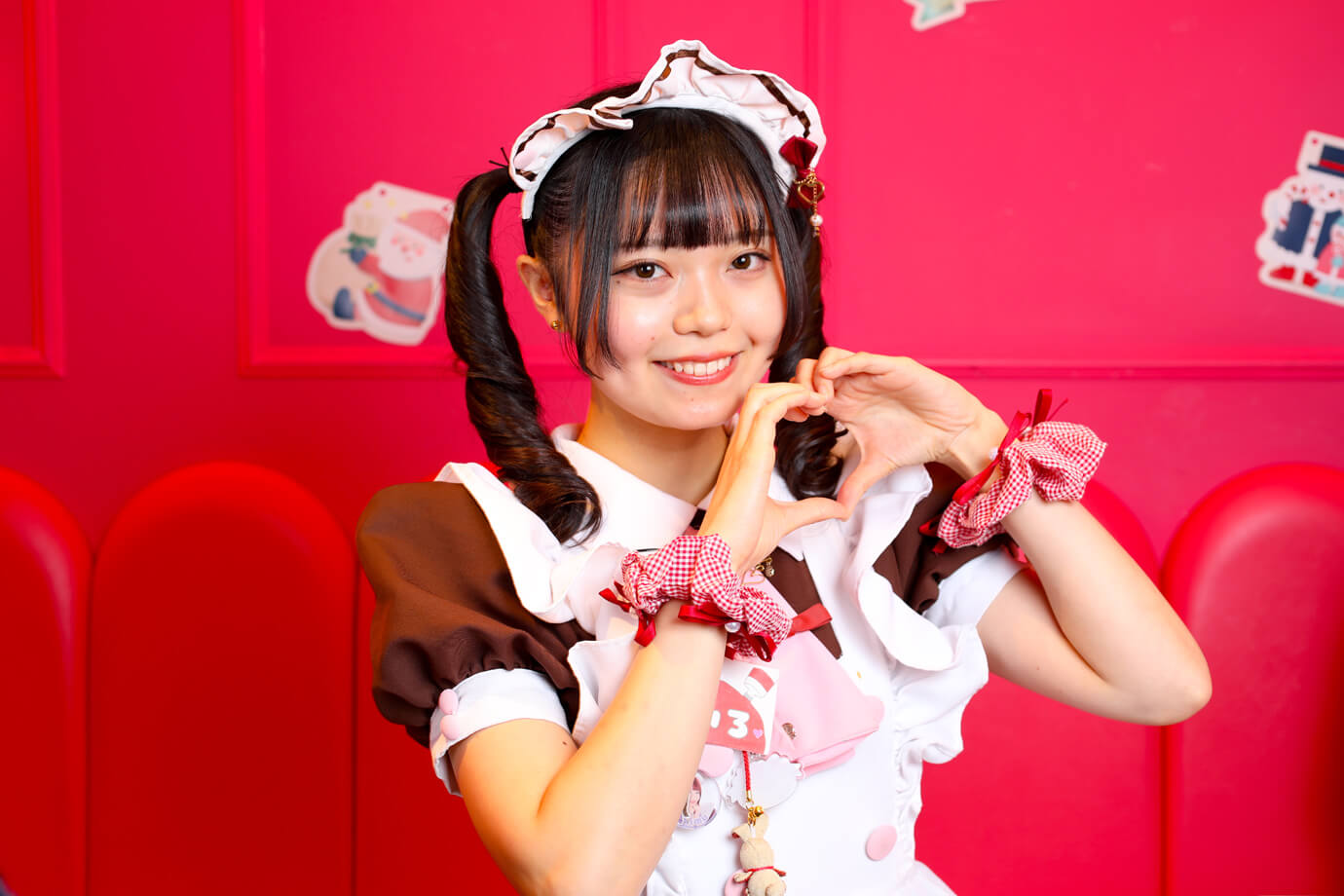
The first location opened in 2004, and the company is now a pioneer in the entertainment maid cafe industry with 11 stores nationwide. Maid cafes are now an iconic part of Akihabara’s culture. On this trip, we visited the At-Home Cafe, located in the Akiba Cultures Zone Building.
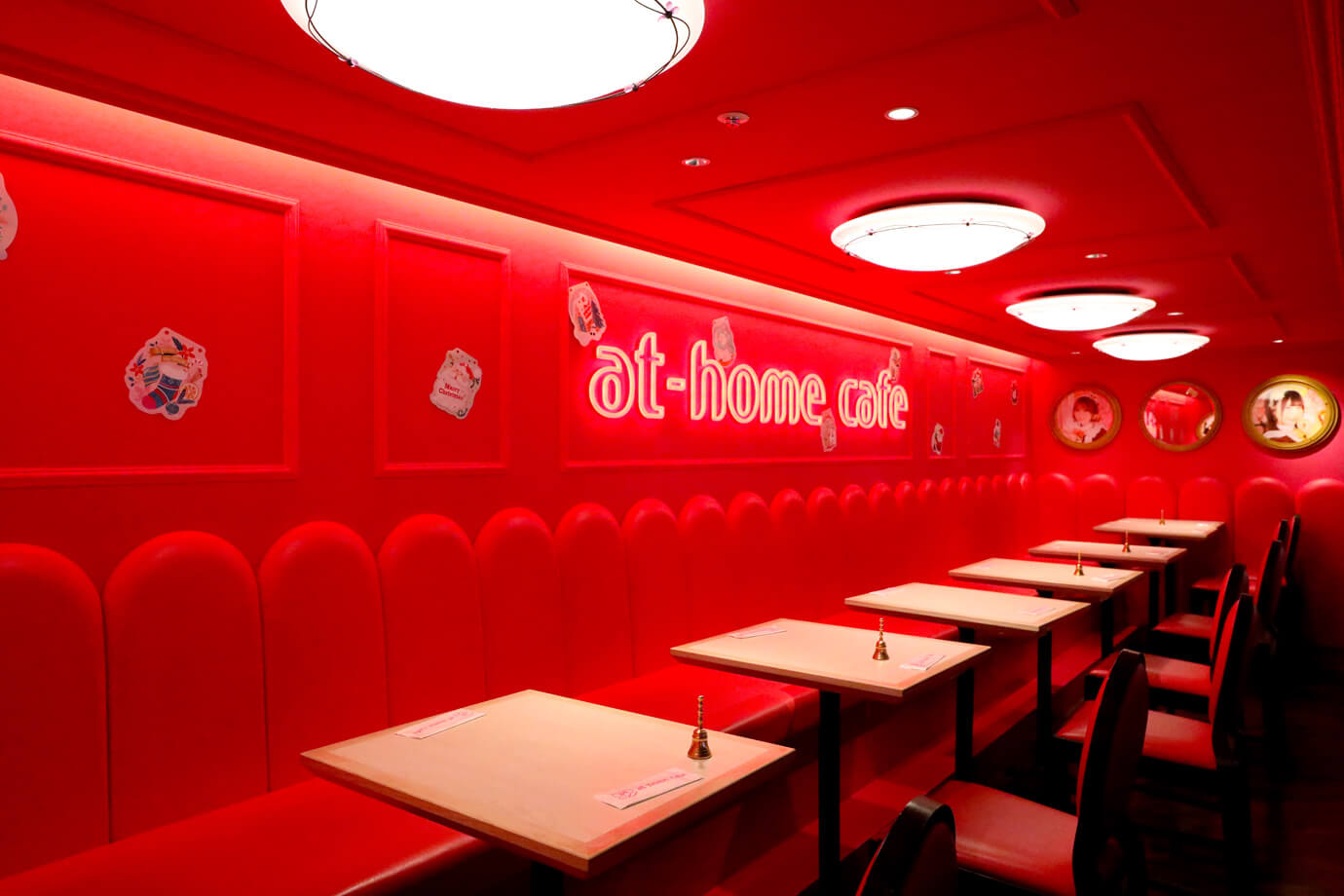
Entering from the entrance on the 5th floor, this space is too cute to be true. When you enter the cafe, an idol-like maid welcomes you with a “Welcome home, Princess!” and shows you to your seat.
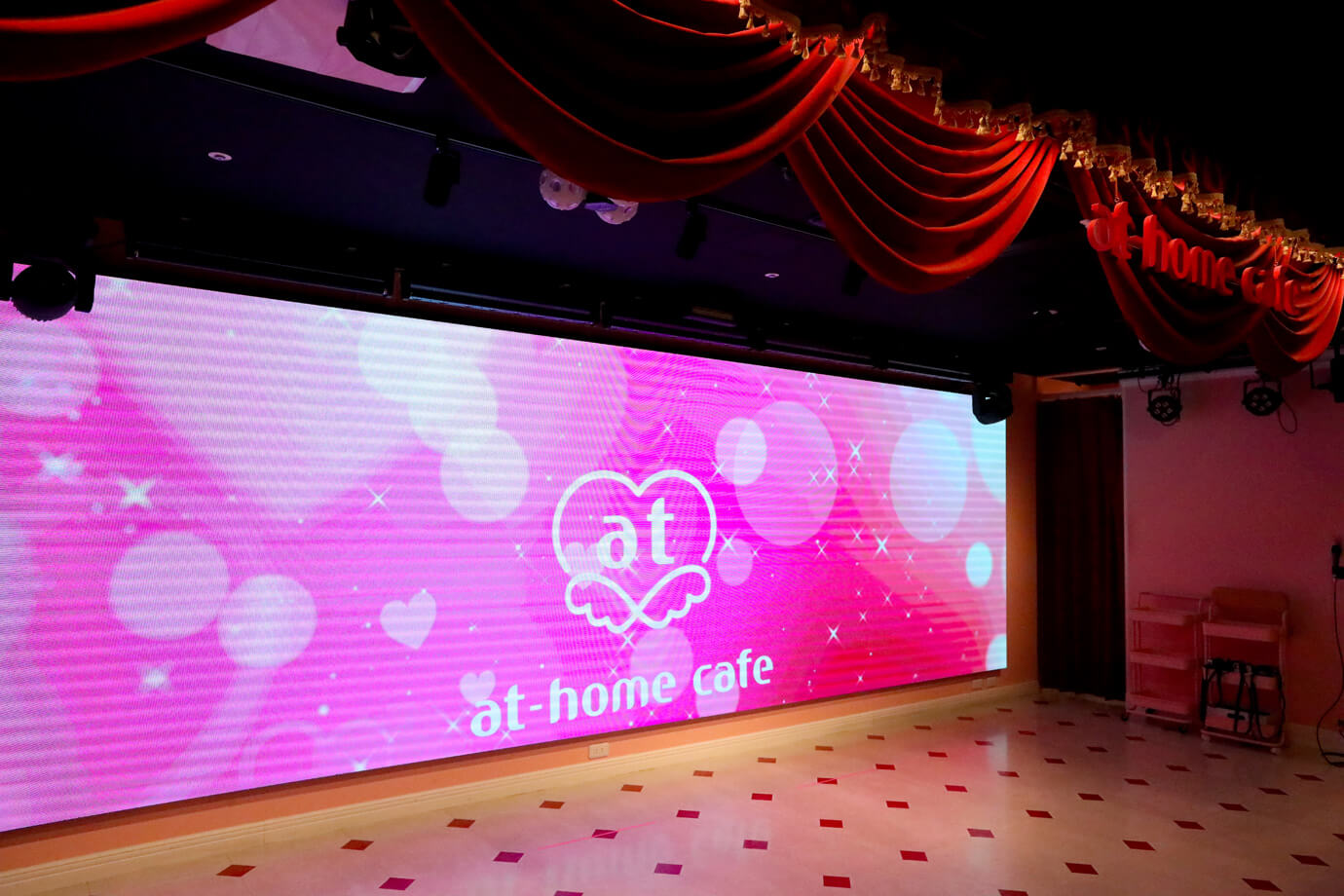
There is a stage in the cafe, where special performances by the maids are held. Counter seats are lined up facing the stage, and surprisingly, many female customers come alone.
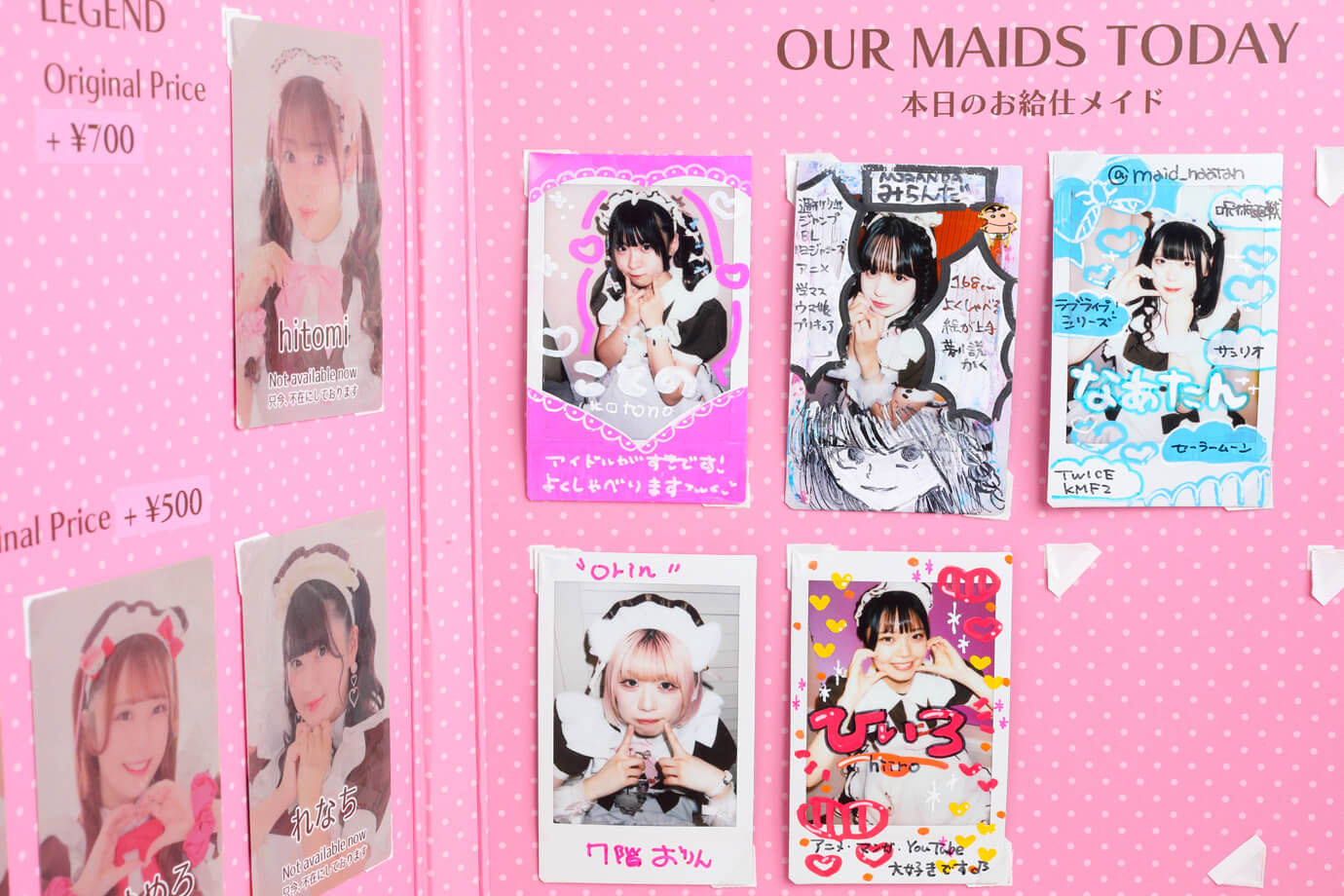
Postcard photos and polaroid shots show the maids at the cafe today. You are lucky if you get to meet a premium maid.
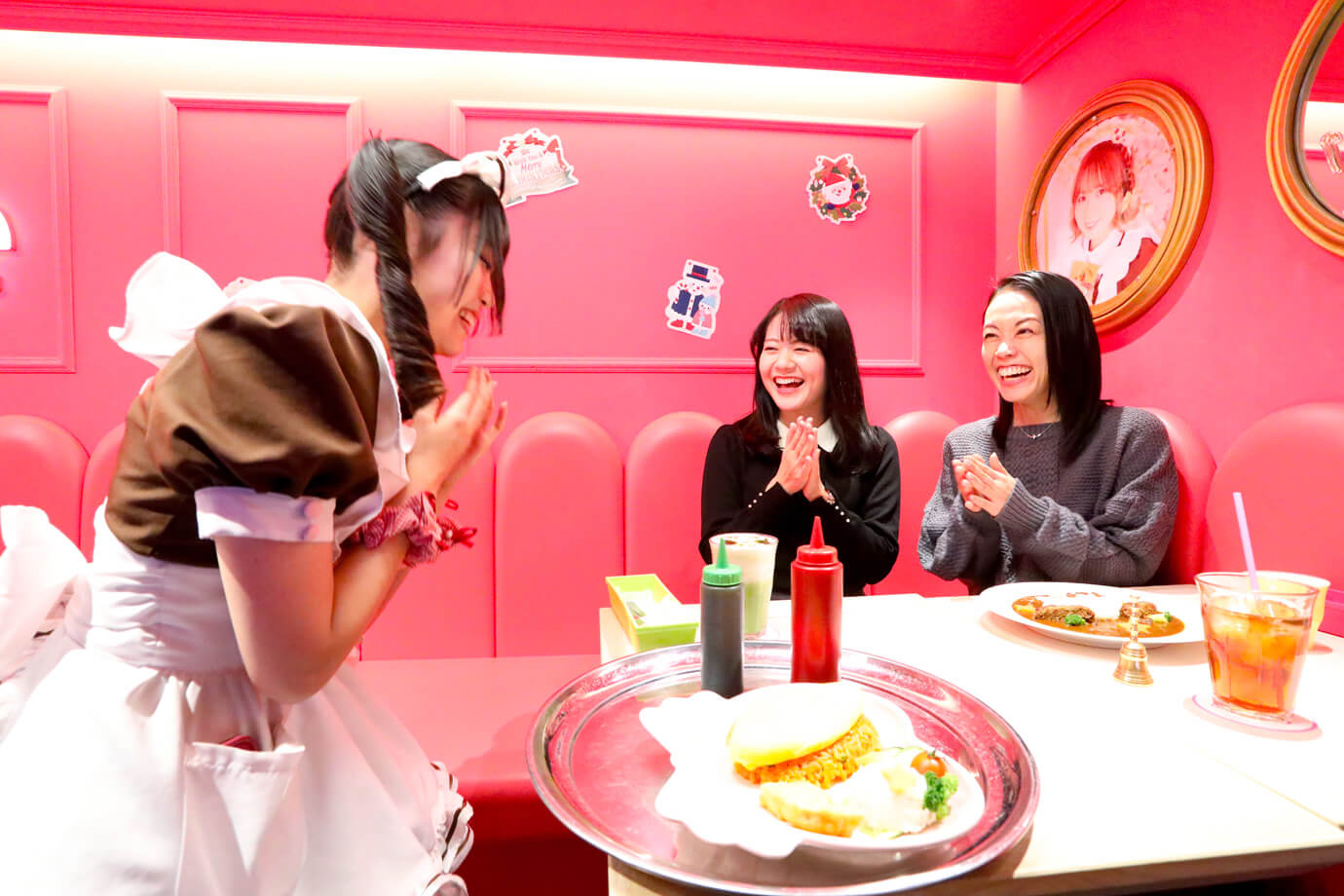
The maid who took care of us was Hiiro-san, who says she flew in on a brush from Doodle Land. She said she is good at drawing. Her bursting smile is adorable!
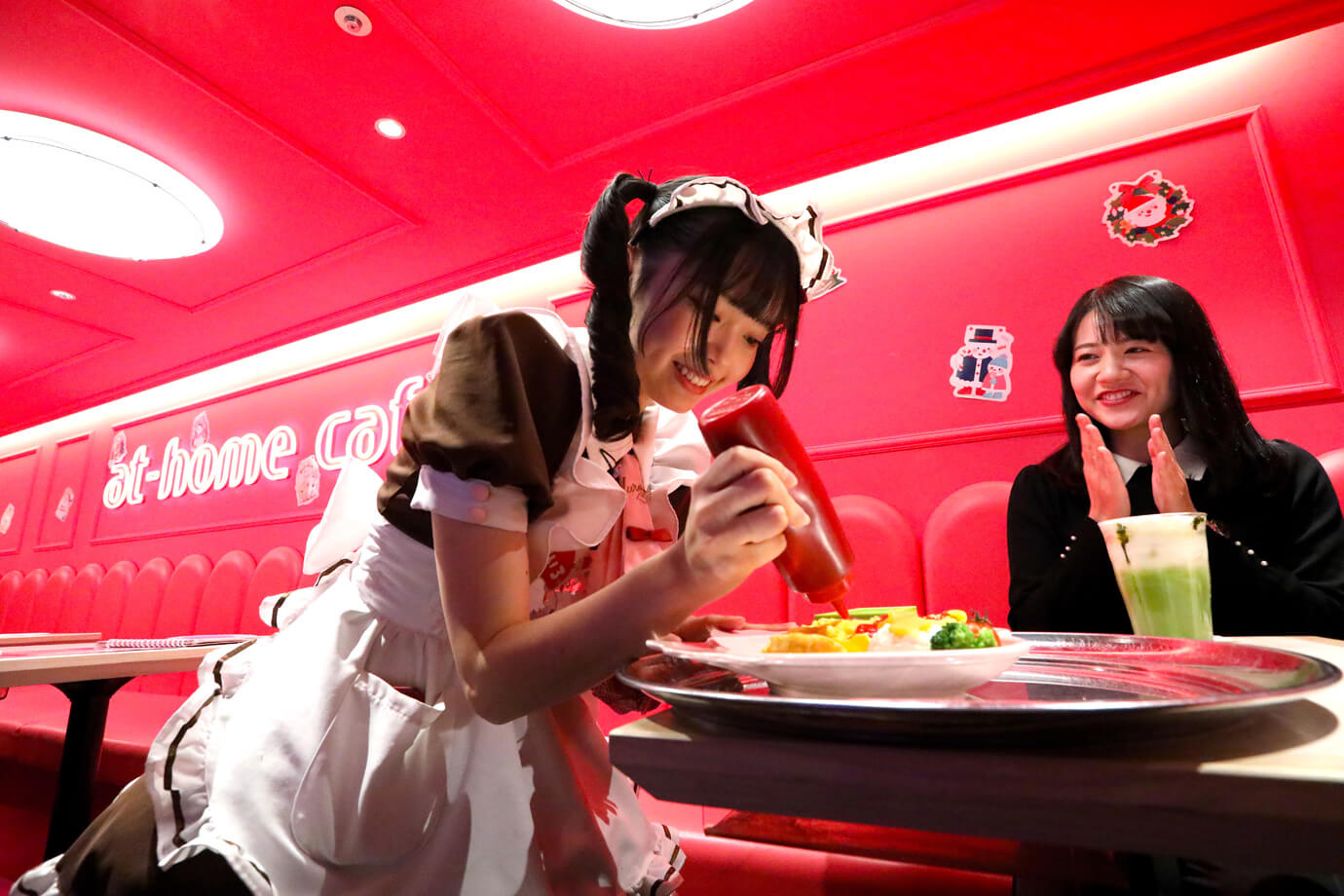
Menu items and beverages tagged with “Maid Drawing” come with drawings by the maids. When I requested what I wanted drawn on my omelette rice, she quickly drew it with a smile.
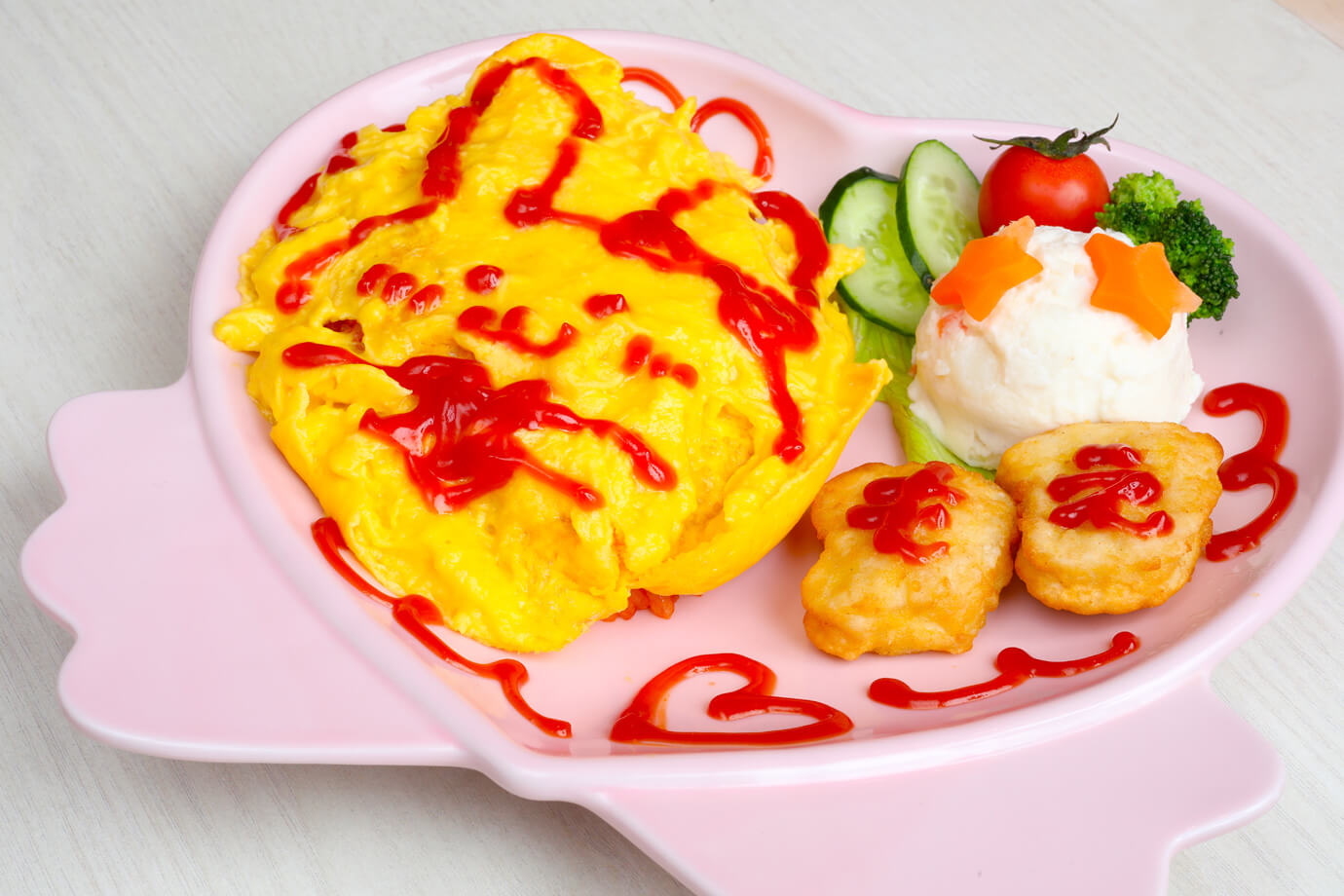
The completed Pipiyo Piyo-piyo♪ Hiyoko-san Omurice is 1120 yen. This omelette rice is the real deal, complete with fluffy eggs. It comes with nuggets and potato salad.
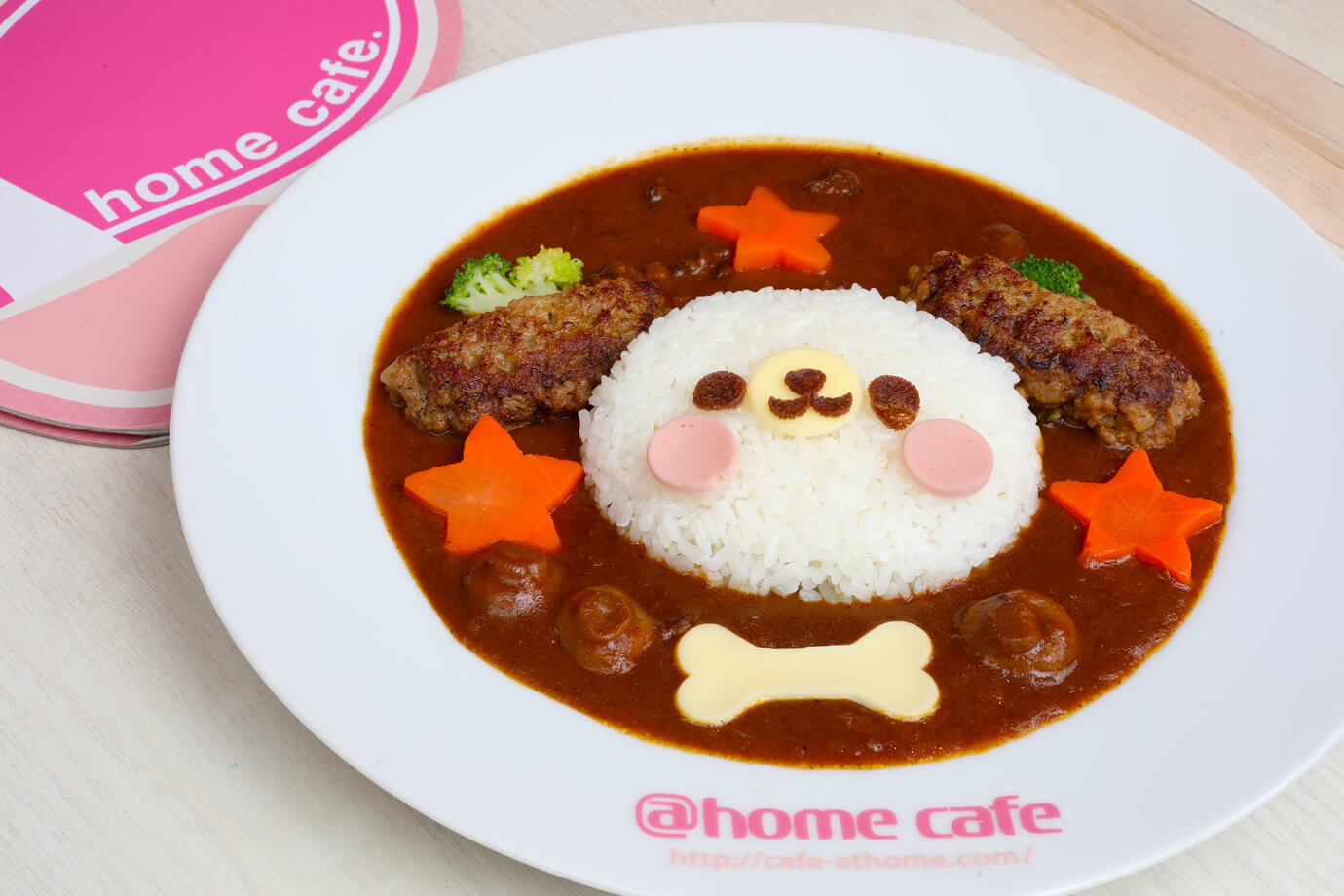
The Puppy Curry Rice for 1,120 yen offers amazing quality at a reasonable price! The puppy’s ears are hamburger steaks, and this fairy-tale-like curry is full of vegetables.
before the meal makes the food even tastier!
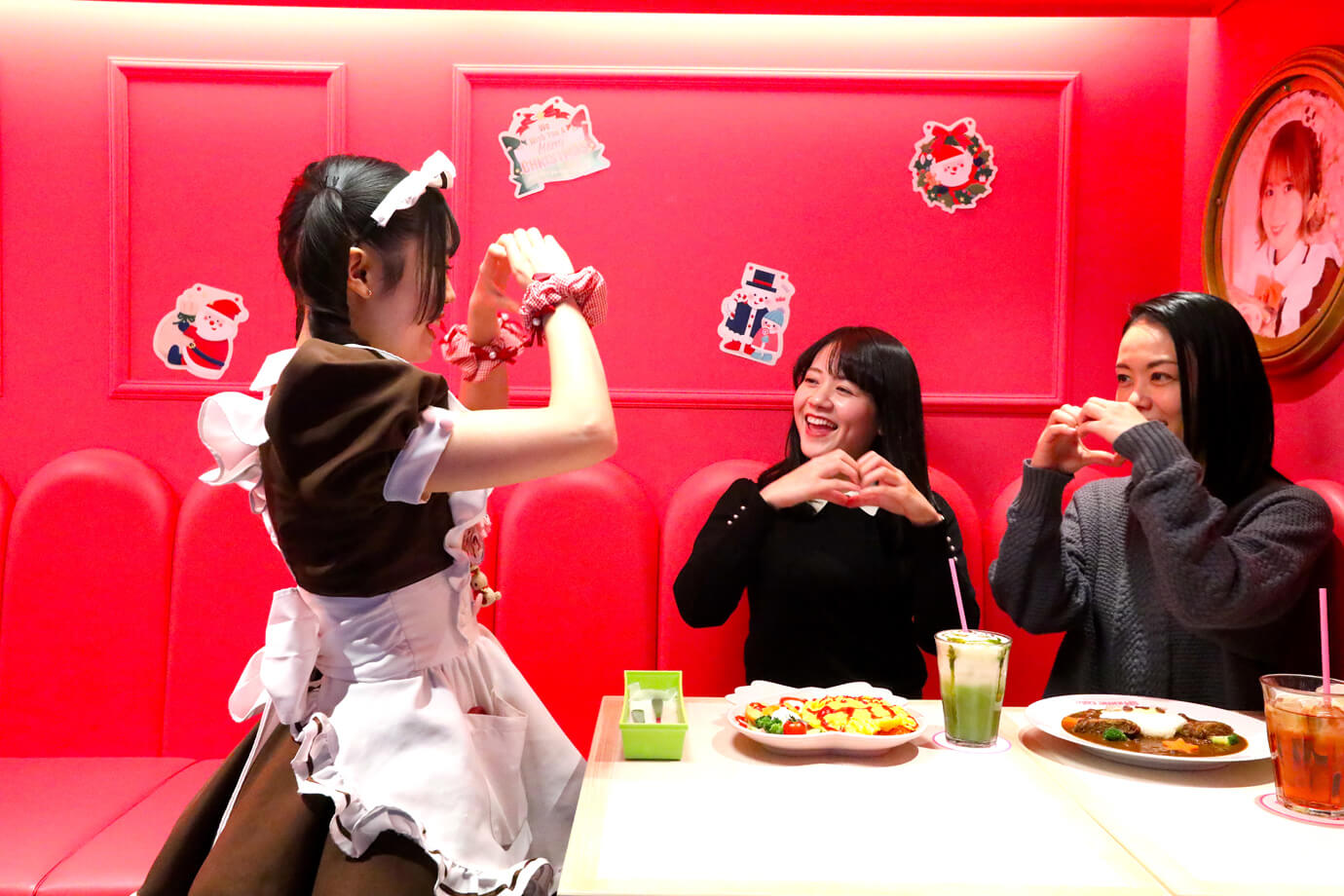
When the dishes are at our table, it is time for filling the food with love with the Aikome. We strike cute poses with the maid to make the food and beverages taste even better. “Moe moe kyun together, please? Moe moe!”
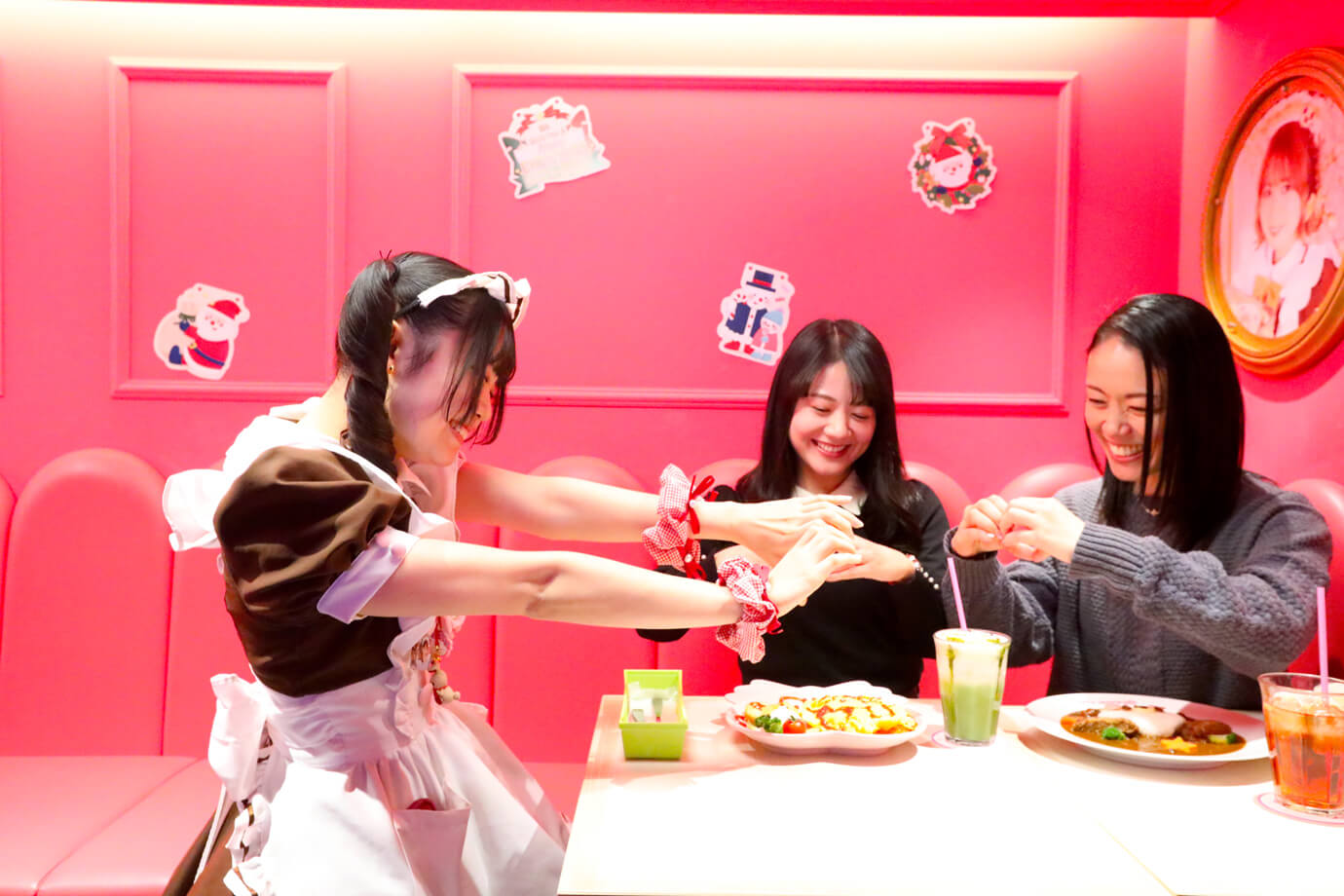
“Kyun!” “Kyun (hotel staff)!” Full of love, the food tastes absolutely perfect.
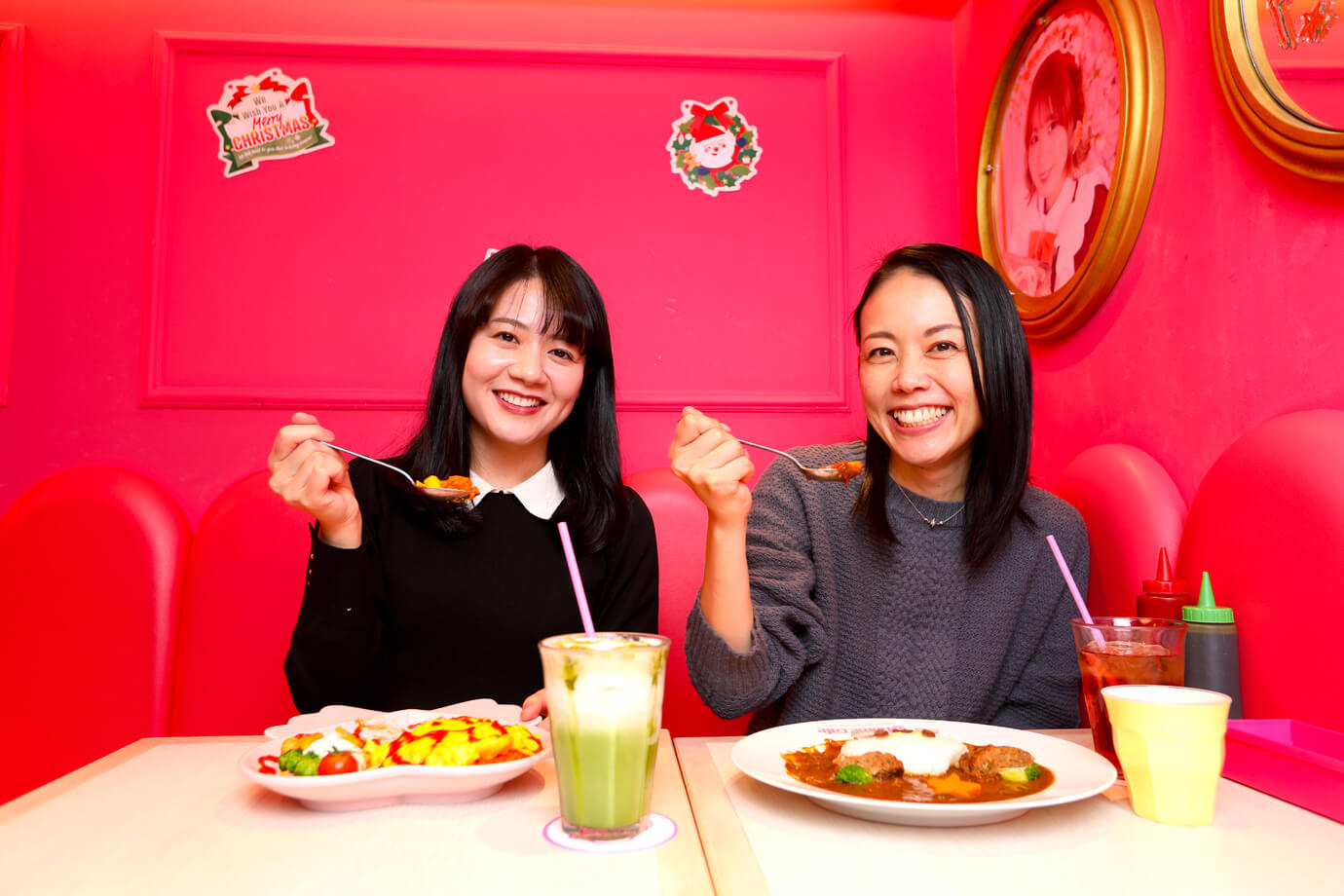
For our beverages, we ordered the Matcha Latte for 800 yen and Iced Tea 700 yen. The Matcha Latte also comes with a drawing by the maid.
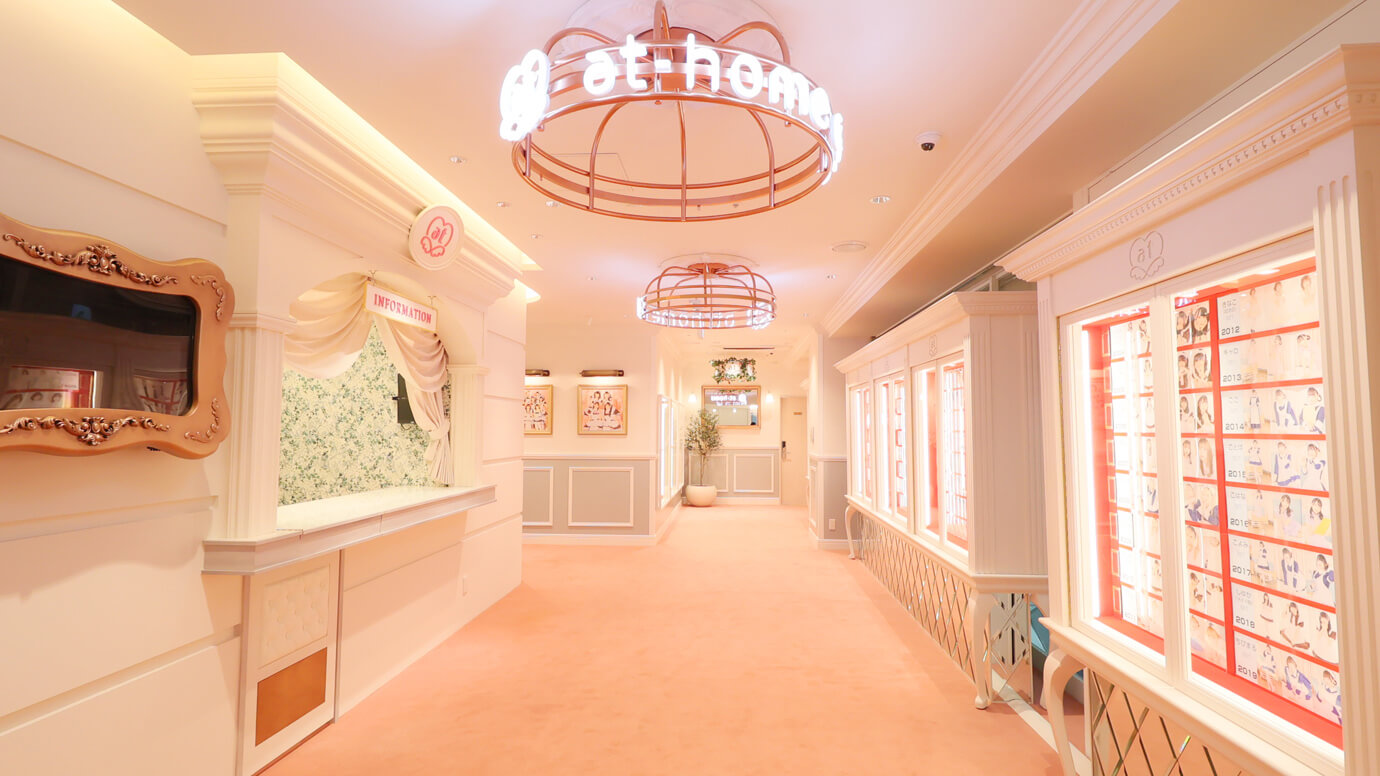
This is an extraordinary entertainment space where you can enjoy authentic cafe fare and performances by the maids. It is relatively easy to get a seat in the morning, making it a great place to enjoy lunch in Akihabara. Stop by and feel like a master/princess during your trip!
At-Home Cafe Akiba Cultures Zone
Address:5F Akiba Cultures Zone, 1-7-6 Soto-Kanda, Chiyoda-ku
Phone:050-3135-2091
Costs:780 yen admission (up to 1 hour, each customer must order one drink)
Hours:10:00 to 22:00 (last orders at 21:30)
Closed:Open every day
mAAch ecute Kanda Manseibashi
Tour the historical remnants of this former train station, boasting over 100 years of history
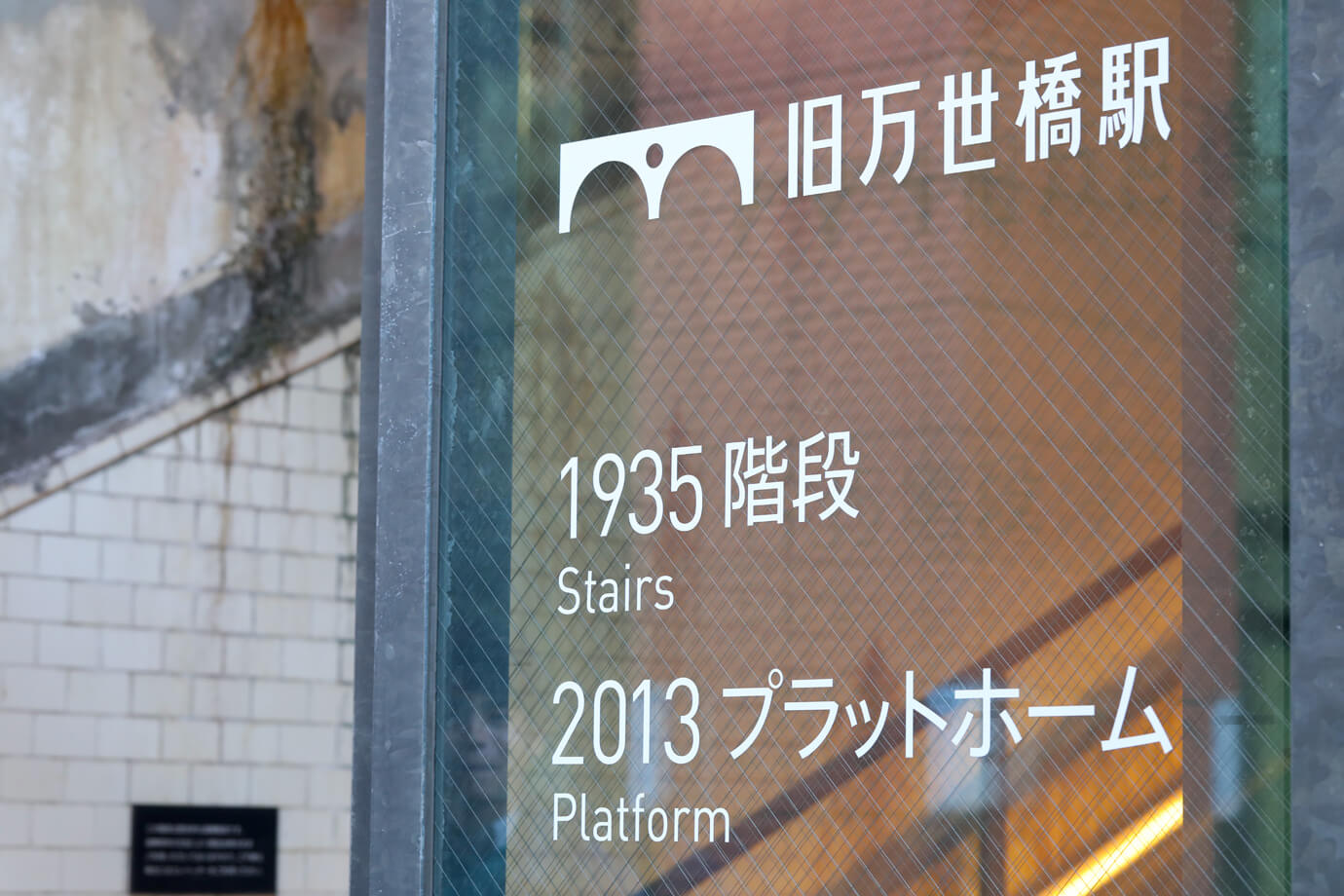
There used to be a Manseibashi Station between Kanda and Ochanomizu on the Chuo Line. The station building, built in 1912, flourished as a transfer terminal for Tokyo Toden streetcars. Service was suspended in 1943 due to a decline in the number of passengers. The mAAch ecute Kanda Manseibashi commercial facility was created by renovating the remnants of the former Manseibashi Station. We will tour the remnants of the former Manseibashi Station found within this bustling commercial center.
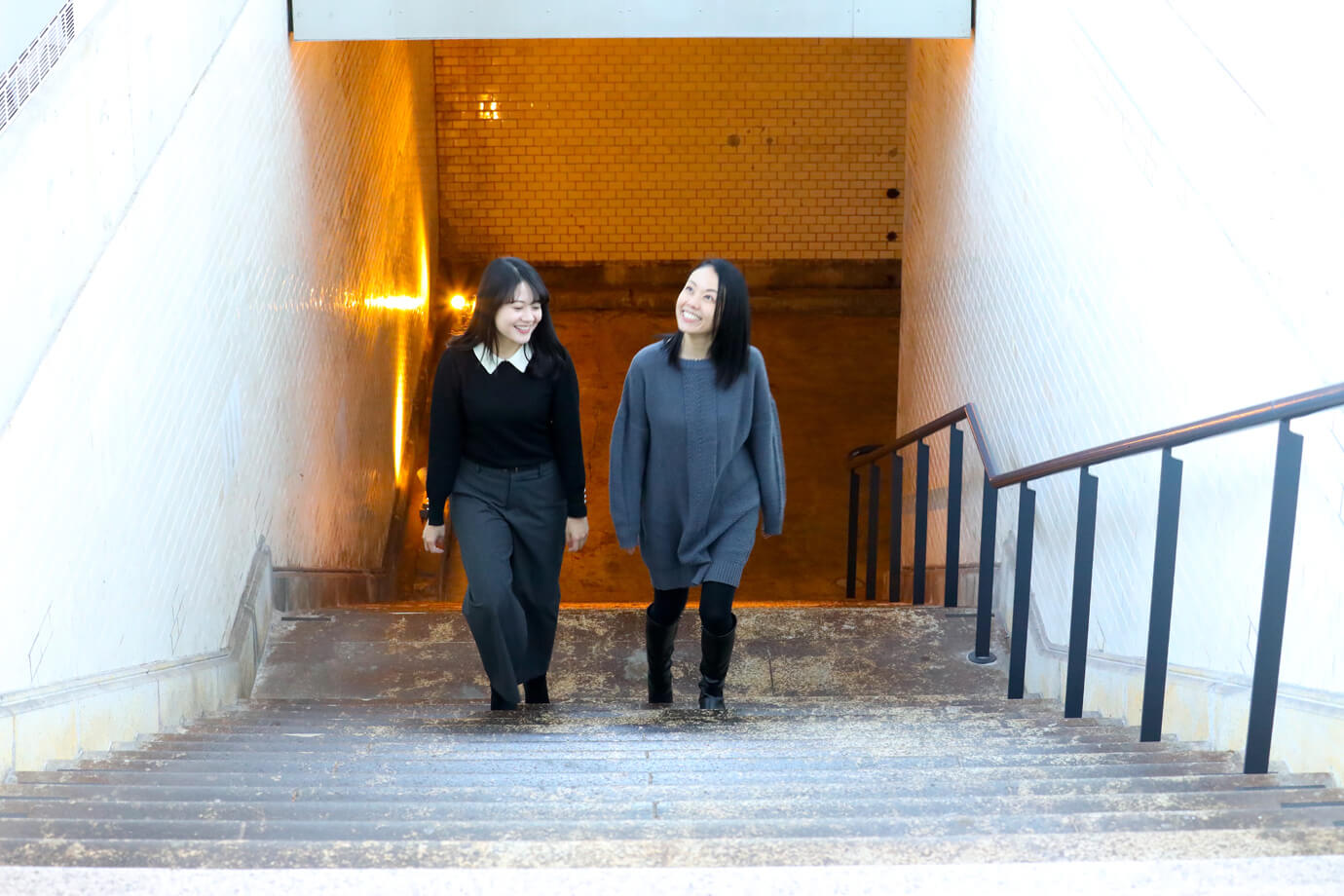
The 1912 Staircase was built when Manseibashi Station opened in 1912. The wall tiles are covered with a high-grade construction called beaded mortar joint for brick work. This work is also seen in the bricks of Tokyo Station.
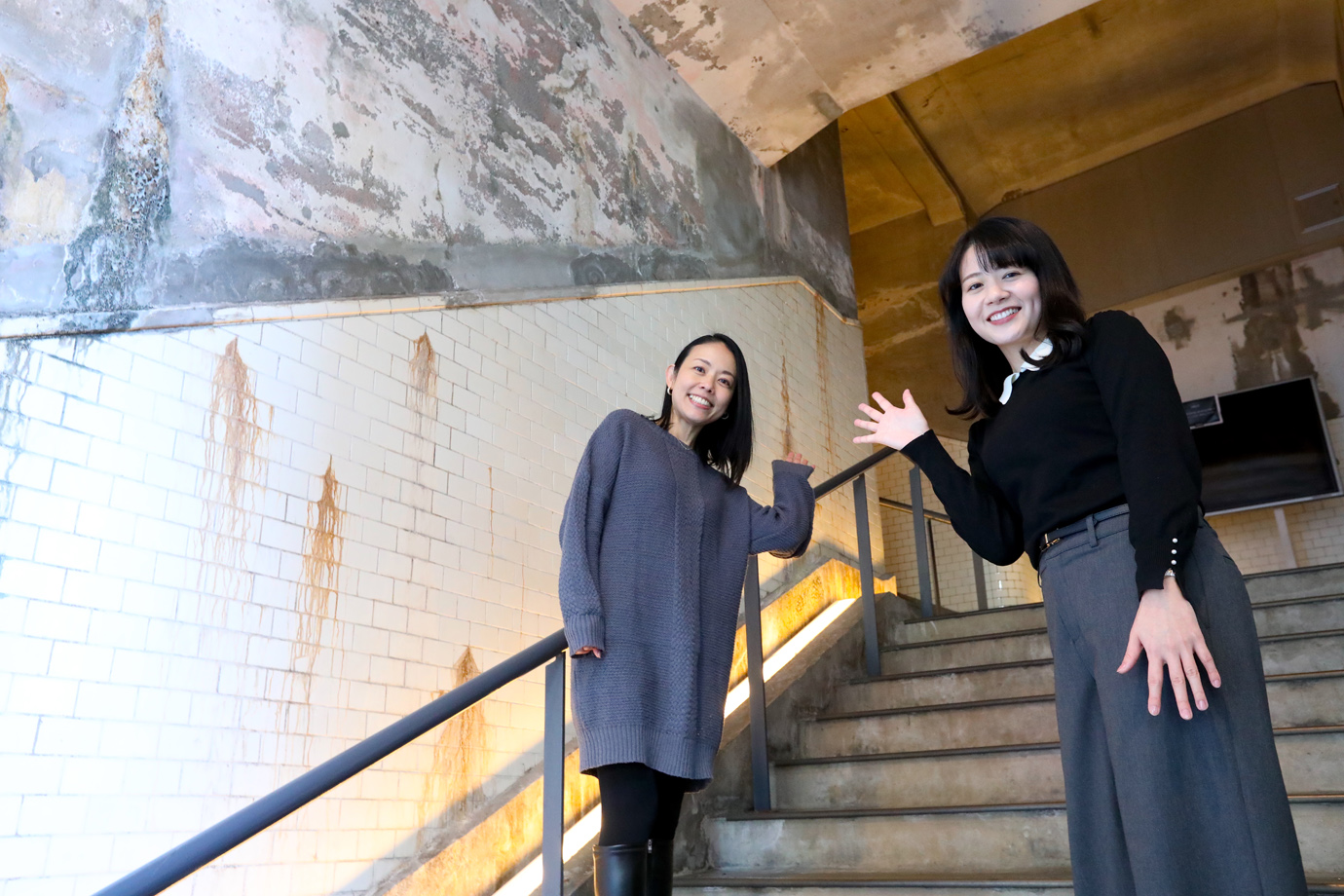
This is the 1935 Staircase installed in 1935. It was used as a station staircase until the station was closed in 1943.
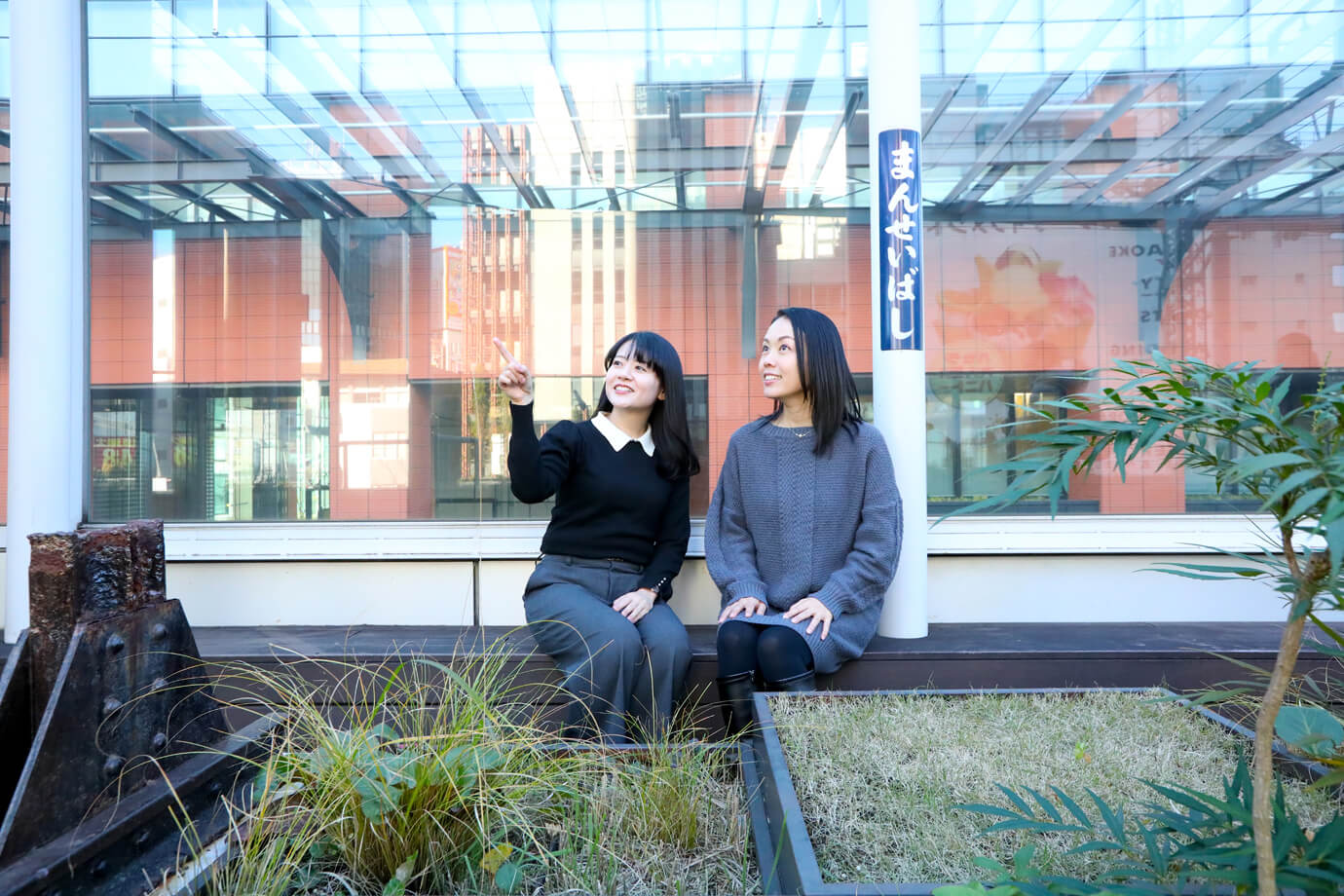
The 2013 Platform extends out at the top of the staircase. The platform built when the station opened in 1912 has been reborn as an observation deck. The perimeter of the deck is lined with glass, and the Chuo Line passes right in front of the deck.
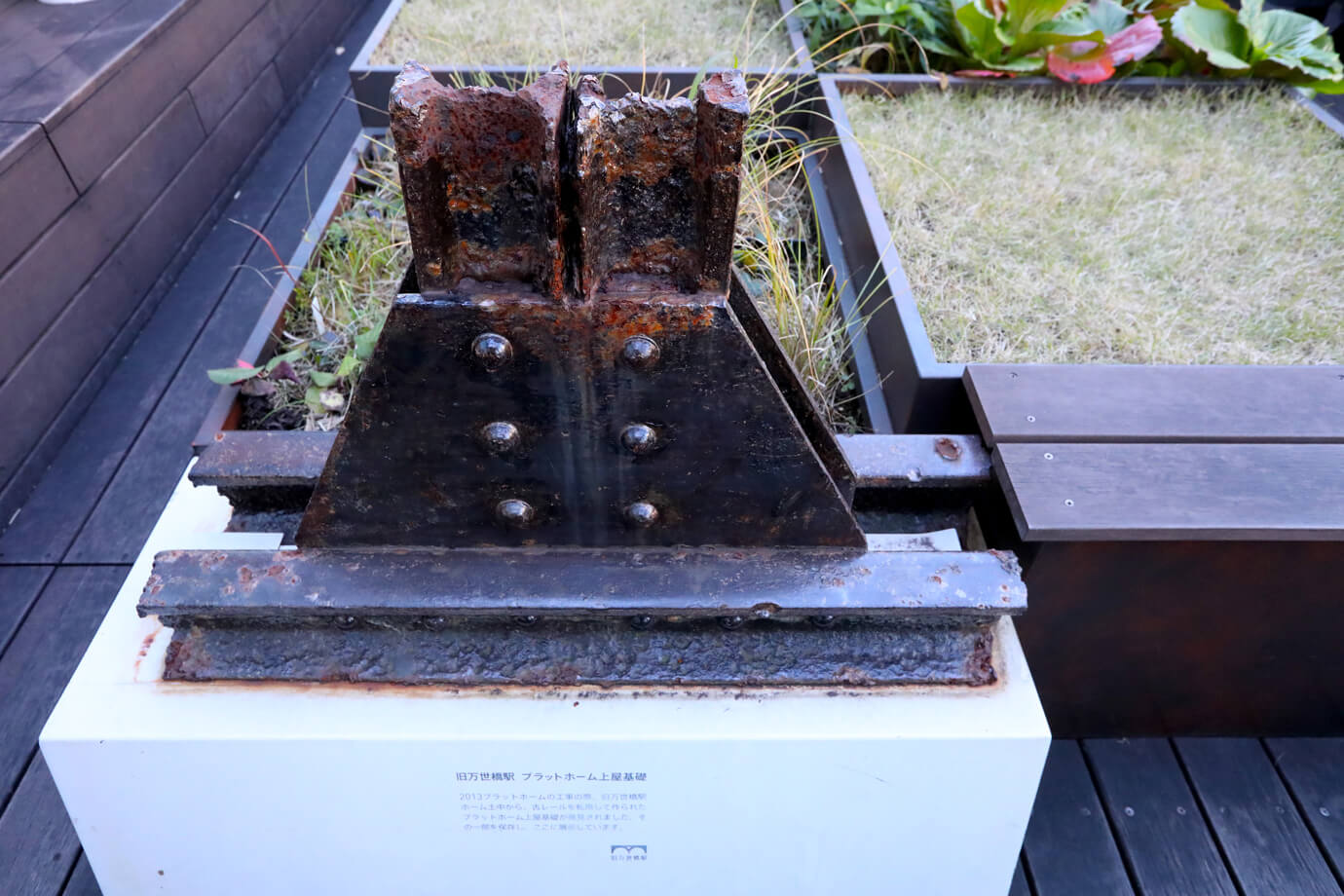
This is the Platform Roof Foundation on the observation deck. It was found in the ground during construction and was made by converting an old rail.
Travel back in time to the Taisho era with an elaborate diorama
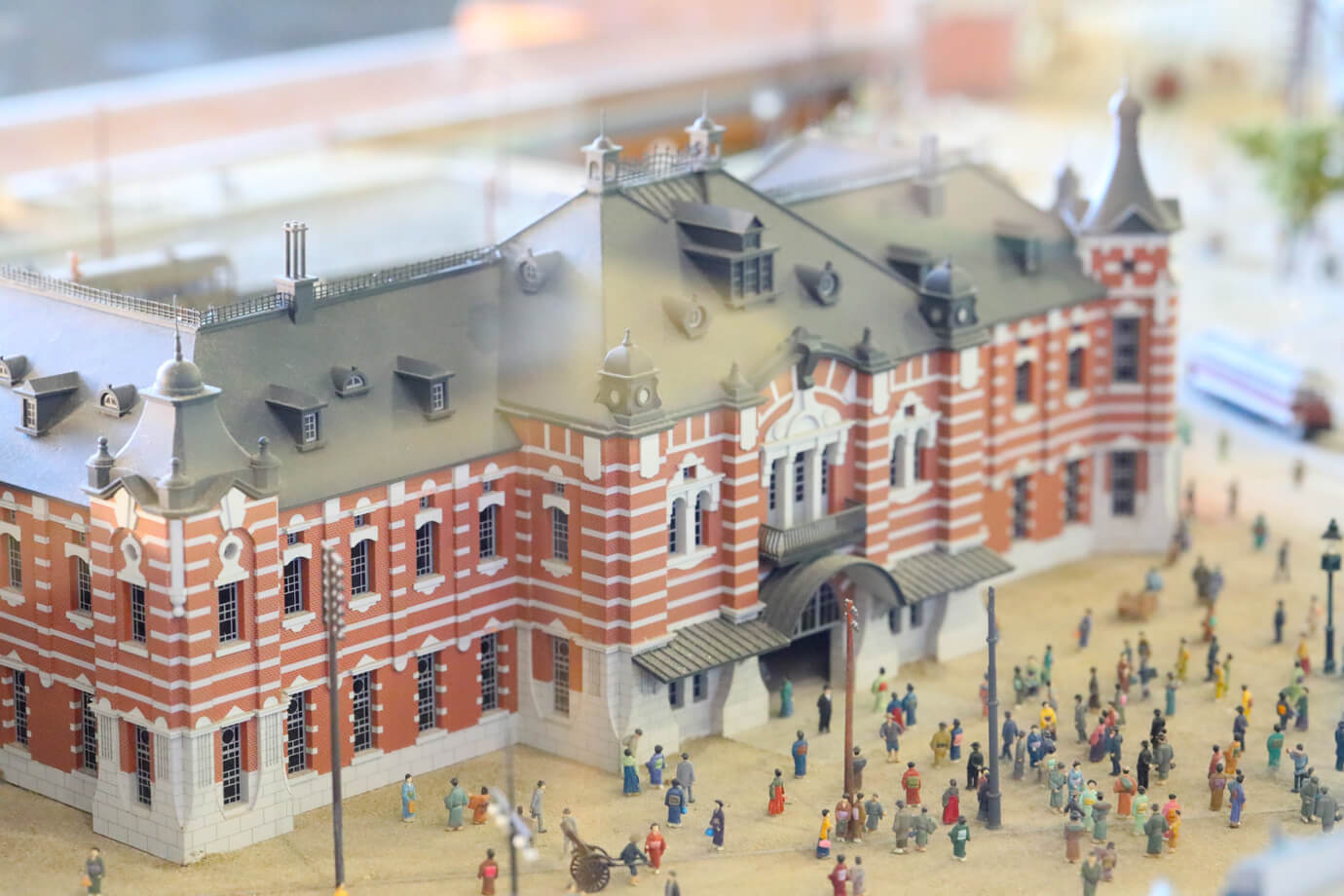
LIBRARY, located in mAAch ecute Kanda Manseibashi, introduces the history of the Manseibashi Station area. This is a diorama showing the Manseibashi Station in the early Taisho era.
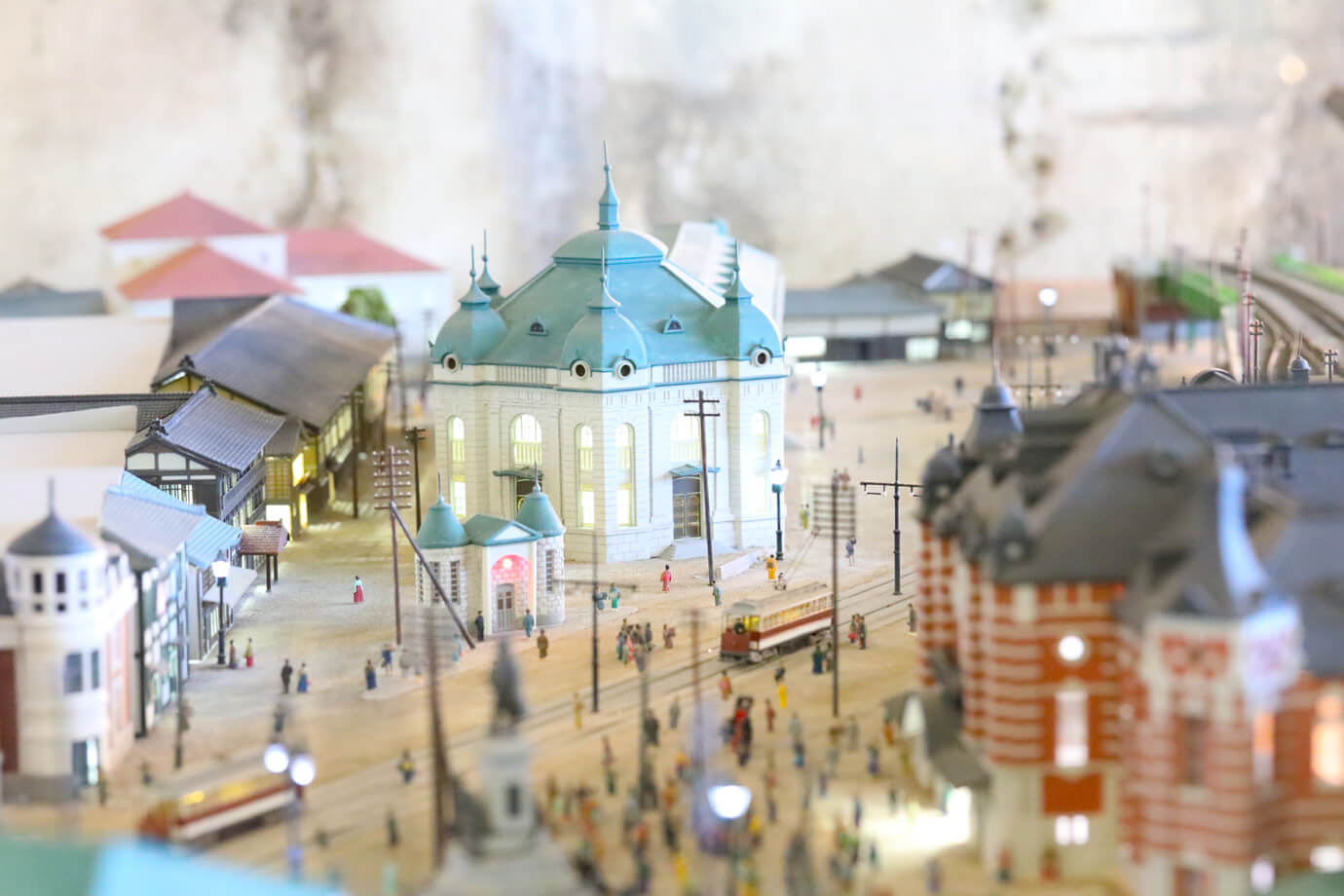
We can see people in kimonos coming and going around the station itself, showing that the area has been a bustling one for some time. In LIBRARY, you can also read books about Manseibashi and the surrounding area.
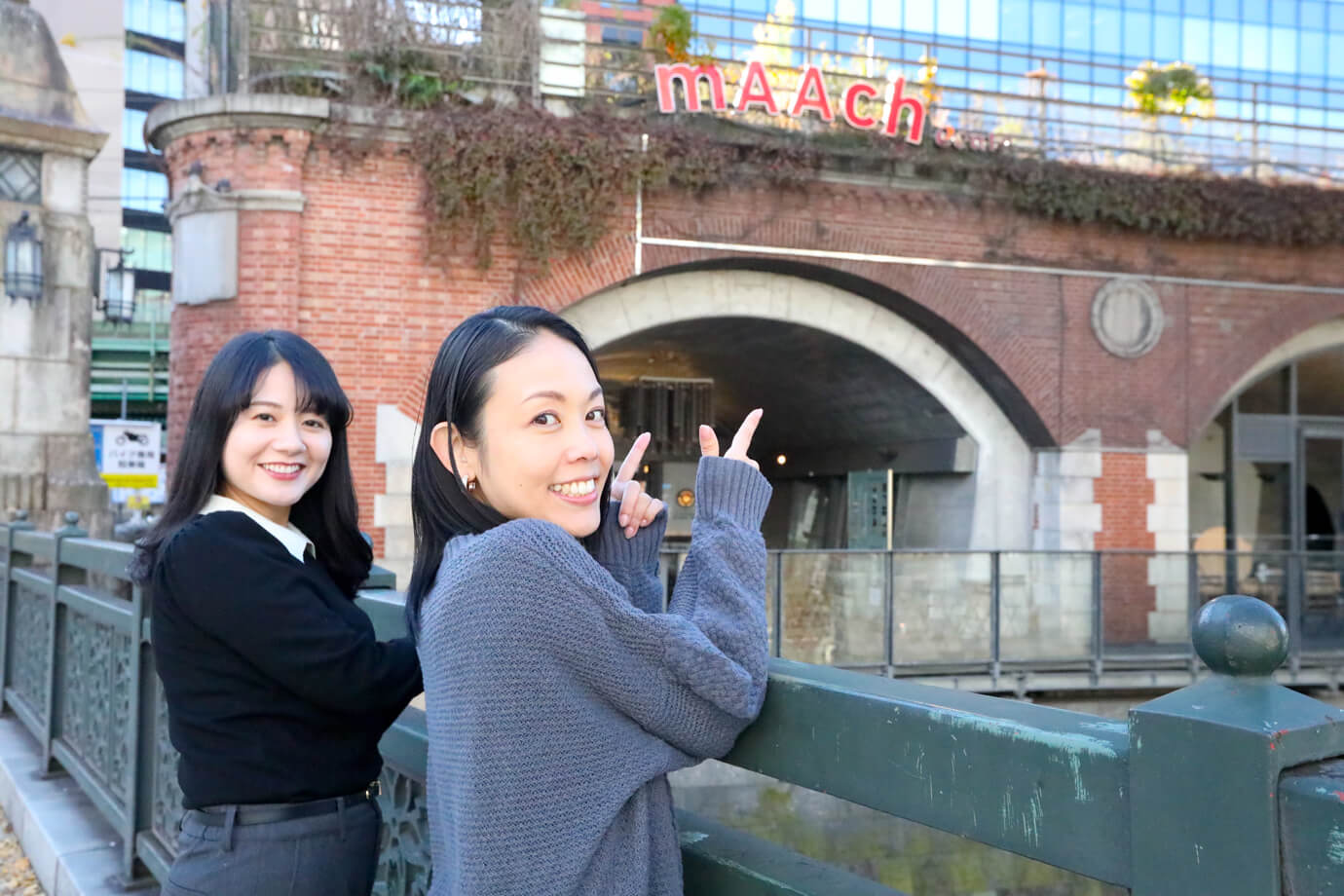
mAAch ecute Kanda Manseibashi as seen from the Manseibashi bridge over the Kanda River. Inside, the building is filled with galleries, cafes, and other stylish stores, and the riverside deck facing the Kanda River can be used as a rest area. This is a magical spot to enjoy a historical walk while out shopping. We also recommend it to train fanatics.
mAAch ecute Kanda Manseibashi
Address:1-25-4 Kanda Sudacho, Chiyoda-ku, Tokyo
Hours:11:00 to 22:00 for the 1912 Staircase, 1935 Staircase, and Platform (Sunday and national holidays: 11:00 to 20:30) 11:00 to 22:30 for the open deck (Sunday and national holidays: 11:00 to 20:30) *Open hours for stores vary by store
Closed:Closed about once a month (see website)
Kaiyodo Hobby Lobby Tokyo
Visit this Kaiyodo satellite shop, a leader in Japan’s figure culture
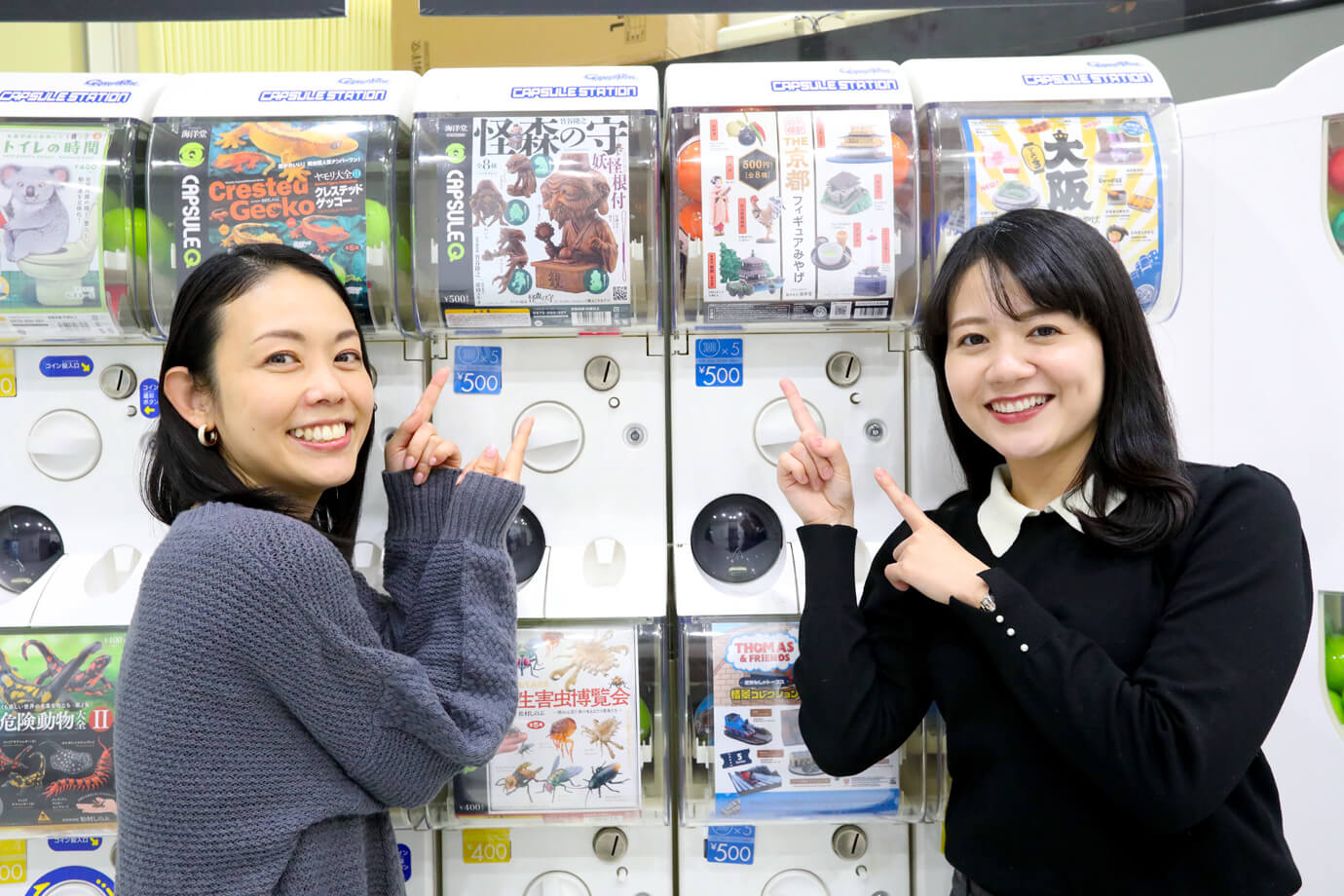
Kaiyodo is a pioneer and the largest figure manufacturer in Japan, and its realistic and dynamic figures are always the talk of the town. Kaiyodo’s satellite shop is located on the fifth floor of Akihabara Radio Kaikan.
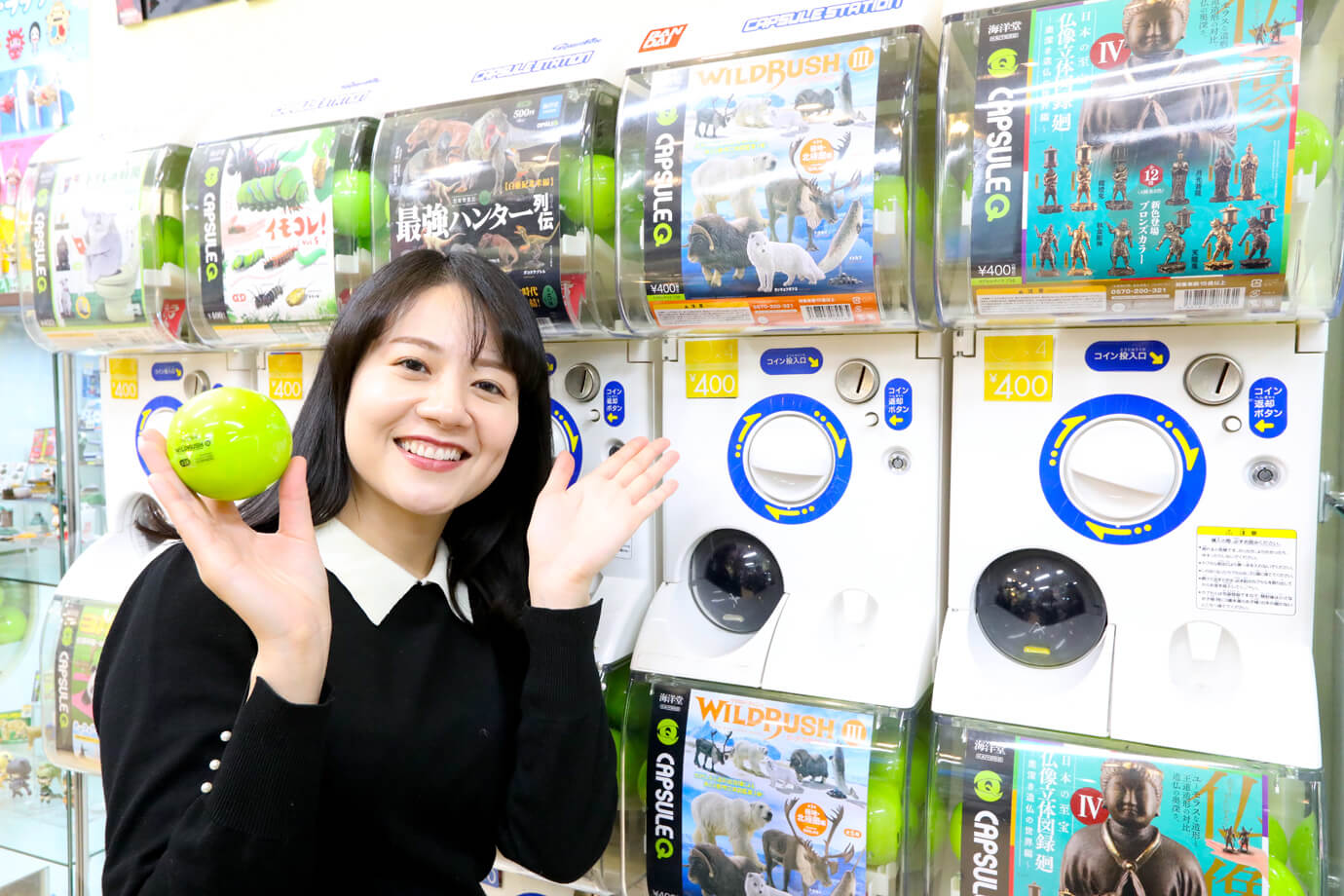
A wide variety of capsule toy figures are sold in the store. The diverse lineup includes realistic animals, insects, tanks, the recently popular Myaku-Myaku, and products made in collaboration with anime series.
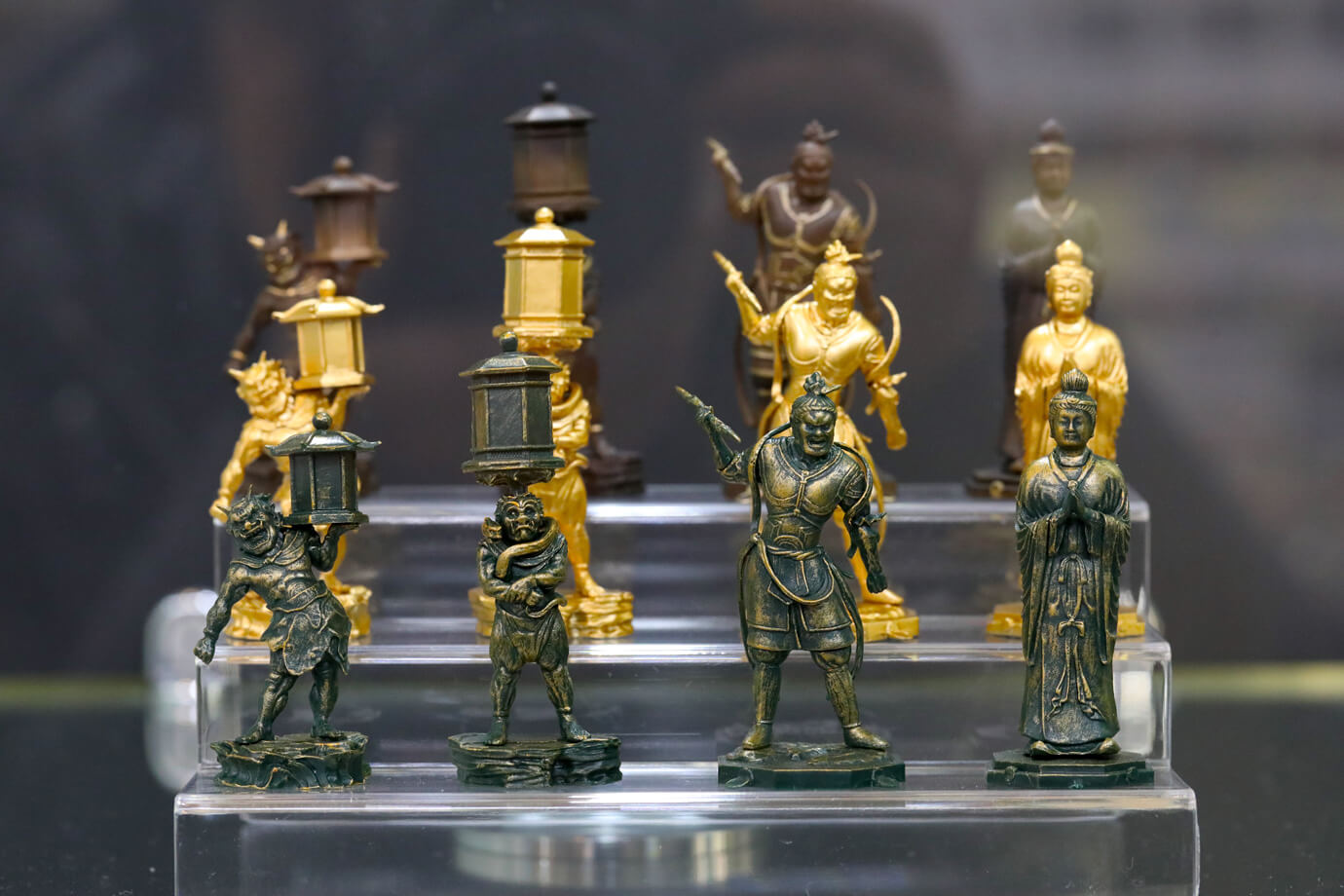
Buddha statue capsule toy figures are popular among foreign tourists.
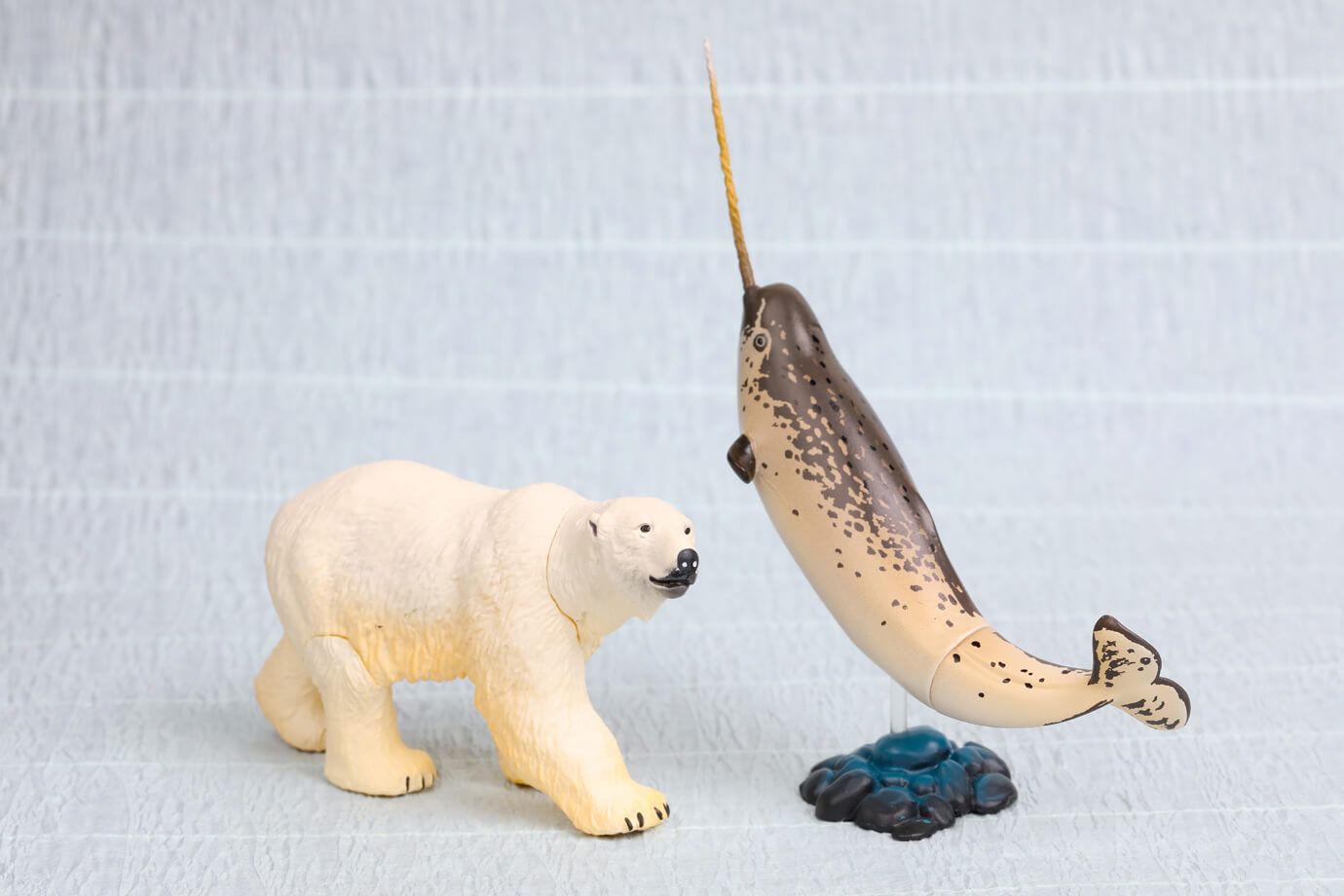
Under the general sculpting direction of Shinobu Matsumura, the WILD RUSH True World Animal Magazine series reproduces animal figures from around the world in high quality. From land animals like polar bears to ocean animals like narwhals, animals from different ecosystems come alive.
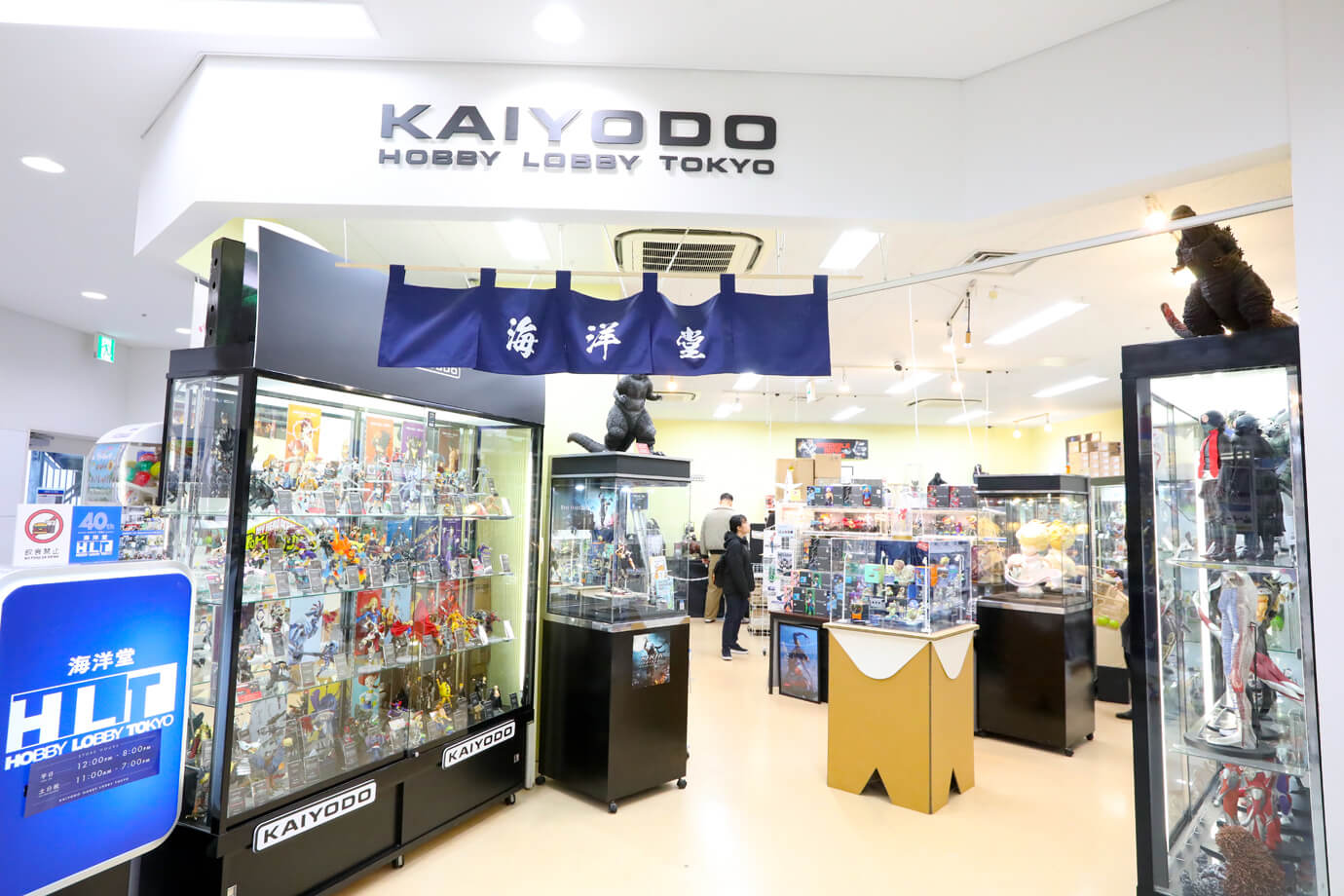
The showcase displays are filled with character figures from popular movies and anime. We recommend beginners start with capsule toy figures to experience the world of Kaiyodo figures, which are highly acclaimed both in Japan and abroad.
Kaiyodo Hobby Lobby Tokyo
Address:5F Akihabara Radio Kaikan, 1-15-16 Soto-Kanda, Chiyoda-ku
Phone:03-3253-1951
Hours:12:00 to 20:00 (Saturdays, Sundays, and national holidays: 11:00 to 19:00)
Closed:Open every day
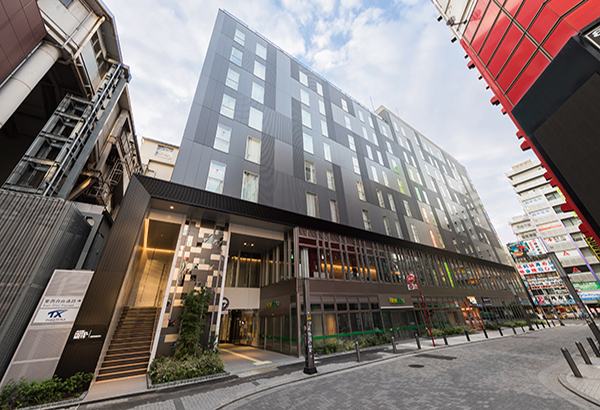
JR-East Hotel Mets Premier Akihabara
Akihabara in Tokyo is a crossroads where people visit for business and fun. JR-East Hotel Mets Premier Akihabara offers its guests a comfortable stay in this area, a place where people come together and new things, services, and cultures are born.
NotesOpenClose
*Information provided on this website is current as of December 2024. The featured facilities may change their fees, hours, days closed, menus, and other information after it has been published here, or they may be temporarily closed. Although every effort has been made to ensure the accuracy of the content on this website, including all times, fees, etc., we recommend that you contact the facility by phone or other means to get further information or make a reservation in advance. We will not be held liable for any damage in connection with the content of this website.
*All charges and fees shown on this website include consumption tax and were current at the time the information about them was collected. Facilities that offer dine-in and/or takeout services are so noted in the articles. Charges and fees are subject to change.
*Facility schedules do not reflect closures during the year-end/New Year holidays, Bon festival, and Golden Week as well as temporary closures unless specified by the respective facilities featured on this website.
*Operating hours shown on this website are generally the hours from opening to closing unless otherwise specifically noted. Last orders and entries are usually accepted 30 minutes to 1 hour before closing.
SHARE
